1/18 scale Instytucie Szybownictwa IS-A Salamandra
Nereden Yazdýrýldýđý: ModelSitesi
Kategori: Plastik Modeller
Forum Adý: Tayyareler
Forum Tanýmlamasý: Uçabilen hersey hakkinda bilgi alisverisi alani
URL: www.modelsitesi.com/forum2/forum_posts.asp?TID=8092
Tarih: 05/11/2025 Saat 00:09
Program Versiyonu: Web Wiz Forums 8.04 - http://www.webwizforums.com
Konu: 1/18 scale Instytucie Szybownictwa IS-A Salamandra
Mesajý Yazan: Nick_Karatzides
Konu: 1/18 scale Instytucie Szybownictwa IS-A Salamandra
Mesaj Tarihi: 06/06/2013 Saat 22:41
|
The text following is to describe the 1/18 scale Instytucie Szybownictwa IS-A Salamandra 53 (1953 version) glider model building, as produced by aviation factories throughout Poland. 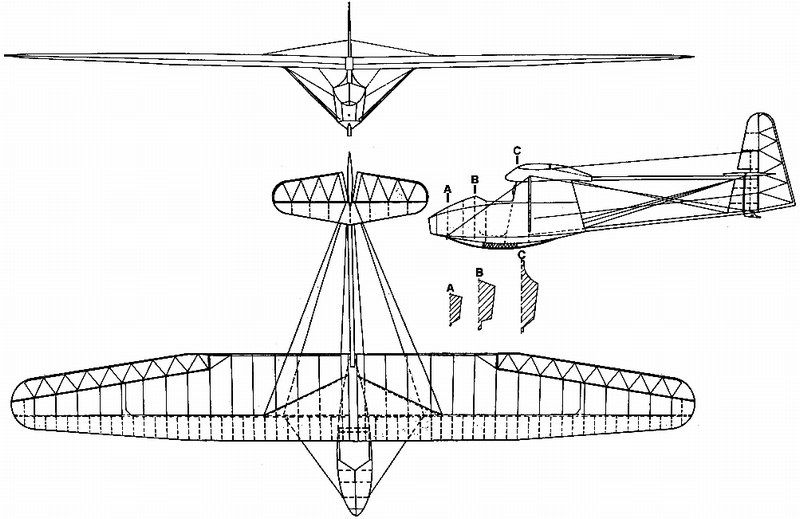

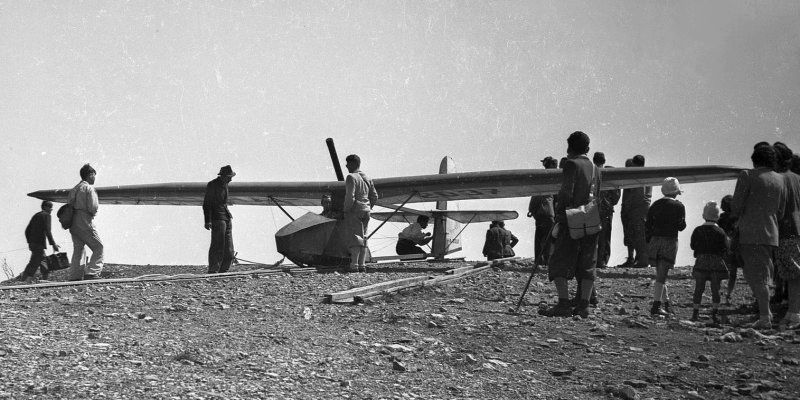 |
Cevaplar:
Mesajý Yazan: Nick_Karatzides
Mesaj Tarihi: 06/06/2013 Saat 22:49
|
Spartans refused to improve their long range weapons, because they always wanted to fight close to their opponent. That's why they had short length swords aka “xiphos”. Plutarch mentions in his "Lakonic Sayings" that when sometime an improved version of bow that could launch arrows farther to kill enemies from afar without risking presented to Spartan king Agesilaus, he replied: "Today the prowess died". This saying of the Spartan king Agesilaus came to my mind when I first heard about the 3D printers a few years ago and consider about the potential applications on scale modelling. For those who choose to deal with scratch building, the free access to 3D printer technology and the ability to create complete models or parts of a model using their home PC or laptop and CAD software rather building by hand, marks a new era in scale modelling. It is more than obvious that the time we spent to build from scratch using styrene sheet and X-Acto knife only, had ended and maybe in a few years there will be no more. It looks like "today, the scratch building died" On the other hand, we (as open minded scale modelers) could consider the 3D printing technology introduction into scale modelling and free access to the average modeller as an evolution in the hobby and a creative tool that helps us to build better and more realistic models. Certainly the new technologies and gadget tools in the hands of talented enthusiasts open new horizons and provide wide potentials on scale model building. If we had refused to take advantage of new tools, new incoming materials & resources offered by technology so far, we would never use airbrushes & air compressors for paint applying, we would never use pigments for weathering effects, we would never use new style micro tools & drilling devices, we would never use internet for know-how sources accessing and we would never exchange opinions through this forum. Having all the above in mind, I named the CAD & 3D printing as a “new tool in my pocket” (instead of “cheating”) from now on and I’ll try to discover all possible alternative ways that could be used for best results. The modern scale modeller, except being a creative builder & talented painter, should also be familiar with other scientific fields such as:
...so, why not adding the CAD - Computer Aided Design & 3D printing skills? For those who might rush to say that this project is not a "scratch build", because the model did not actually "built by bare hands", I would answer as follows: Try to build your next model...
What I’m trying here to say is that, just because it seems nearly impossible to imagine our hobby without the above stuff, just because the combination of "tools" plus "talent" plus "creativity" equals great building results, yes I believe that the 3D printing technology is actually in front of us and it will become a precious tool in hands of scale modeler. A new era is already here. Maybe, it’s about time for Spartan king Agesilaus, to reconsider his views.. ------------- |
Mesajý Yazan: Nick_Karatzides
Mesaj Tarihi: 06/06/2013 Saat 22:56
|
“WWS” is an abbreviation of "Wojskowe Warsztaty Szybowcowe" (meaning “Military Gliding Workshops” in Polish language), based in Krakow, Poland. Founded on 1935 by Waclaw Czerwinski who had taken over the management. The MRP-1 Salamandra project, was the first project which was created under his leadership. The Salamandra was a training glider, who had excellent flying characteristics, so that it was decided very quickly to take over in mass production in various workshops throughout Poland. Before the WWII, the Salamandra glider was also built under license in Yugoslavia and after 1943, the "Salamandra" was also produced in Romania. After the WWII, the production started again with a re-engineered version made from the “IS” which is an abbreviation of “Instytucie Szybownictwa (meaning “Gliding Institute” in Polish language), under the name Warszawa IS-A Salamandra. During the 1950ies, the Salamandra glider has been built in China, where a two-seater version was also created. Around 500 Salamandra gliders have been built around the World, up to date. 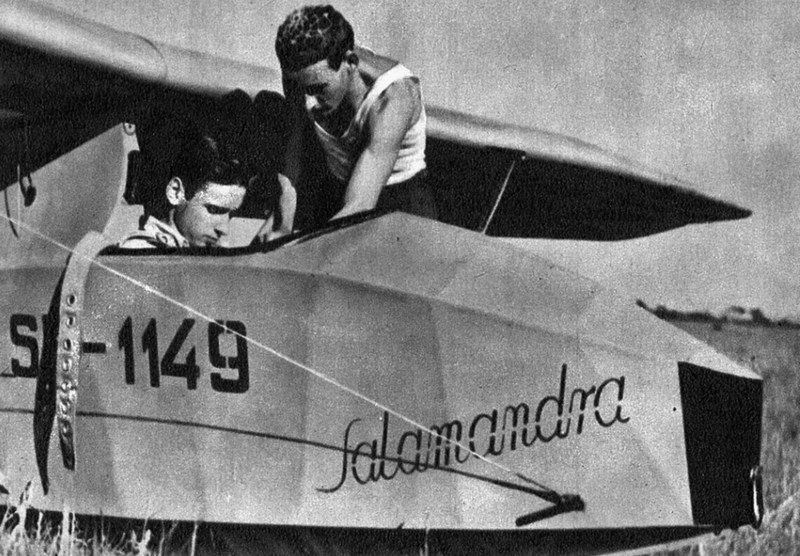
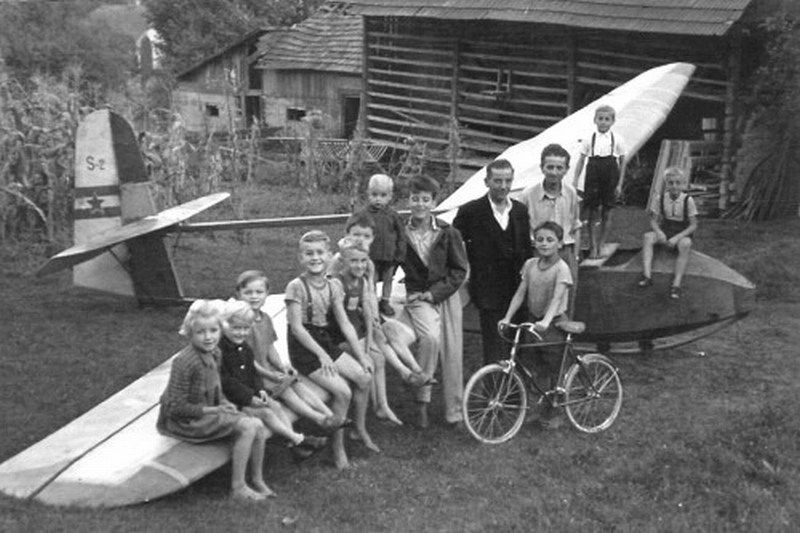
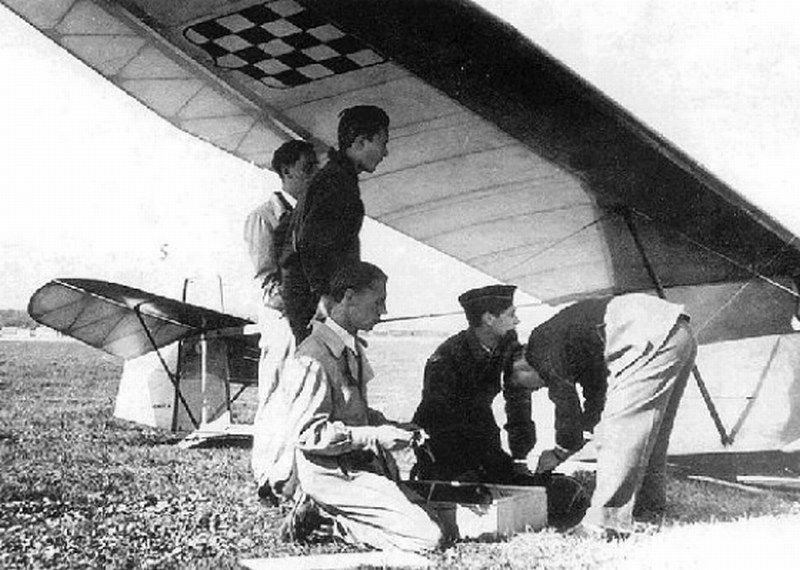 The glider was also known by nickname "Czuwaj" among the Hungarian Boy Scout Association, which was the Polish version of the standard Boy Scout motto. 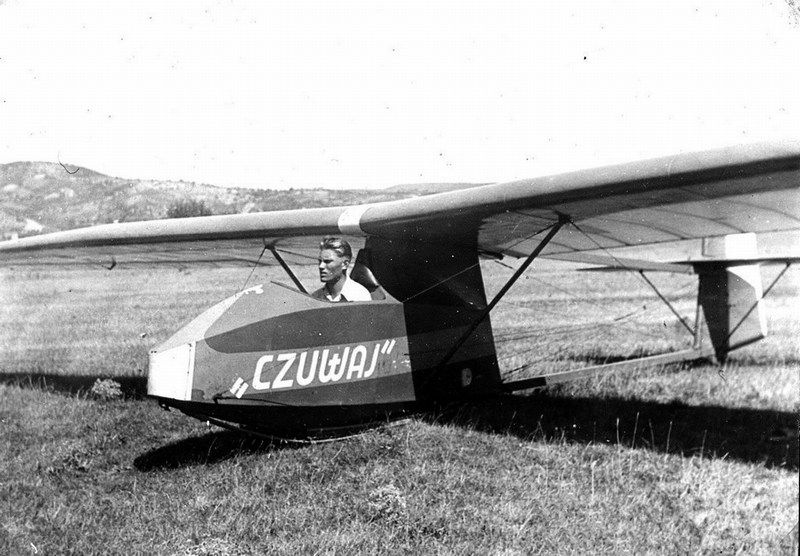 The WWS-1 Salamandra glider, also inspired the Finnish Pik-5 design. The Yugoslavian built version was developed by engineer Ivan Šoštarić in 1939 and built by UTVA Panćevo factory as “Šoštarić UTVA Čavka”. After the end of WWII, the Yugoslavian built “Čavka” model was widely used in Greece and became very popular among the glider aviators. Both Athens aeroclub based at Tatoi airfield and Edessa aeroclub based at Panagitsa airfield, used these gliders for young aviator training purposes. 
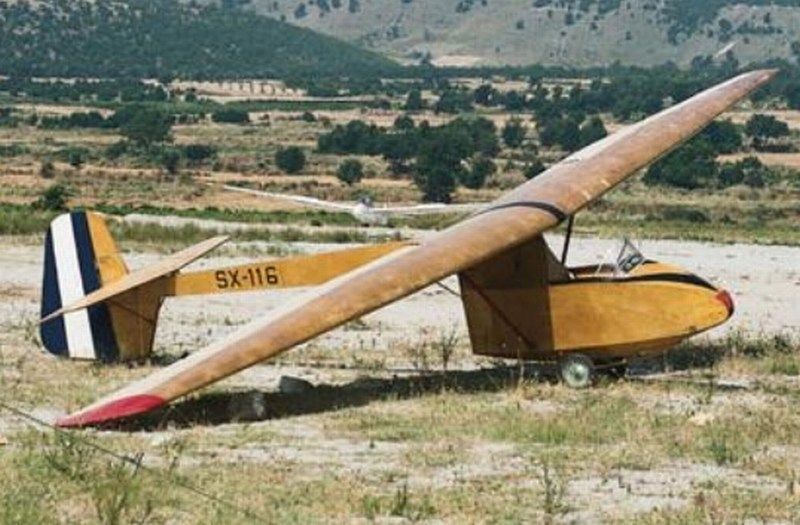 Construction of the Salamandra glider was entirely of wood with fabric covering on wings and tail unit. The fuselage consisted of a plywood covered nacelle for the single seat cockpit, with a wire-braced open strut rear fuselage supporting the cruciform style tail-unit. The high mounted wire braced wings were supported by struts from the bottom of the fuselage to approx 1/5 span. Later versions introduced windscreens and airbrakes in the wings. Wooden skids under the tail and fuselage nacelle comprised the undercariage. 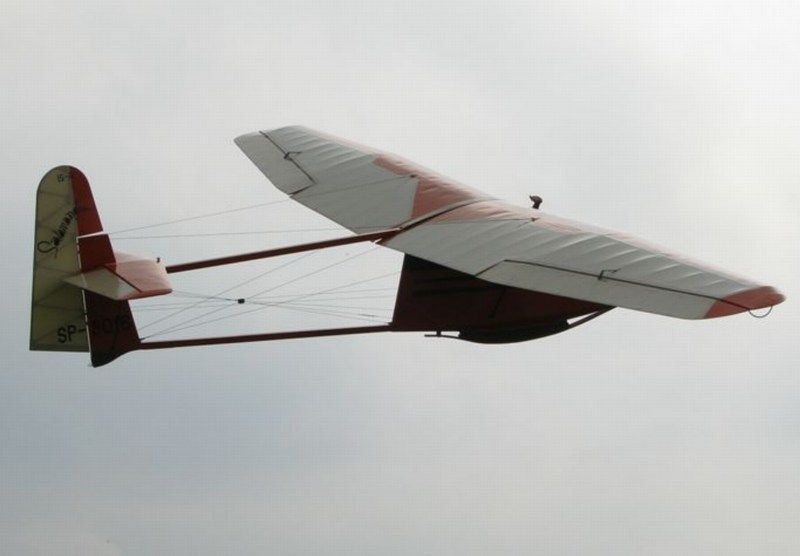

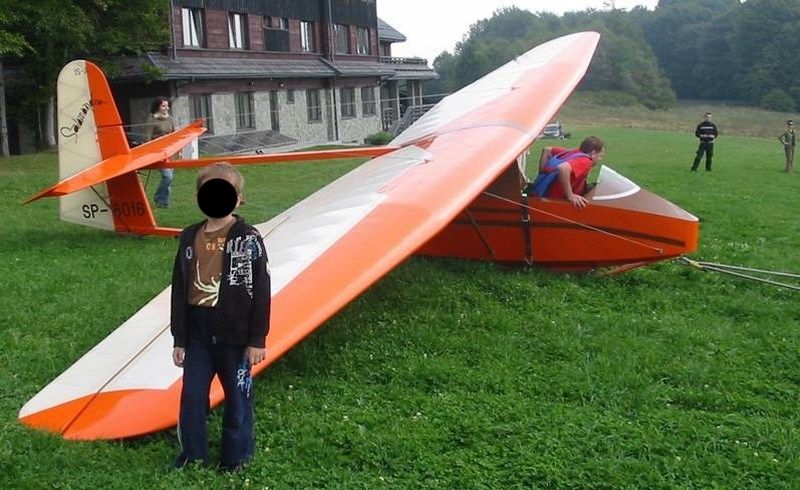
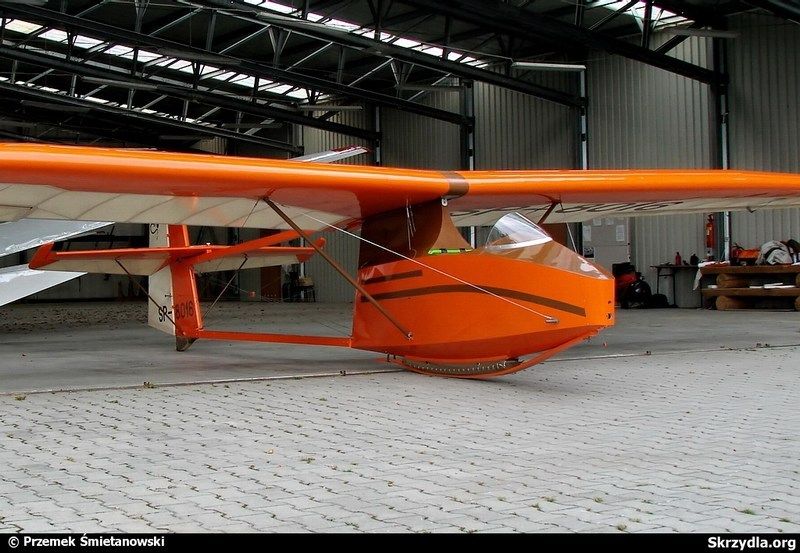 |
Mesajý Yazan: Nick_Karatzides
Mesaj Tarihi: 06/06/2013 Saat 23:02
The technical data & general characteristics are:
[*]Usage: Solo training glider, [*]Crew: 1 pilot, [*]Year of first construction: 1935, [*]Country of production: Poland, Yugoslavia, Romania, China, [*]Length: 21 ft 3 in (6.48 m), [*]Height: 7 ft 6 in (2.30 m), [*]Wing span: 40 ft 11 in (12.48 m.), [*]Wing area: 16.9 m˛ (182 ft˛), [*]Wing profile: Göttingen 378, [*]Aspect ratio: 9.2 / 1, [*]Empty weight: 309 lb (140 kg), [*]Gross weight: 496 lb (225 kg), [*]Maximum speed: 93 mph (150 km/h), [*]Stall speed: 24 mph (38.5 km/h), [*]Maximum glide ratio: 15.2 / 1 at 56 km/h (30 kts / 35 mph), [*]Rate of sink: 159.5 ft/min (0.81 m/s). 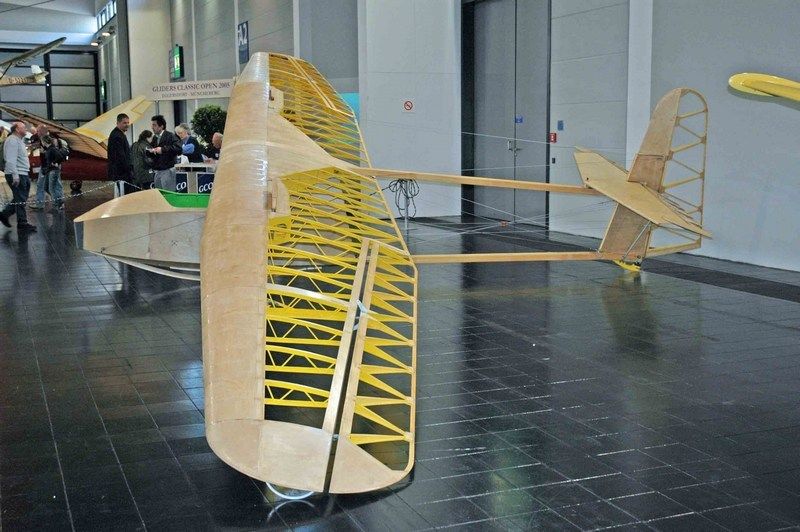 On 1967, Joseph Borzęcki converted a Salamandra to a motorized glider, equipped with a VolksWagen car engine 21 kW (28 hp) and named it "Cirrus". That specific motorized glider version, seemed very interesting to build under scale, but unfortunately I found out about it too late - I had already built the cabin and it was to risky to try convert the nose section in order house an engine. 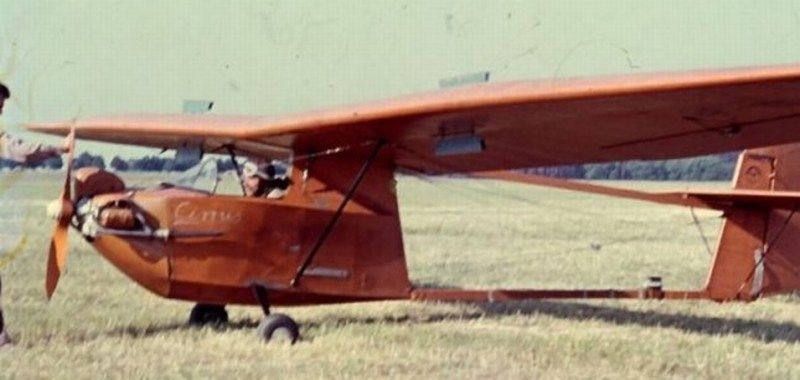 Most noticeable differences with the primary 1935 built WWS-1 model, are the presence of the retractable airbrakes on the upper side of wings and the squared tips of the elevator fins, as seen into following picture. 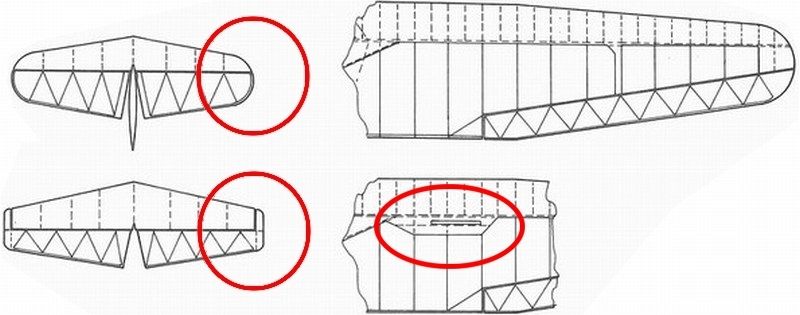 |
Mesajý Yazan: Ares
Mesaj Tarihi: 06/06/2013 Saat 23:05
|
3D printing on IMHO for a better surface result, a CNC; a DIY solution of mine, I think it'll be operational next week.
------------- Ares If you're in a fair fight, you didn't plan it properly... |
Mesajý Yazan: Nick_Karatzides
Mesaj Tarihi: 06/06/2013 Saat 23:07
|
Before start building a new scale model, I always try to study as much as possible the object of construction. If books, technical manuals and detailed walkaround photos are available, that will help a lot the model building process. To know how it works and how exactly it is made on real aircraft, always helps to build the scale model. During the study that preceded this model construction, I noticed that the WWS-1 / IS-A glider is quite popular among the RC modelers, who use specific patterns to cut balsa wood and prepare their RC model parts. These patterns seem to be identical to the real glider construction frame, as found into a copy of the official technical manual, purchased from Krakow aviation museum. 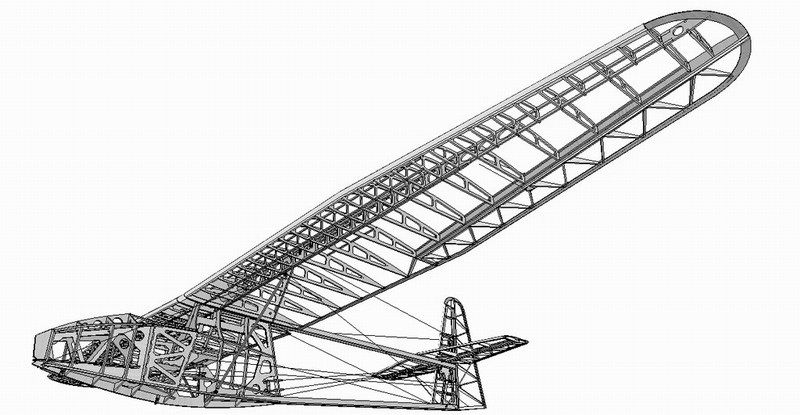
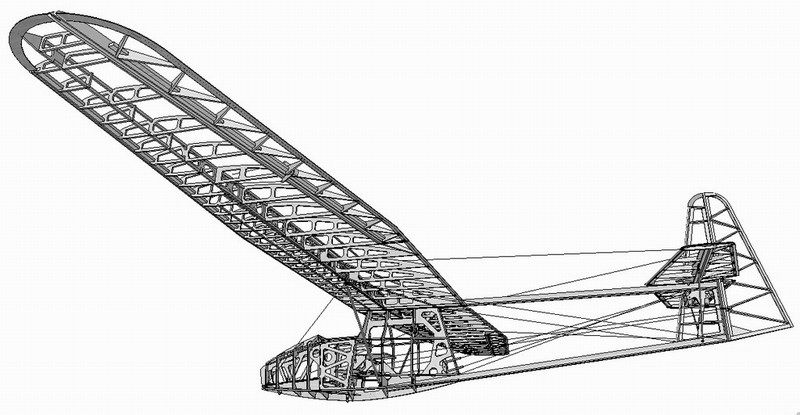
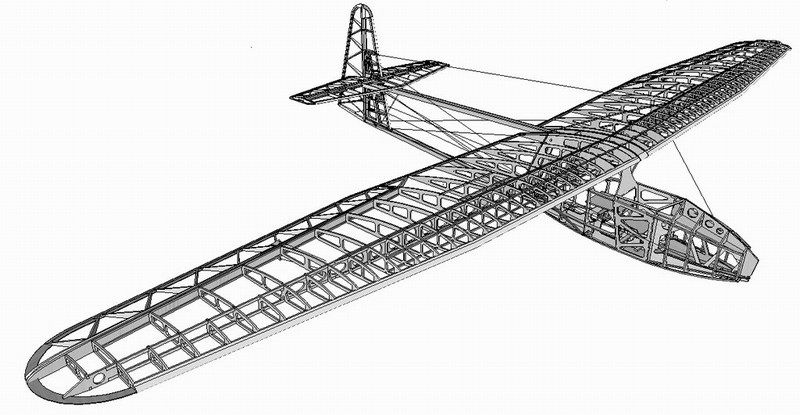 The building attempt, would not be successful without help from Mr. Ivo Mikač from Czech Republic, who kindly provided me with all info and the 3D plans he had previously create. Because these 3D plans were made for RC modeling purposes, I had to convert & detail them into something that could be much closer to my needs for “static” scale modeling. So, I spent few hours in front of my laptop, to scale down into correct 1/18 size and digitally cut (within a hundredth of a millimeter accuracy) the glider’s compartments into virtual pieces, detail & improve the plans, having always in mind that the later printed parts, should perfectly fit and finally become a fine scale model.  After converting the 3D plans as required and double check for possible mistakes, I saved it as a digital file and forward it on a 3D printer to start generating the individual parts of the model. Shortly thereafter, the printing proceeding outcome pleased me, while watching the Mbytes, magically converting into actual items. Yeah, that’s what I call “cool gadgets” on scale modeler’s service. 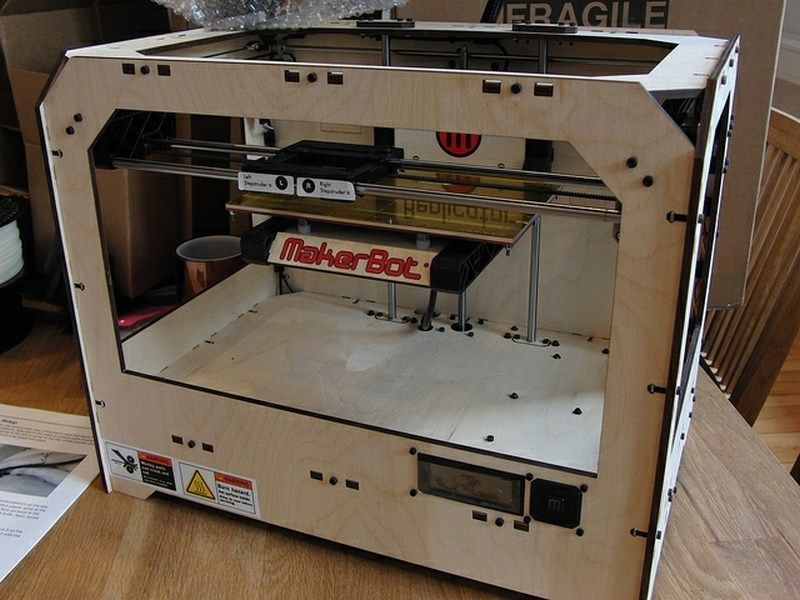 As seen in the following pictures, as soon as the produced parts were cleaned, I checked for broken parts & imperfections. The model now consists of only a few parts, found into three (cabin, wings & tail) basic frame sections. Some additional details such as wings supporting rods, control bars & wires etc made of styrene, will be later added.
[*]Left & right wings with separate left & right ailerons, [*]Elevator with separate left & right fins and stabilizer with separate rudder fin. 
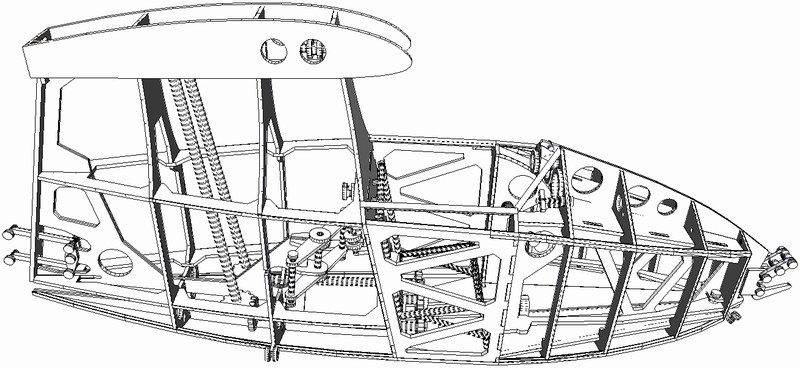
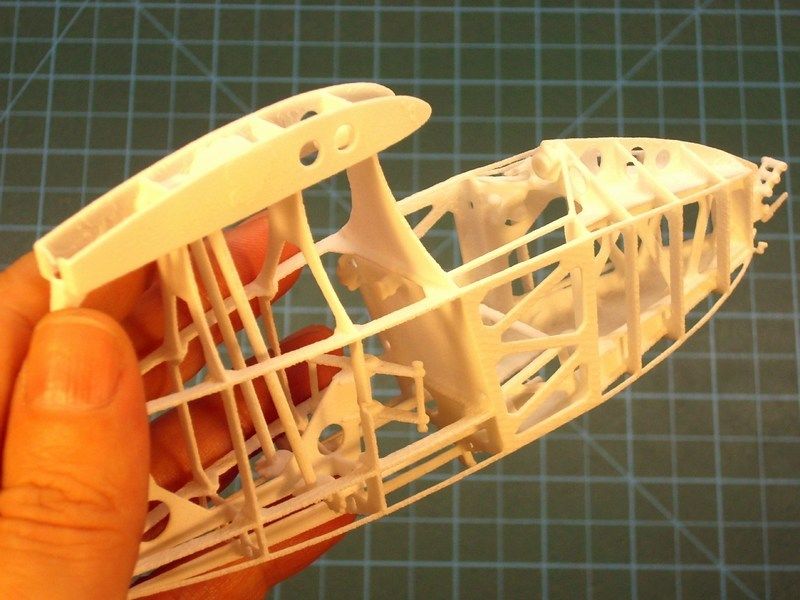 After my sweetheart wife (aka “4-star General in home” & “family's financial director”) conducted a strict quality control and 3D printing result evaluation, she smiled & proudly signaled green light for further building. After each section was dry fit tested to ensure that anything can be combined together as one piece, the parts forwarded for assembly. 
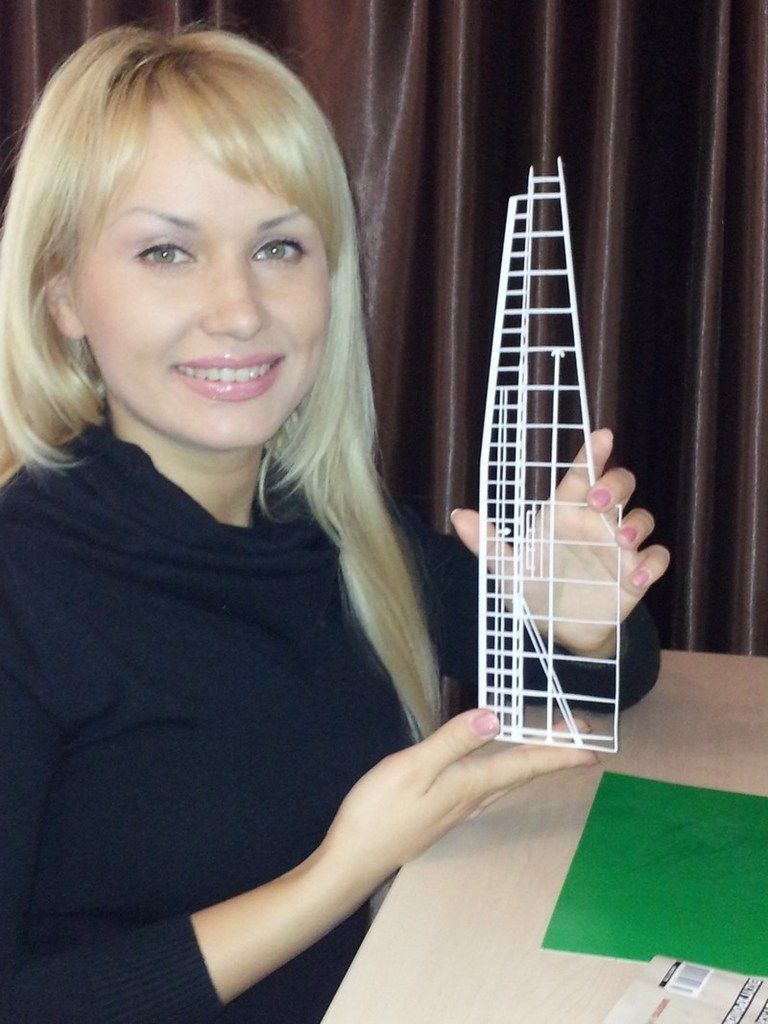 |
Mesajý Yazan: Nick_Karatzides
Mesaj Tarihi: 07/06/2013 Saat 11:18
|
As soon as the individual scale model’s parts were already produced, cleaned & dry fit tested, I had to assemble everything as one piece, without damaging the frame construction. Just because the Salamandra was entirely constructed of wood, I decided that its much better to assemble all model’s parts first, sand if required and later apply paint and weathering effects as a final touch. During assembling process, everything was secured in place & glued with CA liquid adhesive superglue, which found at local market for 0.16 € per tube (each 12-tubes card, costs 2 € only). It does bonds in only few seconds, reaches extremely strength at room temperature and it is suitable for materials such as wood, rubber, plastic, metal, ceramics, leather, marble, polyethylene, polypropylene, teflon etc. Once I´ve tried this CA superglue on my scale models, I’ve never go back. 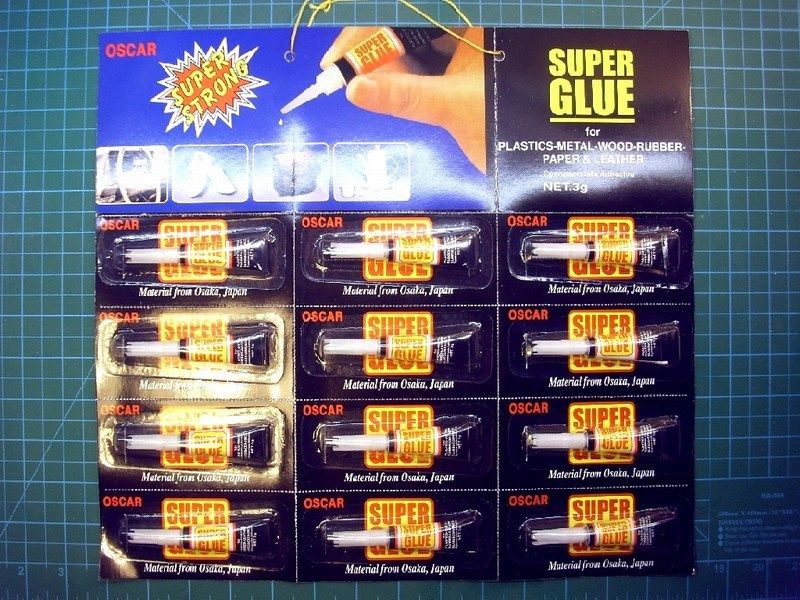 Following the 1/18 scale printed diagrams and using a new sharp Nr 11 stainless steel surgical blade and 4x4 mm sectioned styrene rod, it only took about 2 minutes to prepare the basic tail boom frame. The supporting frame consists of two 228 mm long beams that join the front compartment (cabin & wings), with rear part (tail elevator & stabilizer fins). 

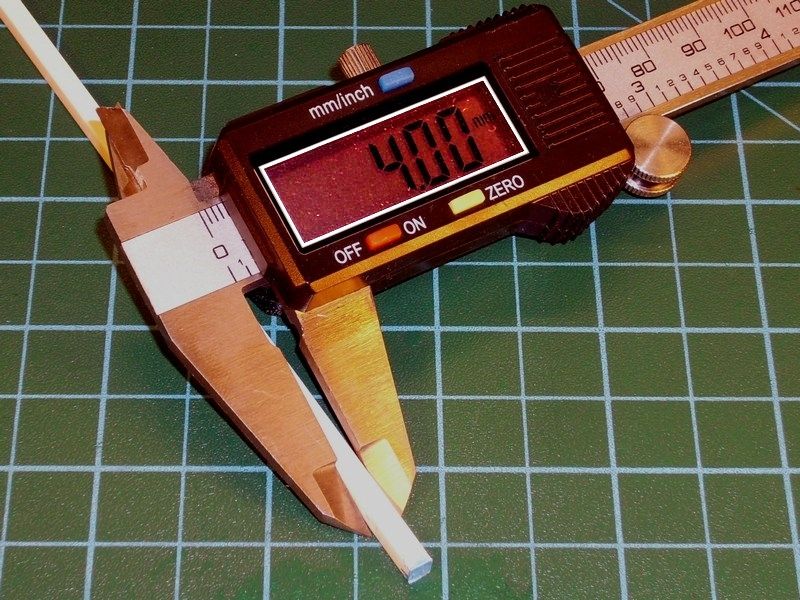
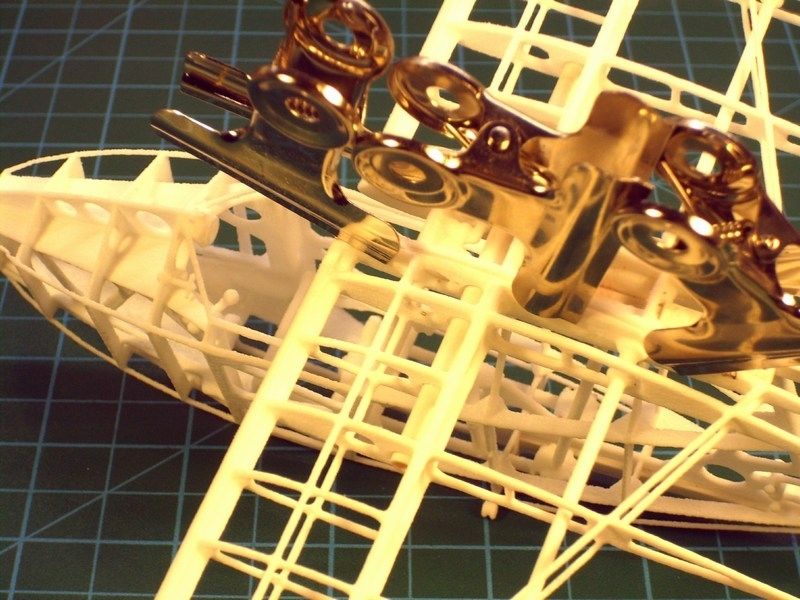
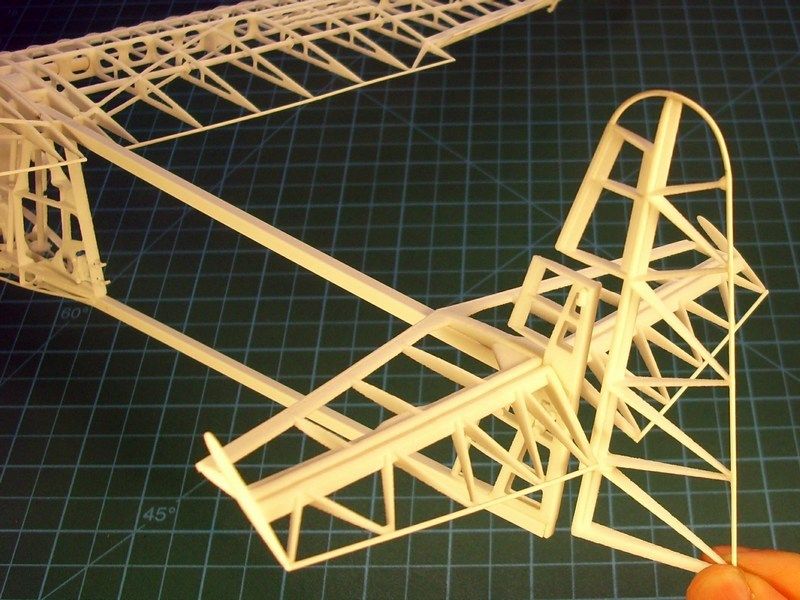 The only piece that remained without gluing, is the tail rudder fin which will be set in place after paint. The glider model’s wingspan is now fully developed and looking really big as it is spreading lazily all over my working bench - approx 70 cm from one wingtip to the other. 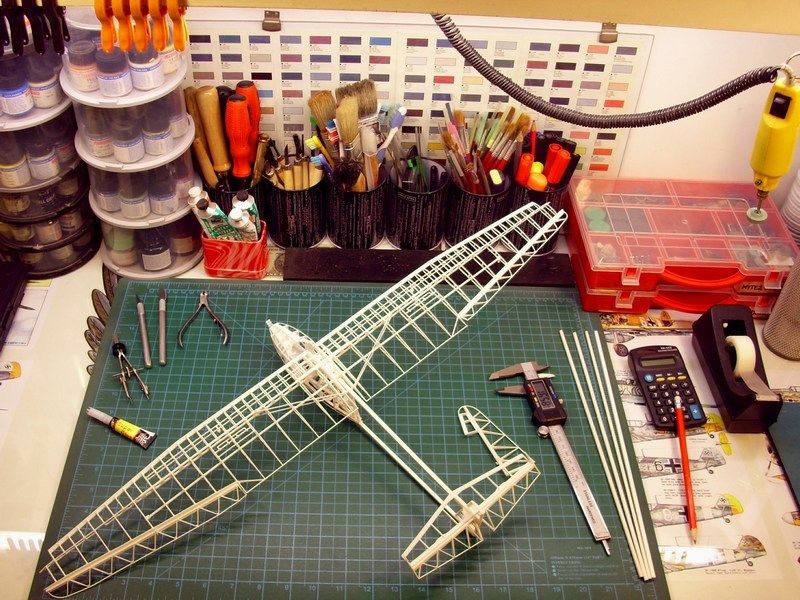 Some tiny gaps between the parts connections, were filled with putty, applied with an old brush. As soon as the joints between the cabin, wings & tail boom parts were securely glued with CA superglue and later filled with putty on tiny gaps, it was carefully sanded with nail files & sanding sponge block, found at the local beauty care shop - the only good moment when following wife on her shopping. They are cheaper than dirt, since each nail file cost € 0.1 (each 10-nail files card, costs € 1 only) and the sanding sponge cost € 0.5 per block. 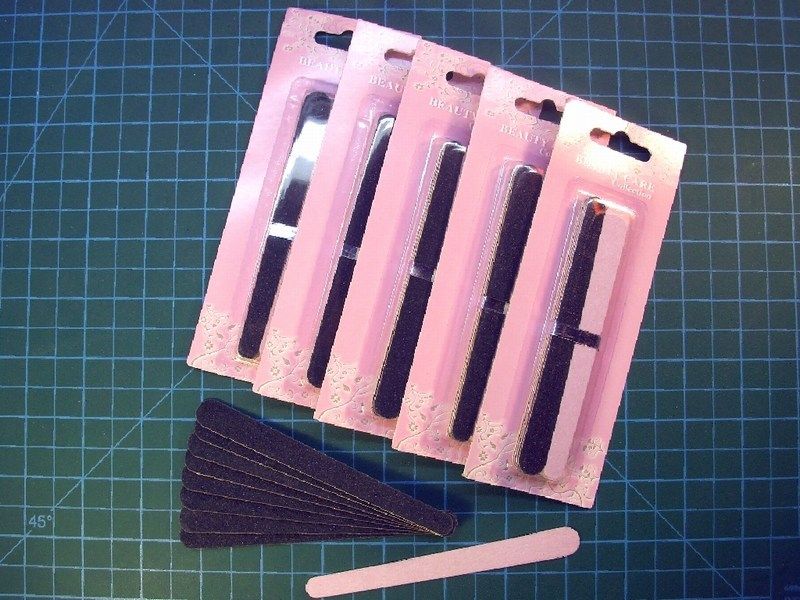
 When it looked OK to me, the whole model was sprayed over with Humbrol acrylic primer to spot any mistakes and placed into a box to wait the final paint applying. 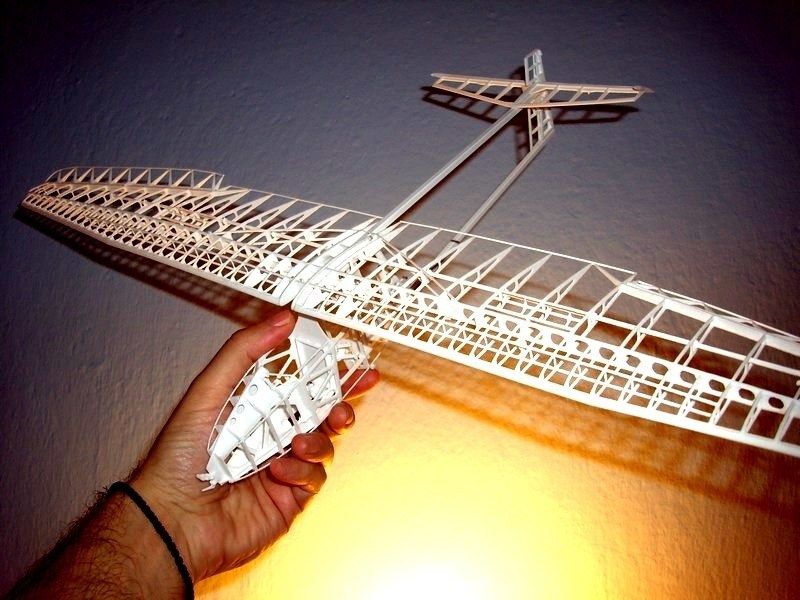 |
Mesajý Yazan: Nick_Karatzides
Mesaj Tarihi: 08/06/2013 Saat 19:49
|
As soon as the Humbrol light grey acrylic primer dried, the model washed with liquid soap and warm water to disappear leaving oil traces, fingertips etc. Usually, there are two available options for a scale modeler, to apply paint on a model:
[*]Assemble the scale model parts first and paint the overall built model later. While planing this 1/18 scale IS-A Salamandra model building, the 2nd option seemed as more appropriate and would make my job much easier. A really good reason to stick on this option, is the fact that the Salamadra glider's main frame was entirely constructed of wood. Ofcourse, fabric was covering the wings & tail and plywood was covering the cabin’s nacelle as well. But, since I had in mind to build this model as an artistic "cutaway" view, presented on its wooden frame only, I had no reason to avoid an overall wood colour tones painting. 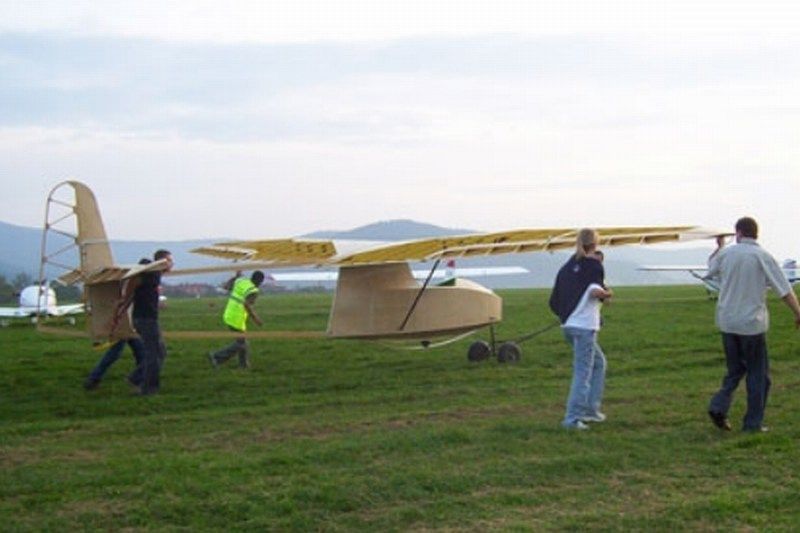 Replicating wood is one of those feared tasks in modeling that many try to avoid at all costs. Having a couple of different methods in mind to simulate wood in scale, but knowing that the following method is much accurate and easier to re-do if something goes wrong, I found good idea to follow some tricks I learned from other builders and changing things that works for me. To simulate the look of rough wood from which was made the glider's frame, I first applied a background colour. I split the areas to be painted in different categories and sprayed four different primary colors on each area. I used the following colors, which seemed to work OK for me, for the basic background. It is important to use an acrylic base colour because it is chemically impervious to the steps that follow.
[*]FS30400 "German Desert Yellow" available by Life Color as UA084 acrylic, [*]FS30257 "Sand Yellow RLM79VAR" available by Life Color as UA081 acrylic and [*]FS30140 "US Brown Marrone" available by Life Color as UA085 acrylic.  Because the wood composition and quality was not the same everywhere, I also use the Life Color's "Weathered Wood" 6-pack set and repeatedly covered some areas with different shades of very very very diluted & light layers over the previously applied base colours. To do so, I used the following:
[*]Life Color UA718 "Wood Cold light shade" acrylic, [*]Life Color UA715 "Wood Warm light shade" acrylic, [*]Life Color UA716 "Wood Warm light shade 2" acrylic, [*]Life Color UA714 "Wood Warm light base" acrylic and [*]Life Color UA713 "Wood Warm dark shade" acrylic.  I'm not really sure if it is actually vissible into following pictures, but repeatedly applied very diluted & light layers, resulted more natural look of wood shades, without even aplly any oil colours yet. The first applied base colours, are visible under the later applied layers of the "Weathered Wood" shades, setting a base for the next process. 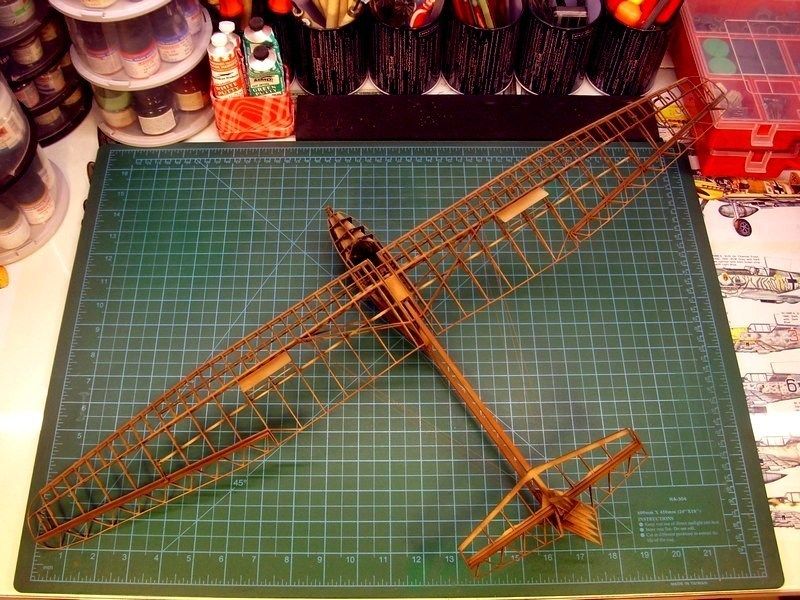
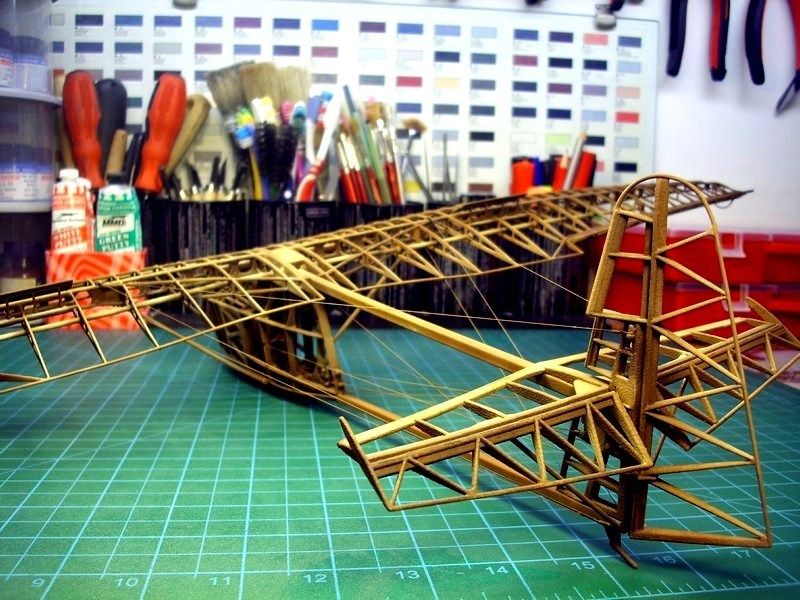
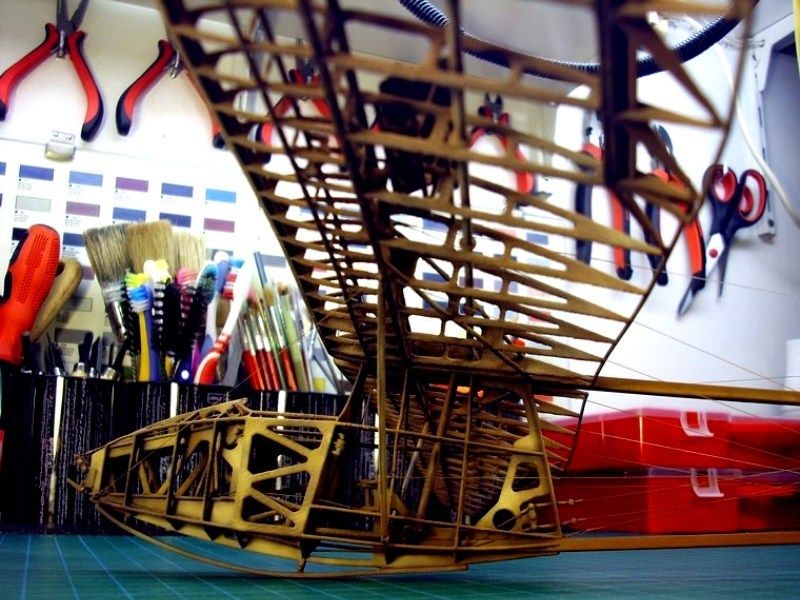 |
Mesajý Yazan: kaancolak
Mesaj Tarihi: 09/06/2013 Saat 23:05
|
That's what I call scratch building of a model kit. Following up! ------------- Who is John Galt |
Mesajý Yazan: Nick_Karatzides
Mesaj Tarihi: 10/06/2013 Saat 01:24
Studying the available photos I have, whether from my visit to the Polish aviation museum Krakow, Poland or pictures came from individuals who have built IS-A replicas around the World, I noticed that some of the metal parts ie control surfaces rods and cockpit levers, are painted with a green colour, which looks much alike the green that Soviets used to paint their jet fighter cockpits. To be honest, since all the 60 - 70 years old pictures are B&W, I'm not really sure if the actual IS-A gliders had these parts painted green, or if its just a practice by modern replica manufacturers. I decided for artistic reasons only and without being able check this feature authenticity, to paint these levers & rods with mentioned green colour. To do so, I used the FS24115 "Bright Green RLM" available by Life Color as UA055 acrylic and later blend it, to look brighter on middle areas, spraying much diluted FS30257 "Sand Yellow RLM79VAR" available by Life Color as UA081 acrylic, just not to look too dull.
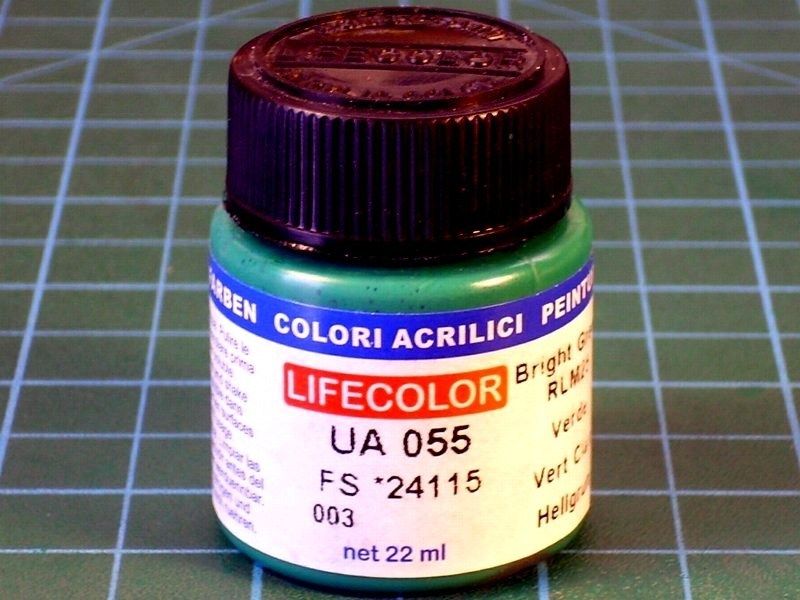 After the green parts painting & lighting, I repeatedly sprayed a very diluted mixture of thinner, Life Color UA717 "Wood Cold light base" acrylic and Life Color UA716 "Wood Warm light shade 2" acrylic at a ratio of 90% - 5% - 5%, over selected areas such as the wings leading edges and a few other points, that should look more enlightened. 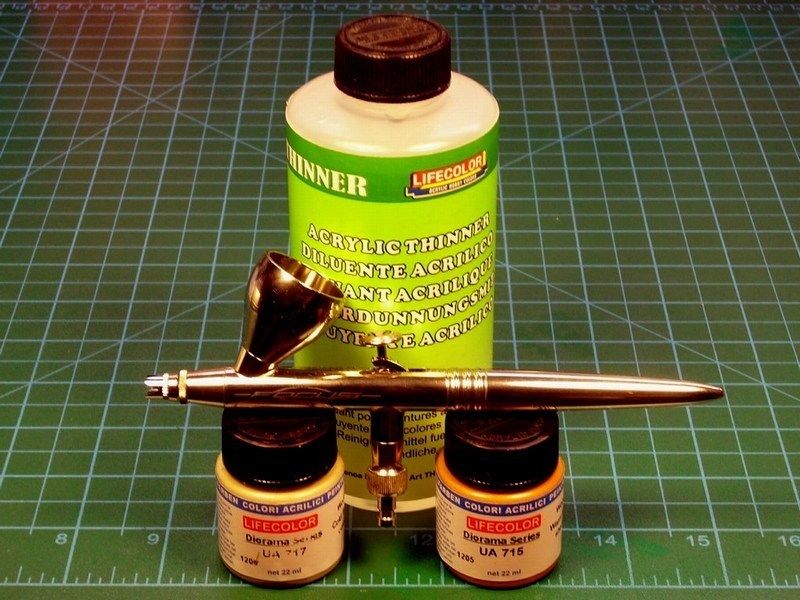
[*]THE BAD NEWS: I did the stupidity to use the cheap matterial, in order to keep low the printing cost. And yes, these 3D printer traces, which before painting did not even appear, are now slightly visible. [*]THE GOOD NEWS: These printer traces, (am I lucky or not?) look like wood grains! Yeap, that suits me a lot, because what I 'm trying to simulate here, is a glider frame made of unpainted, rough & hard wood. Since other scale modelers try to replicate this exact wood texture effect, I've already have it 3D printed in front of me. 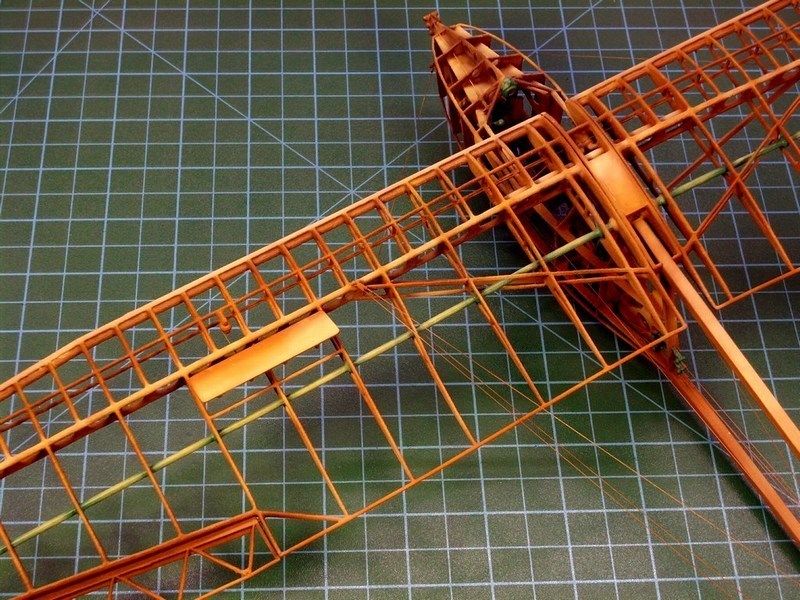
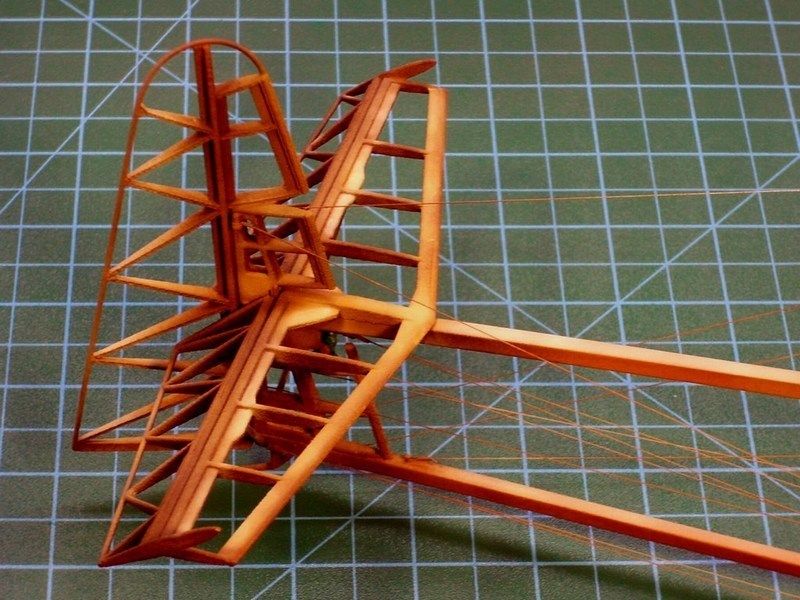
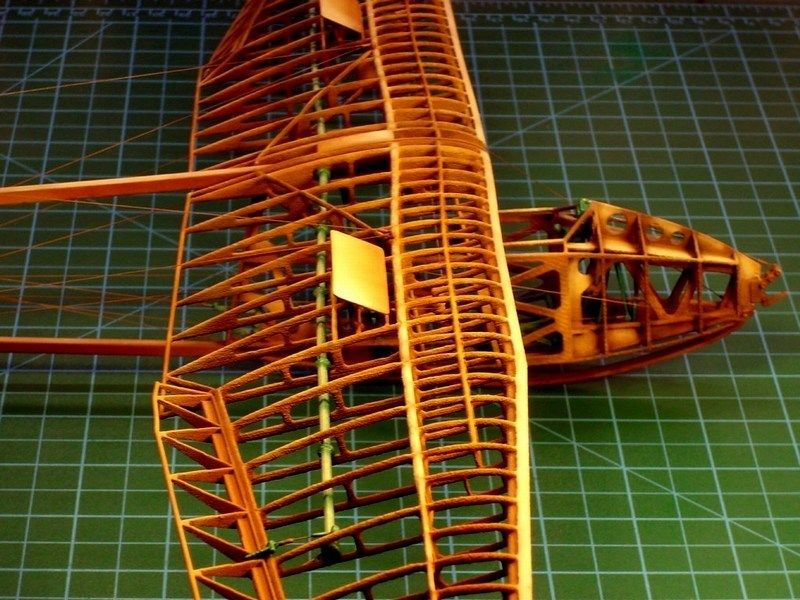 |
Mesajý Yazan: Blackbird
Mesaj Tarihi: 10/06/2013 Saat 23:25
| So glad that the bad news has turned into a good one. Stunning work. |
Mesajý Yazan: Nick_Karatzides
Mesaj Tarihi: 15/06/2013 Saat 22:02
To apply the wood grain on wide areas covered with plywood, such as the airbrakes, I used wood grain colour from artists oil paints. The higher quality artists grade paints work much better because the pigments are much more finely ground. I believe that “502 Abteilung” by MIG Productions, “Van Gogh” and “Talens” are good brands. The colour of the background coat and the oils may be varied for different kinds of wood. However, be aware that selecting a good colour combination that gives that natural look is tricky. I recommend experimenting on a test piece first before committing yourself to apply the mixture on your latest wondermodel. I arrived at my blend of "Burnt Sienna", "Yellow Ochre" and "Raw Umber" in a ratio of 25% / 25% / 50% after trying with "Raw Sienna" (too red), "Yellow Ochre" (too orange), and one or two mixed combinations.
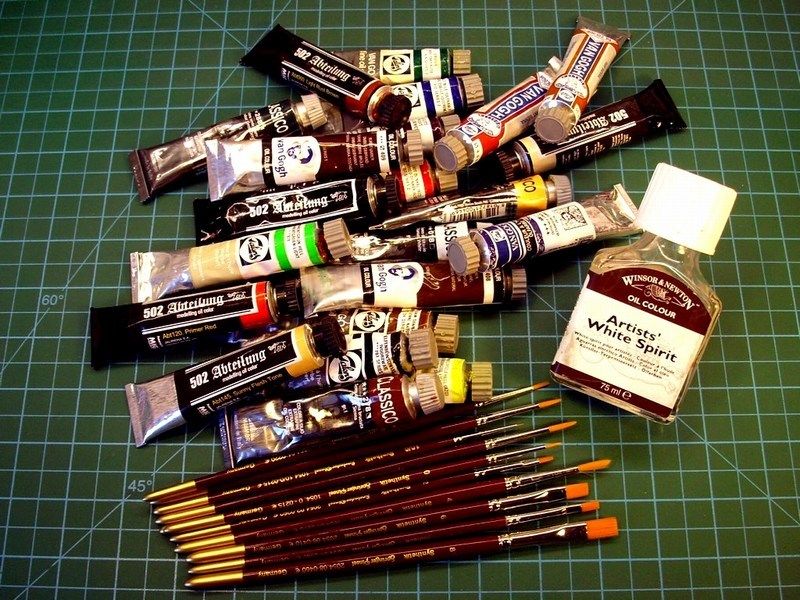
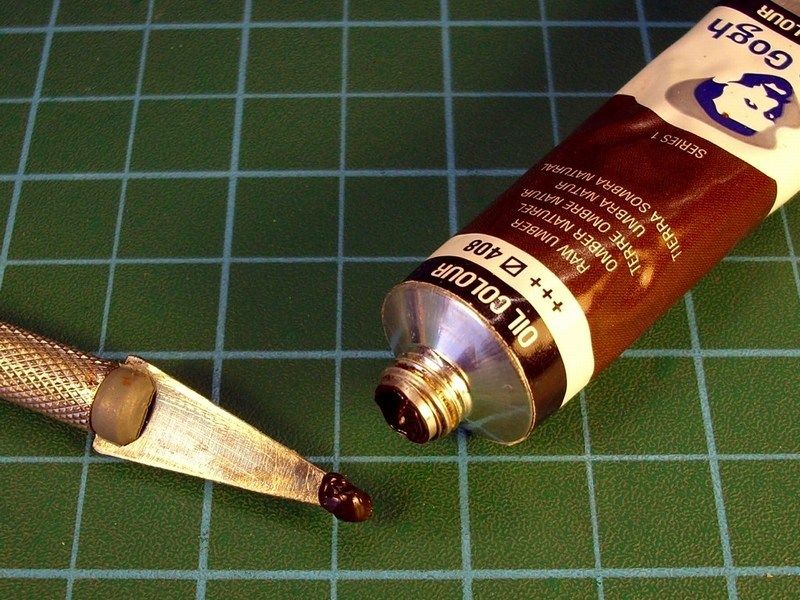
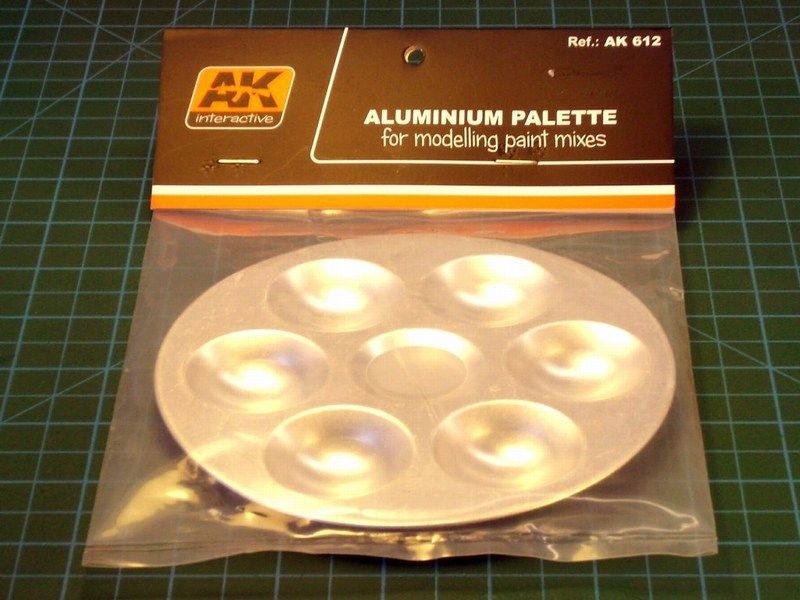
 Once the base coat has cured, I brushed the oils with a broad, soft brush and spread the paint around until the desired colour density is achieved. Because working in oils is a little bit goes a long way, I started by putting just a little bit of paint on the end of the brush. I kept the brush strokes going in one direction and didn’t really worry about leaving brush strokes - I wanted them there for the wood grain. I tried not to spread it on too thick, or it would make the next step more difficult.  At this point the oils would be workable for several hours. With a broad, soft, clean and completely dry paint brush, I draged over the oil paint, leaving wood grain streaks. I jiggled the brush every now and then to give the grain a bit of variation. As the brush picked up the paint, I wiped it off on a clean, lint free cloth and continue process. “Lint free is the key phrase, as any speck of lint would adhere to the oil paint and destroy the finish. The beauty of this technique is that you can clean the oils off and try again if you goof up. Use a clean cloth and paint thinner (mineral spirits or turpenoid - not lacquer thinner) to wipe clean any mistakes and start over again. For my 1/18 scale Salamandra model, it took me about three or four tries to get the paint density and colour right, but it really was quite painless. 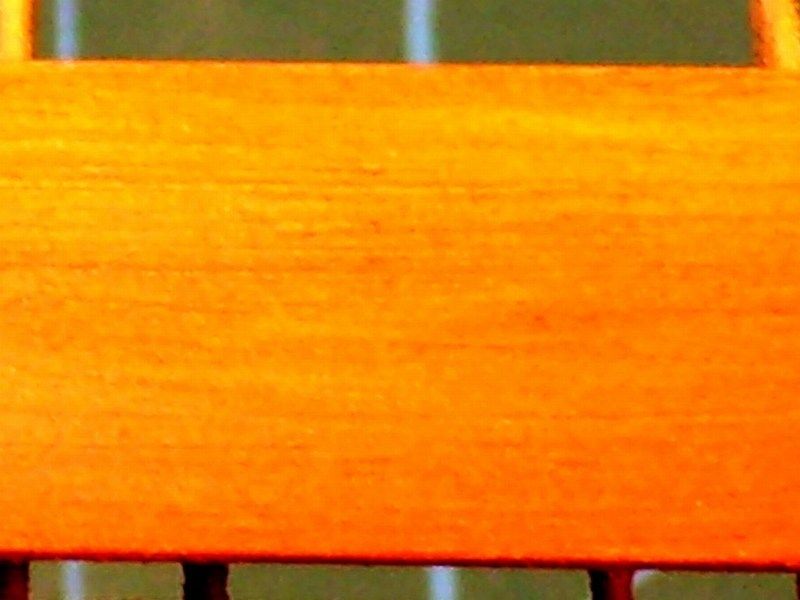 In some parts of the model which should look more bright, I slightly toned up with "Buff" & "Yellow Ochre" mixtures, or even pure “Basic Flesh Tone" and “Sunny Flesh Tone", while some others had to show darker, using "Brown" or "Raw Umber" color and blend naturally. The areas marked with yellow circles supposed to be covered by plywood and the areas marked with purple circles supposed to be more bright and slightly toned up. 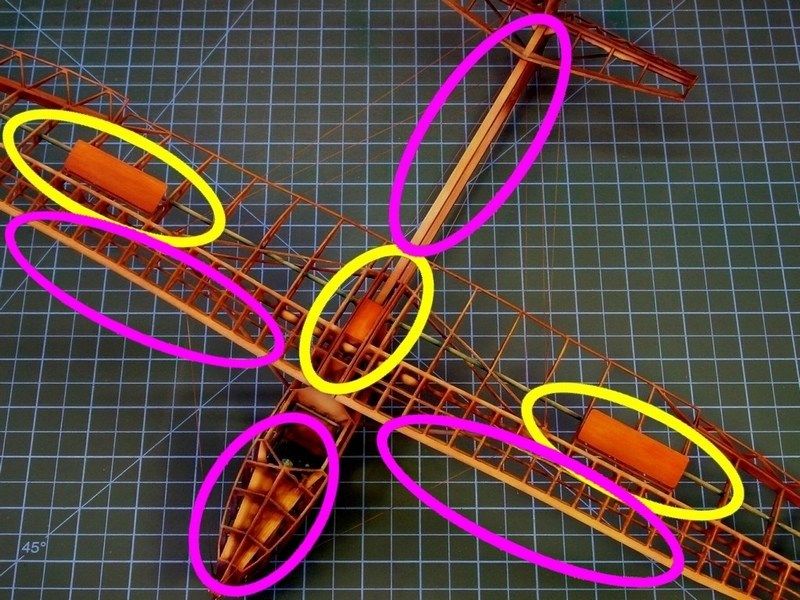
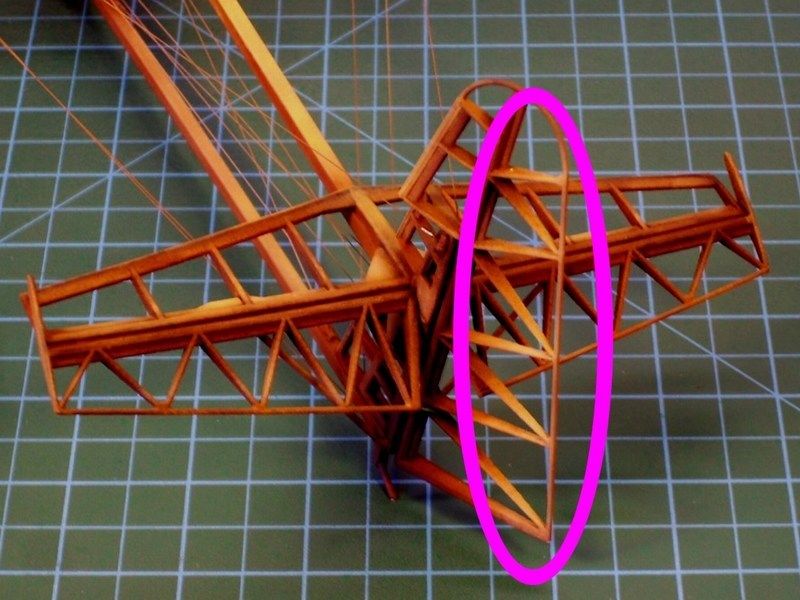 As soon as the result was OK for me, I left it alone to dry for few days and then sprayed over selected areas with Tamiya Color X-24 "Clear Yellow" acrylic, because it also helps bring the grain color out more. 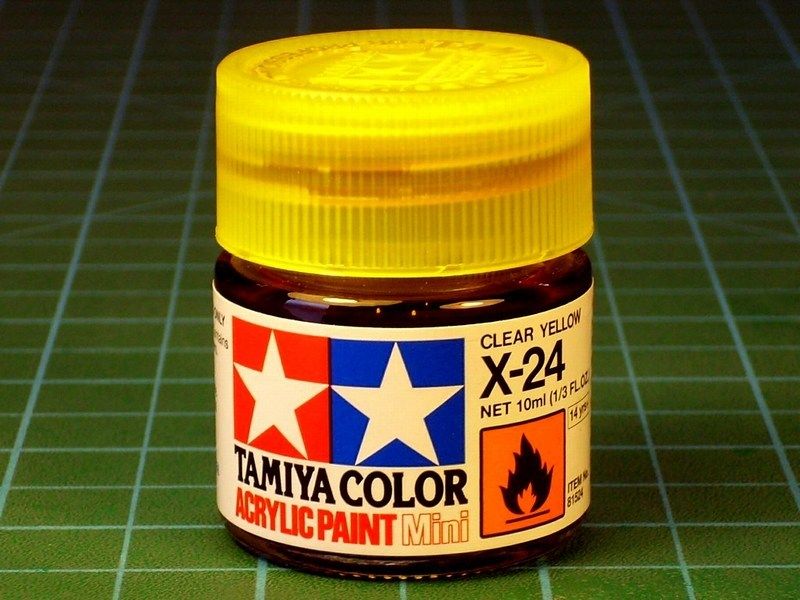
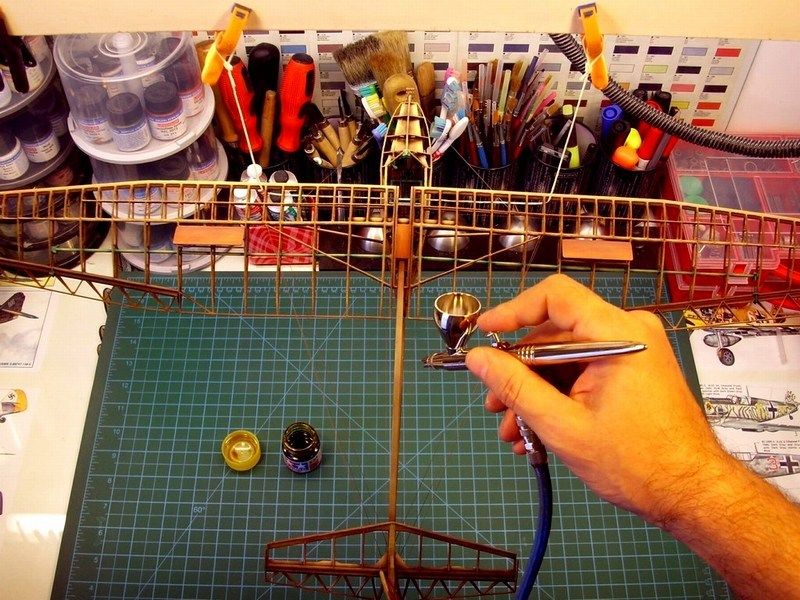 |
Mesajý Yazan: Nick_Karatzides
Mesaj Tarihi: 04/07/2013 Saat 05:35
|
When I started this project, I was concerned about the proper display option, on which the model would be placed. For this reason, I asked fellow modelers to advice on how they would do if in my position. Talented & world class scale modelers such as Mr. Rick Lawler from http://www.ak-interactive.com - AK interactive team, honored me by sending their kind answers, suggesting what best to do according their opinion - I thank them all. Most of the responses I got, recommended simplicity & austerity with no extra diorama features. Just to place the cutaway shaped model onto a dark colour or black) shiny laminated wooden base, so that nothing would distract viewer’s attention from main subject - the Salamandra cutaway. Following their advice, I tried some dry fit tests with few spare laminated wooden bases I had, to check how it looked like. I tried different shades of wood and finaly black sheet of plexiglass. Evidently the visual experiment clearly proved that the model got nearly disappeared into the natural wooden base's background, regardless of whether the background was light, medium or dark wood. Since the actual IS-A frame was entirely made of wood, it seemed that placing the model on a wooden base, might not be good idea. Black plexiglass tests, also didn’t looked right to me. 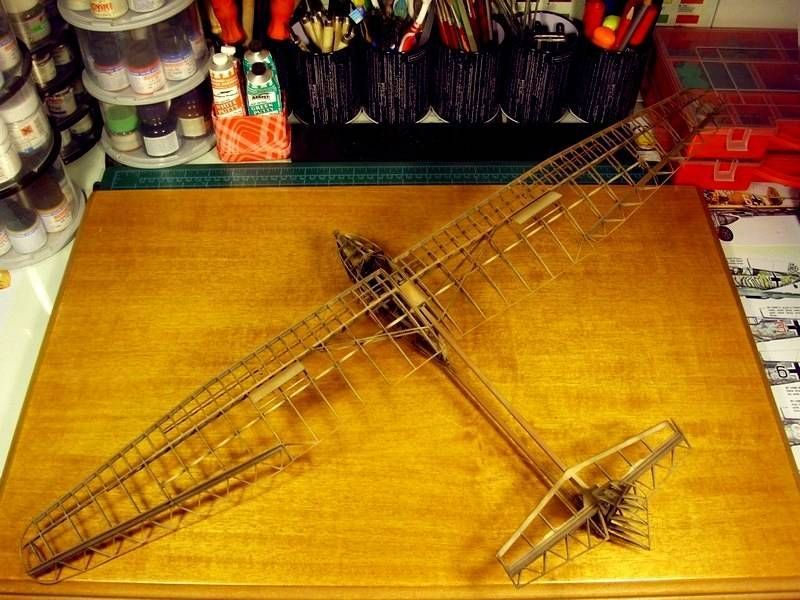
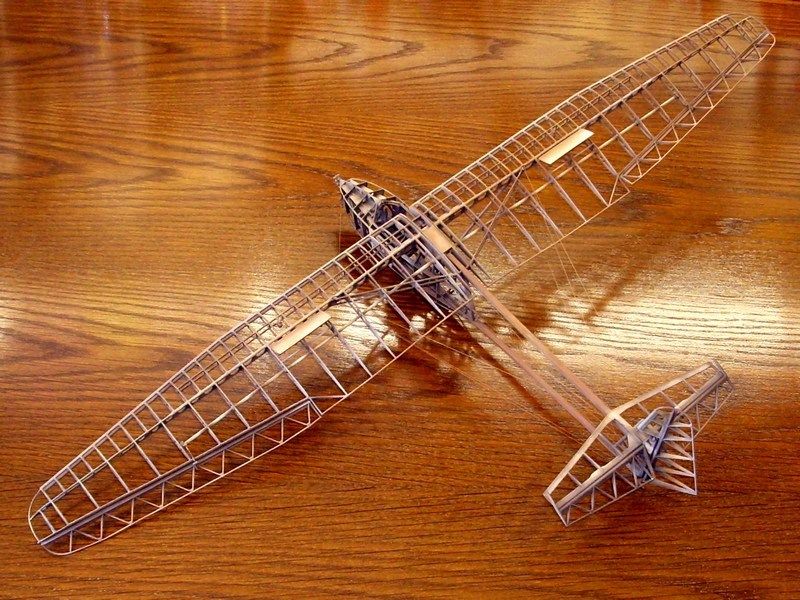 I also received suggestions for mounting the glider on a clear pole which seemed nice idea, but model’s cutaway stucture was too fragile to be securely pinned on a single point. I also tried to digitaly create a virtual model, with the glider placed on a concrete tarmac or shiny black ground, cut on Poland’s map shape - since the IS-A was a typical sample of pre WWII Polish aviation design. 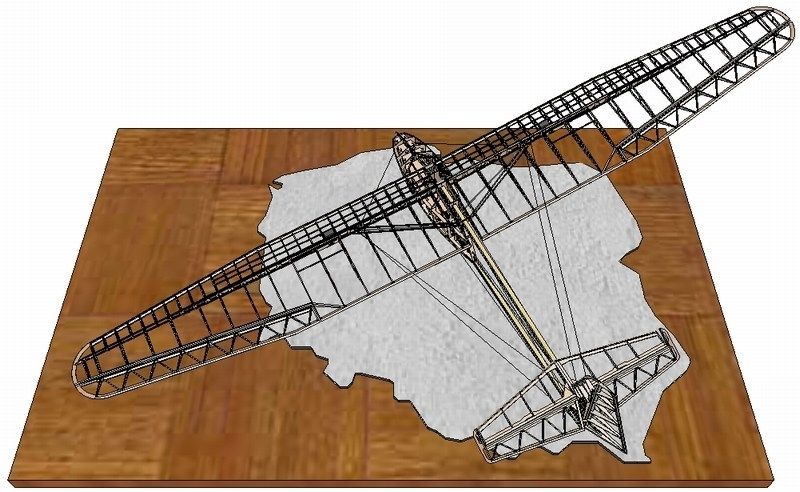
 I was almost sure I was going through a non-creative phase and getting ready to pack the model in a box and store it until having some good idea. Unexpectedly, I became obsessed with the idea of placing the glider model on a "grass airfield" dio base. Probably, my opinion had been shaped (aka influenced) by viewing the following two pictures, where the IS-A glider is laying on the Spring green grass. 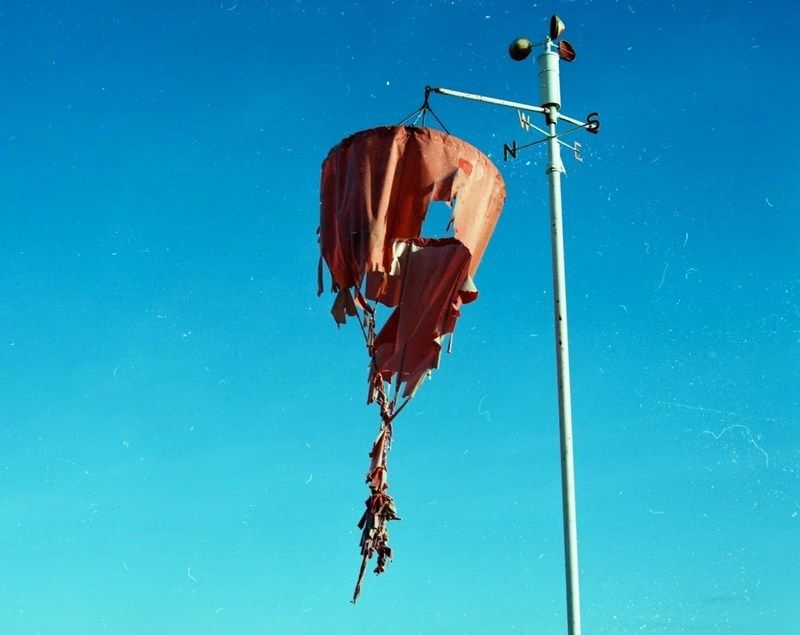
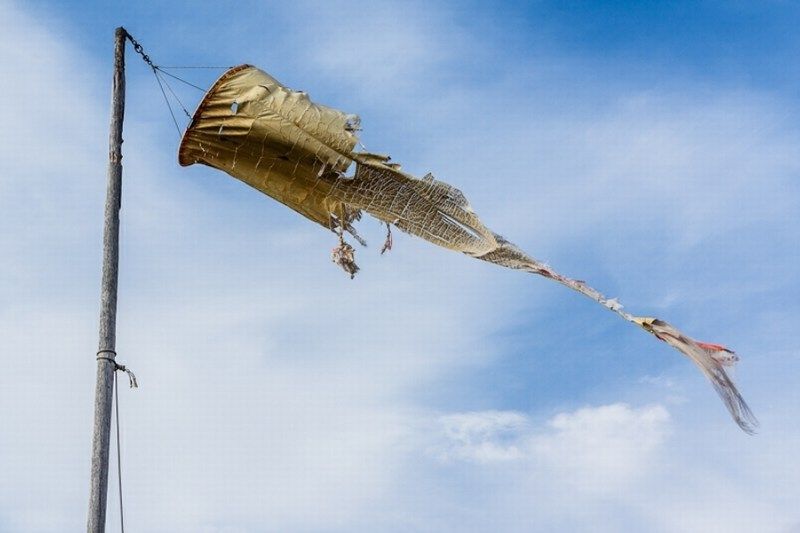 My goal is to recreate a scene of an aeroclub small airfield, where the old Salamandra is now resting in peace. I ‘ll try to place the glider in such a way that will look like an old time abandoned wreck, with all plywood & fabric lining removed, tilted sideways to rest on the short green grass field, with one wingtip touching the ground and the other on air. Some torn fabric & plywood parts would be also laid nearby, some rusted & cut wires, possibly a couple of http://en.wikipedia.org/wiki/Pierced_Steel_Planking - Marsden matting / PSP - Pierced Steel Planking plates or maybe a waving windsock etc. could be also present in scene. In general, a picture of terse abandonment, without extreme features that could distract viewer’s attention, keeping the glider as the main protagonist of the story. From an artistic point of view, the abandonment might possibly dictate everything to be into a state of complete wreckage. That would not be the desired result, because it would lead into a diorama scene, where the Salamandra would no longer be the protagonist. My aim is to balance the scene, while filling empty space & keeping the IS-A as the only "model" on display. 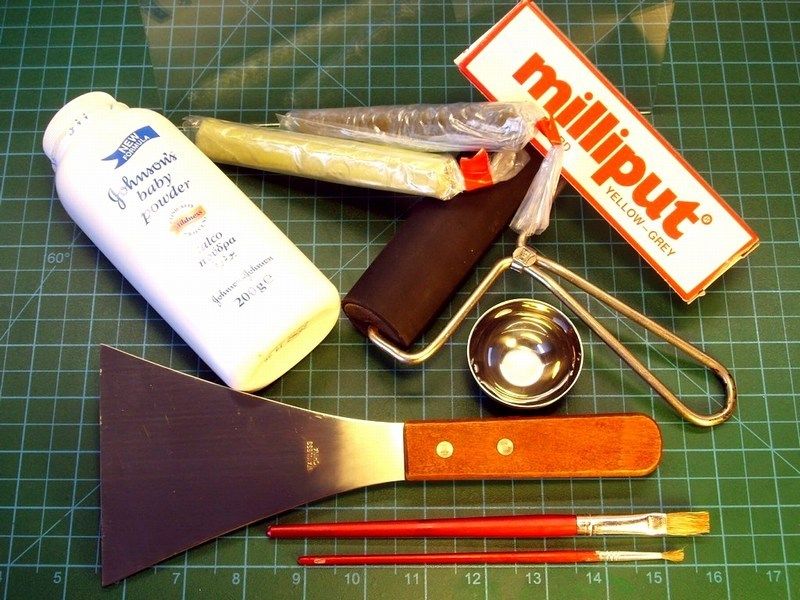
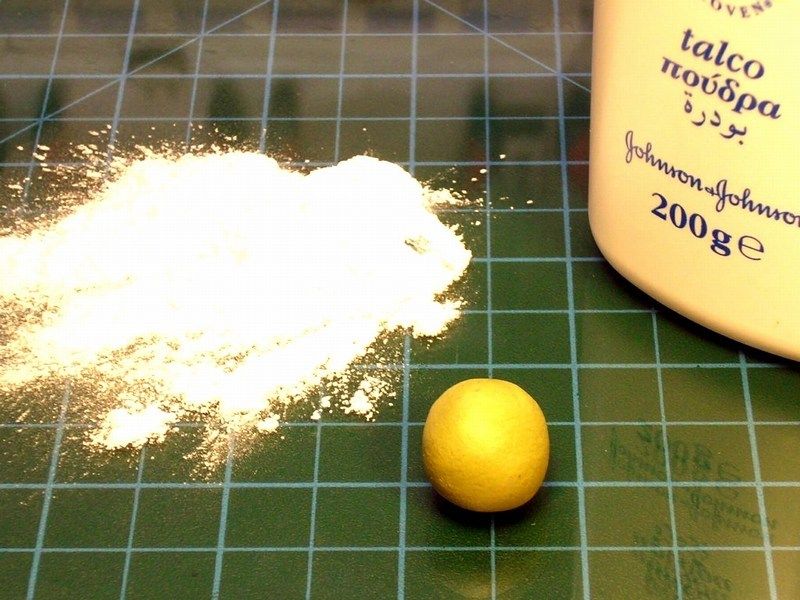 I found the idea of a deflated windsock nice, in order to fill some empty space and break the monotony of green, while remaining in scene's background same time. Although a picture of a torn windsock would be more atractive & interesting, I had to keep it simple and not overdo. Using a small amount of Milliput putty, I made a small ball, dust it with talcum powder and pressed it against the working bench with a roller until it becomes as thin as could get. The use of talcum powder is necessary to avoid Milliput sticking on roller or fingers and get easier to handle without tearing to pieces. 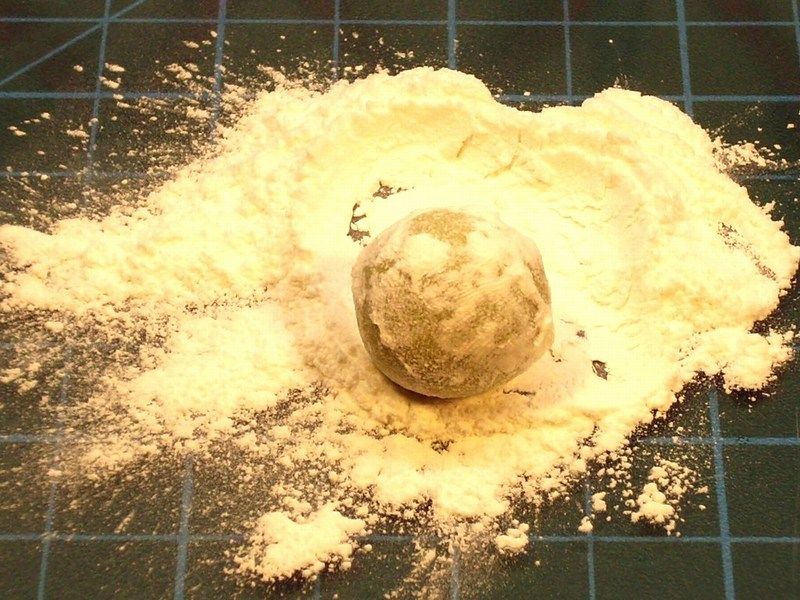
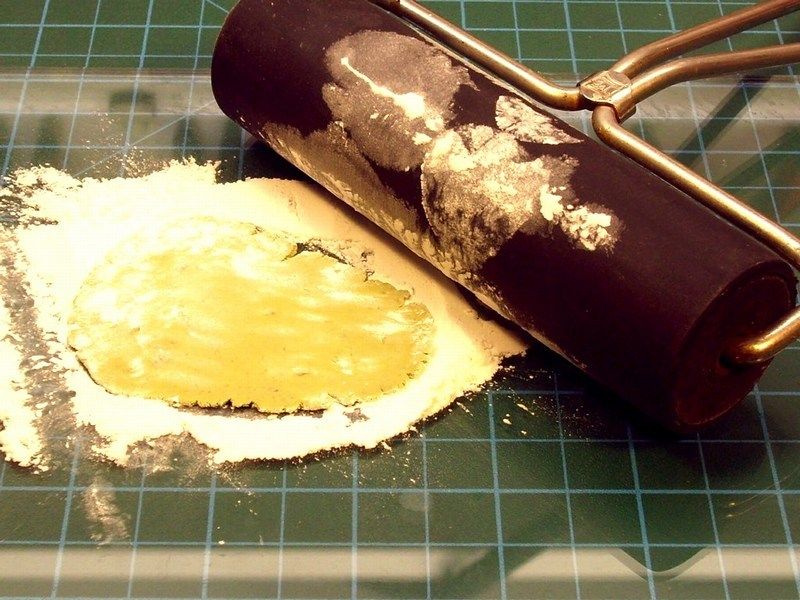
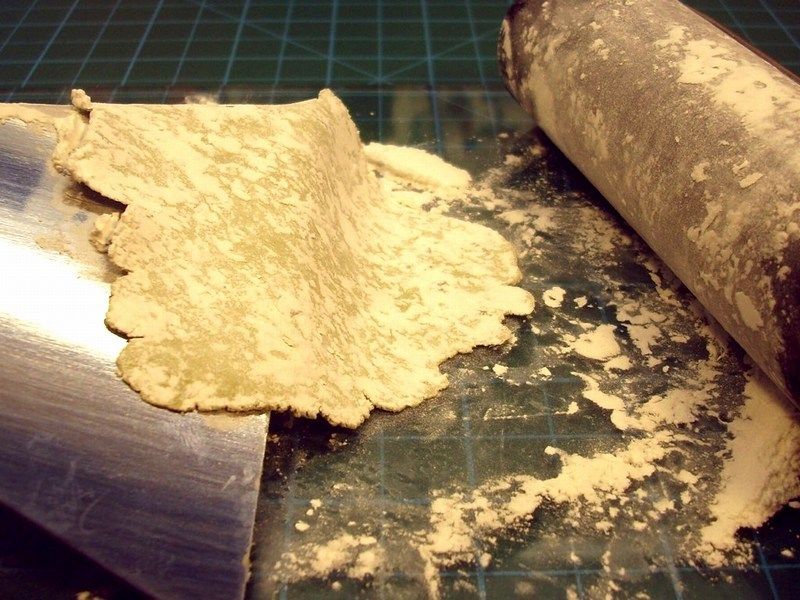
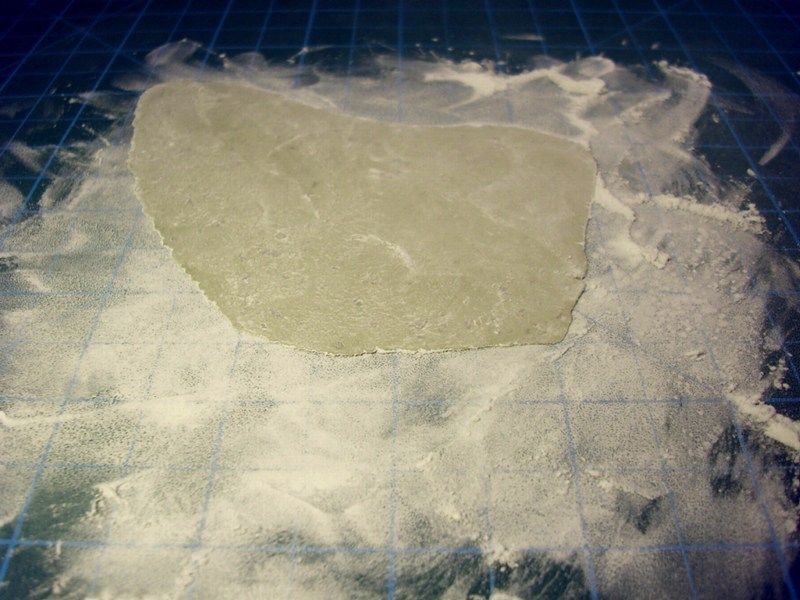
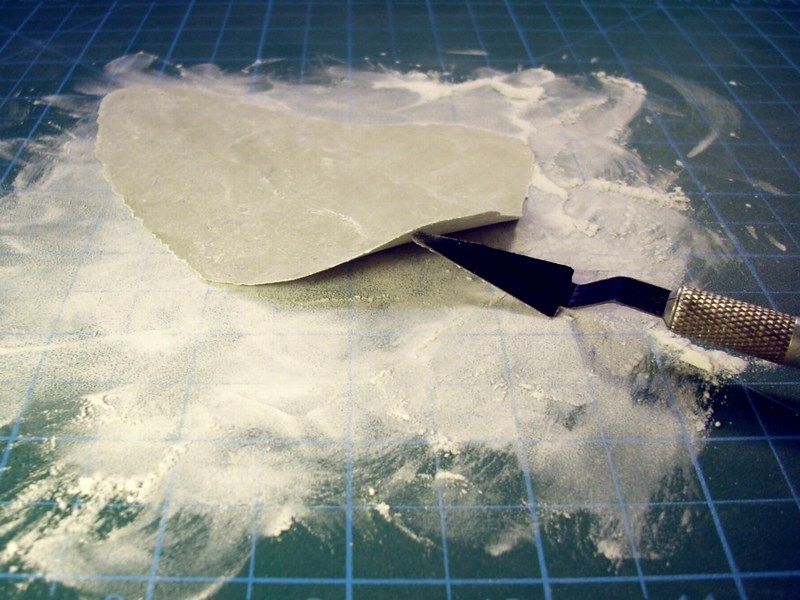 While Milliput putty was still soft, I cut it into triangle shape and rolled it up, to form into a right to scale windsock cone. Then, the cone was bended as required to look deflated and simulate cloth’s weight. The result made of epoxy putty (seems like elephant's proboscis or its just my imagination?), left few hours to get fully polymerized and then I cut the tip to achive the correct lenght dimensions. Few epoxy overcast remains that were left, also removed during cutting process. Internal frame added later, using metal wire & styrene rod. 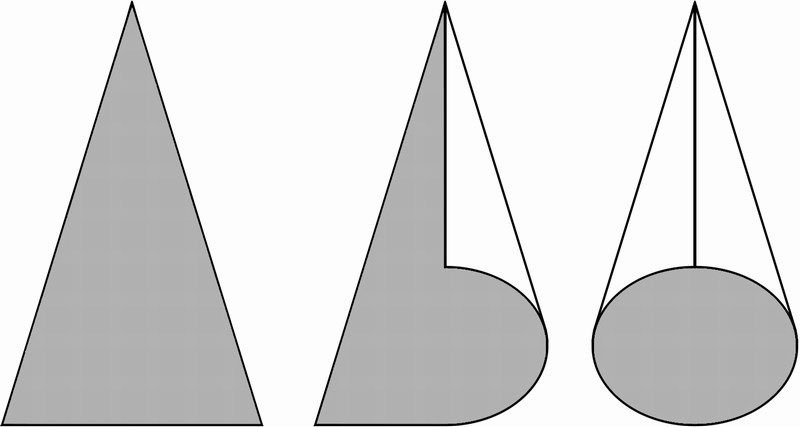
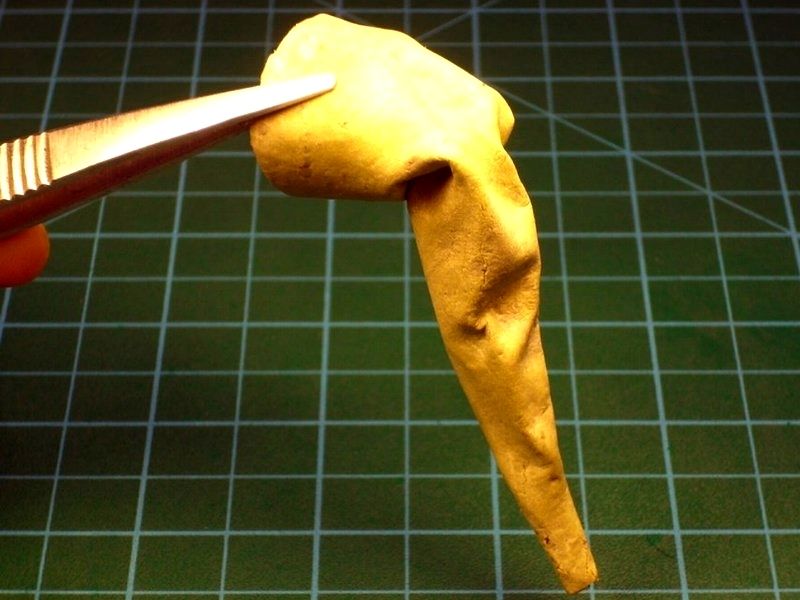


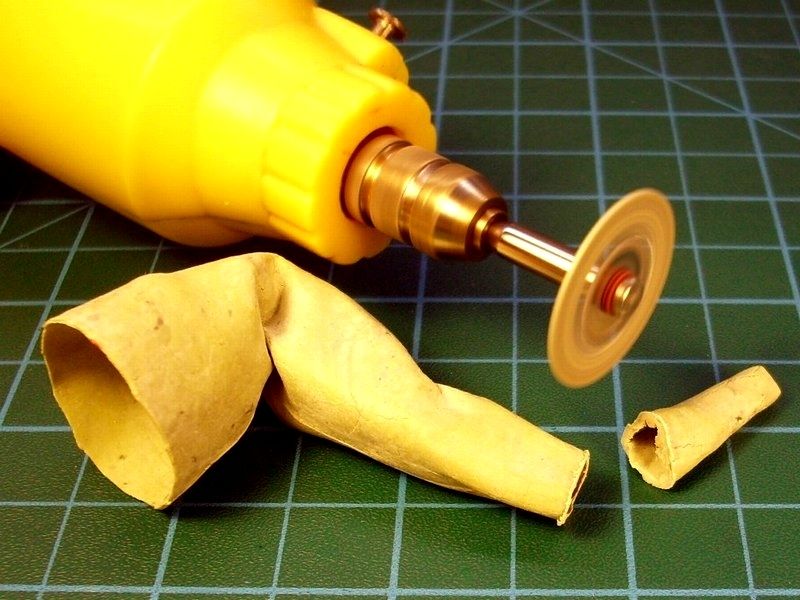
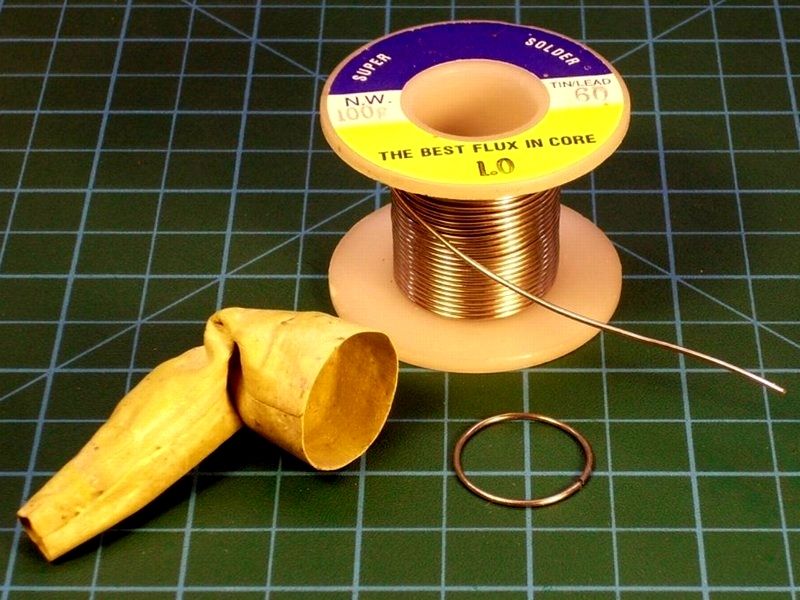
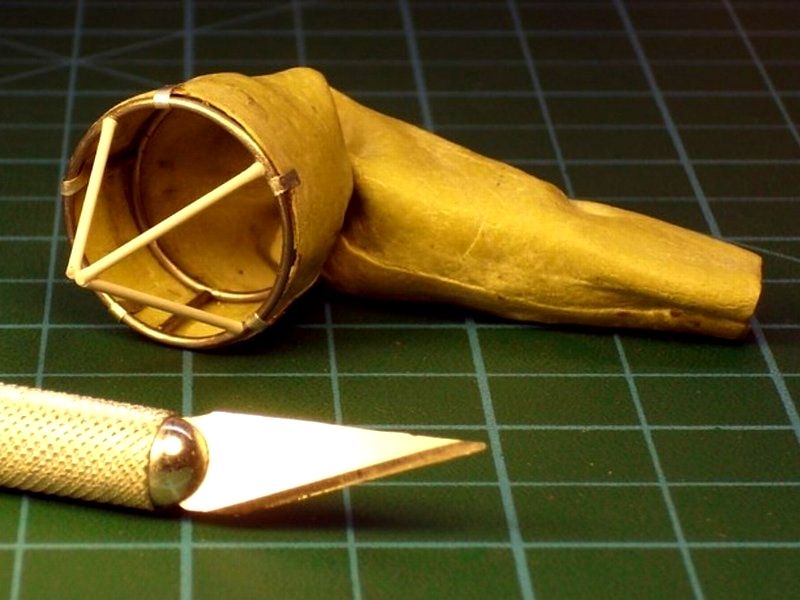
 |
Mesajý Yazan: Nick_Karatzides
Mesaj Tarihi: 05/07/2013 Saat 22:57
At present time, the windsock is under painting proccess. I used the FS31302 "Matt Red" available by Life Color as LC06 acrylic, applied with a soft brush, to establish a basic layer and later blend it, to look brighter onto the points supposedly lightened more, by spraying much diluted FS30257 "Sand Yellow RLM79VAR" available by Life Color as UA081 acrylic, just not to look too dull. After the primary painting & lighting stage, I repeatedly sprayed a very diluted mixture of thinner and FS33538 "Yellow RLM 04" available by Life Color as UA140 acrylic, at a ratio of 95% - 5%, over selected areas such as the fabric folding edges and a few other points, that IMHO should look more enlightened
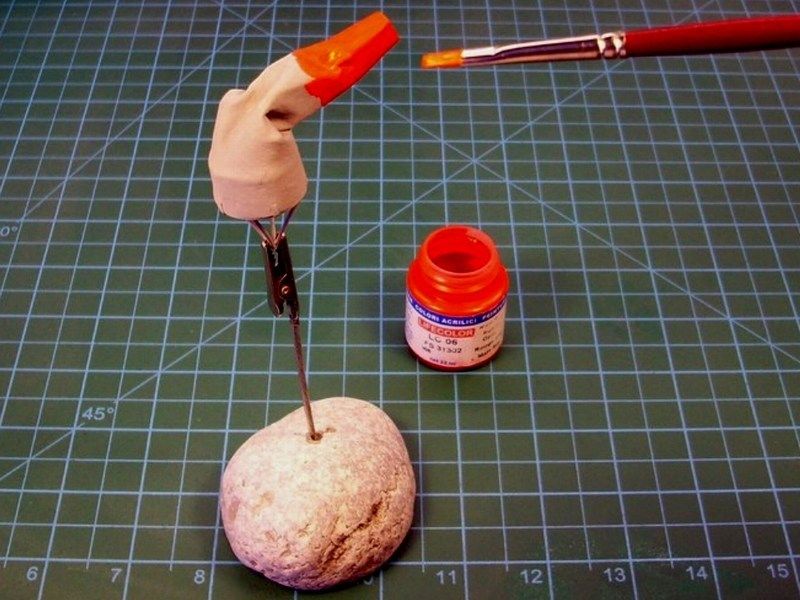
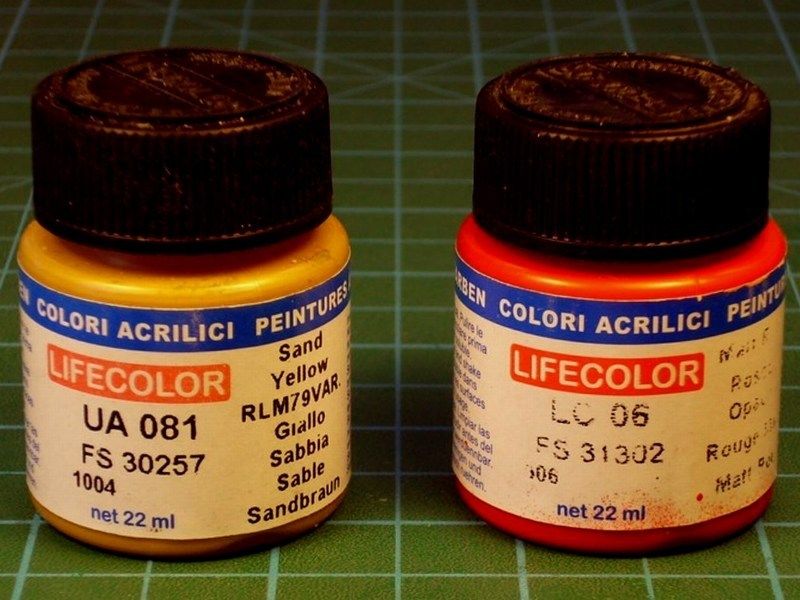

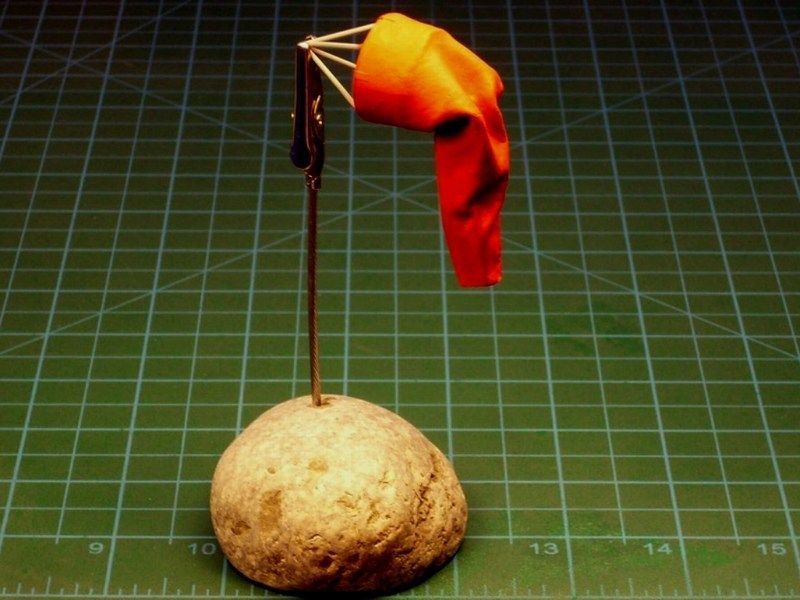
 |
Mesajý Yazan: Nick_Karatzides
Mesaj Tarihi: 13/07/2013 Saat 23:59
Once the acrylic paint dried, the outcome had tonality differences and looked like been faded by the sun. I had obviously overdone on highlighting the areas and therefore I had to fix this and make the shades softly blend each other. To do so, I mixed artists oil paint "Red" by MIG Productions “502 Abteilung” series and artists white spirit by "Winson & Newton“ in a ratio of 5% / 95% (actually a filter) and sprayed over the windsock. I hope now it looks better than did before.
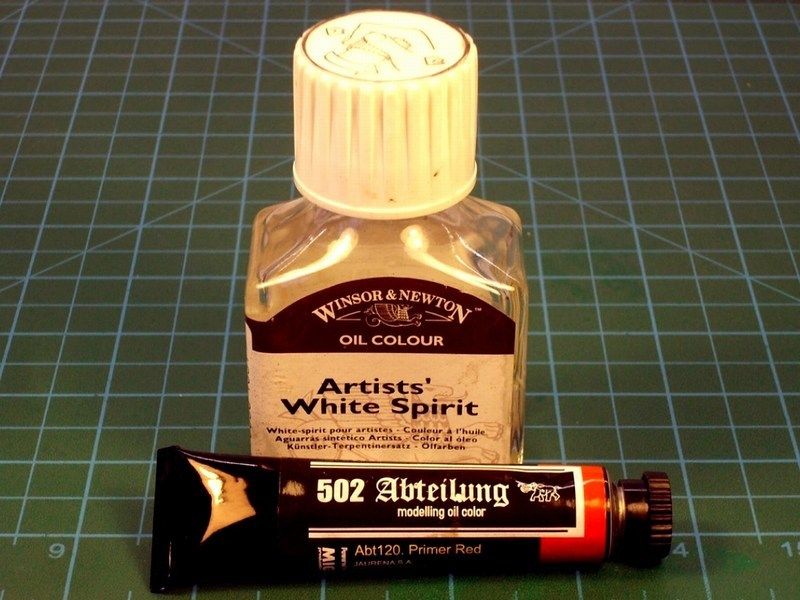
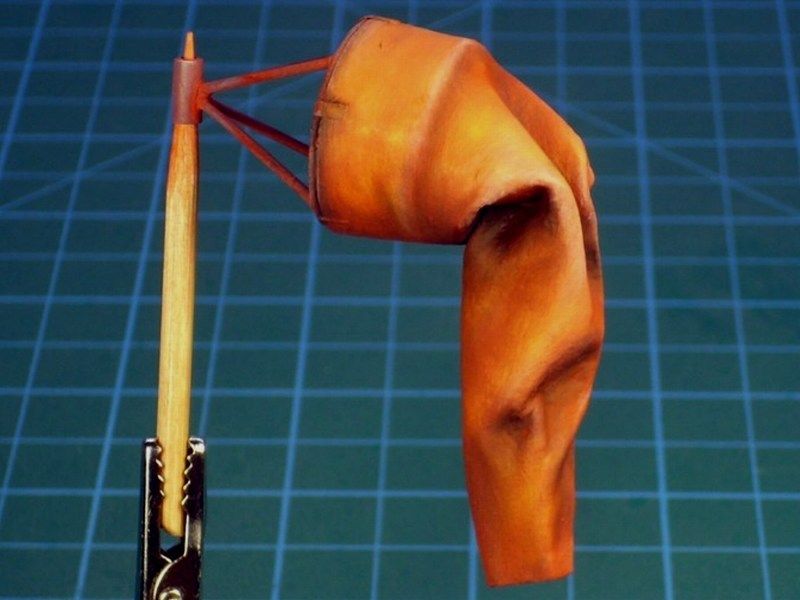
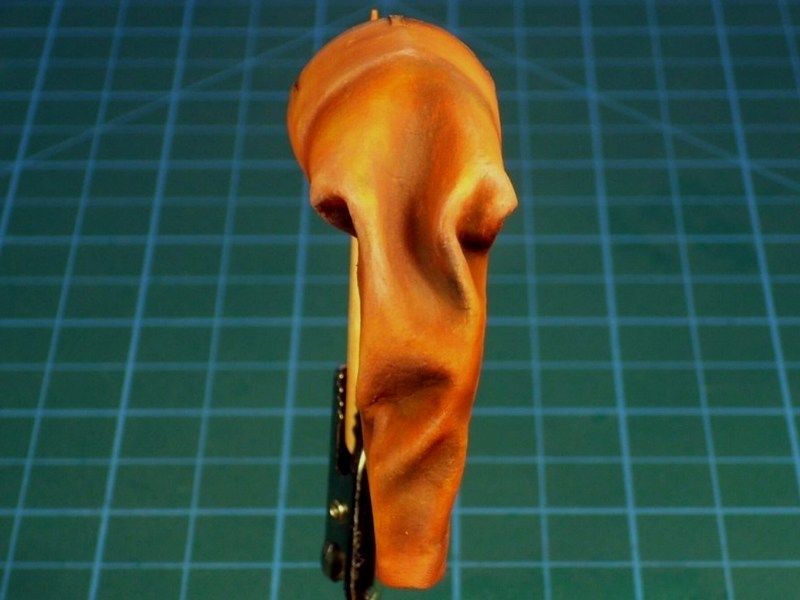
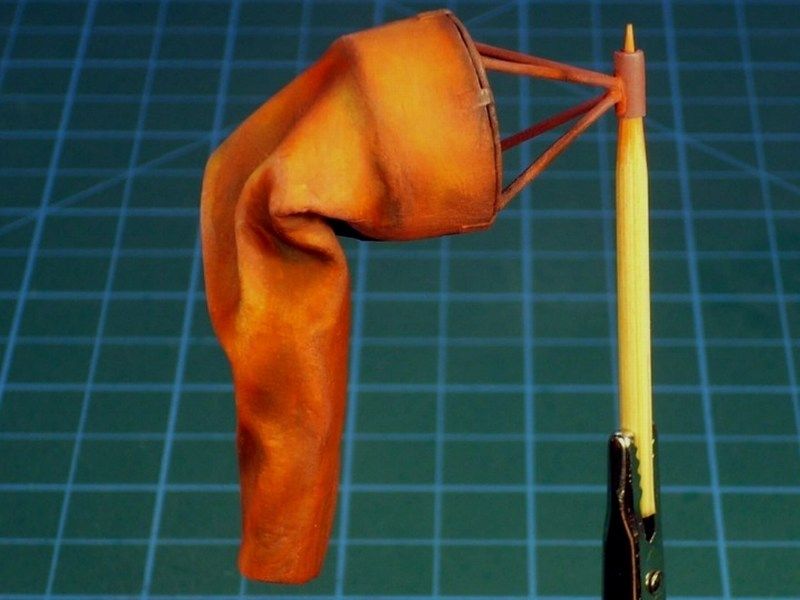 Meanwhile I found some time to deal with the green grass. Having a couple of different methods in mind to simulate green grass in scale, I found good idea to follow an old fashioned technique! I planted some grass seeds, watered daily and I'm now expecting to grow high grass soon. I’m just kidding of course - watering once every three days, is enough. Kids, don’t try this at home. 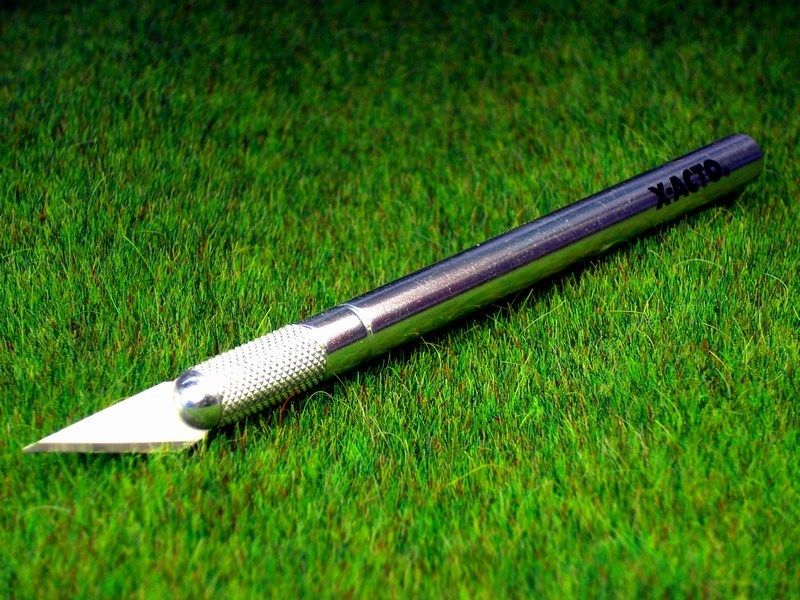 Progress has been slow for various reasons, including:
[*]I always find errors and later trying to develop ways to make model look more realistic, [*]Mid-July heat & expectation of upcoming vacations, caused laziness that lead building process to slow down, [*]Wife visits my bench, holding a hammer and that could possibly means that it's about time to quit 1/18 model for a while and give full attention on 1/1 model. 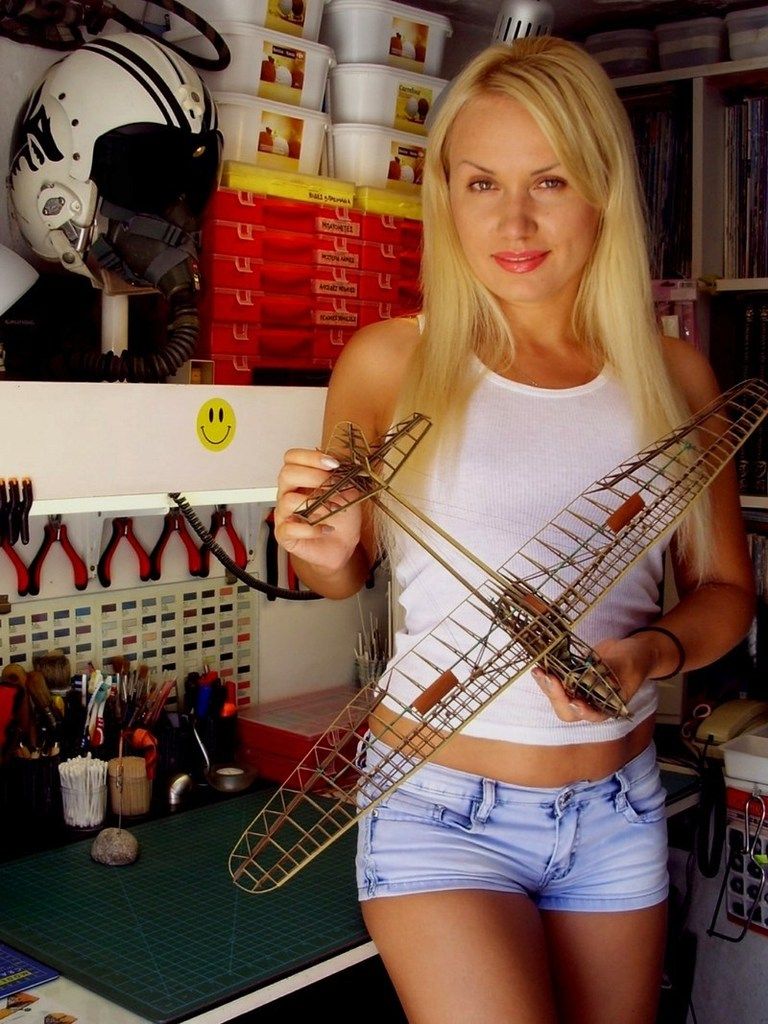 Due to all the above reasons (aka excuses), once the windsock painting process complete, I had to stop for a short relaxing brake and puzzle things out. Next update ETA, late August or early September. Summer is typically the time for vacations and a good chance to relax, unwind & recharge batteries. We all need a break once in a while and I am no exception. I hope you can do the same and enjoy some well deserved time off. I will be back soon, picking up where I left off and complete this project. In the meantime, I plan to unplug, disconnect from anything for a few days, enjoy sunny beaches & crystal waters and hopefully have some SCUBA fun with playful dolphins - as happened last summer. 
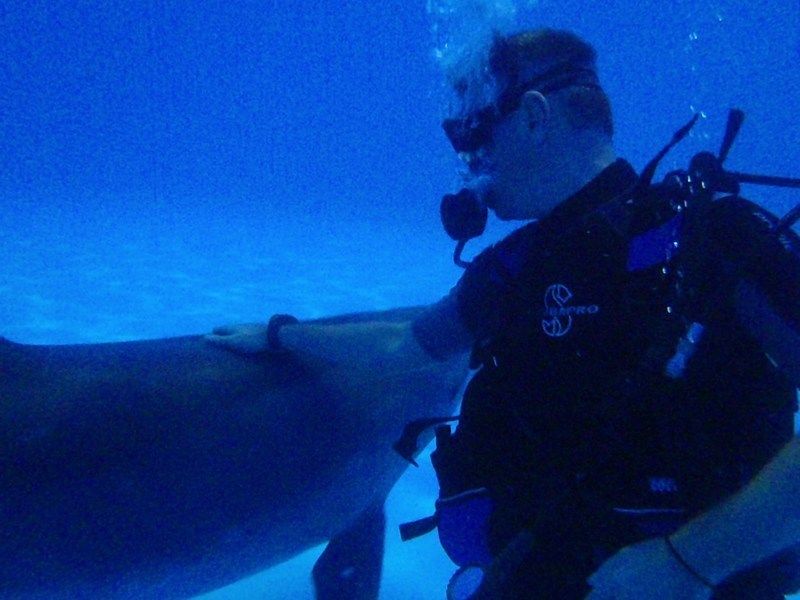
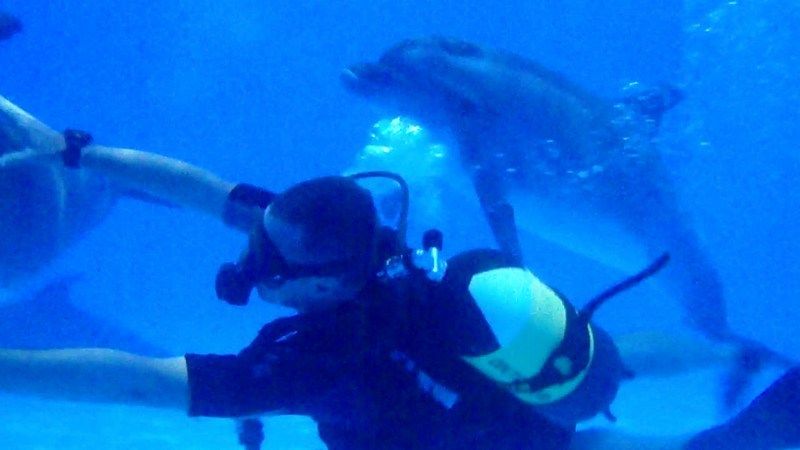

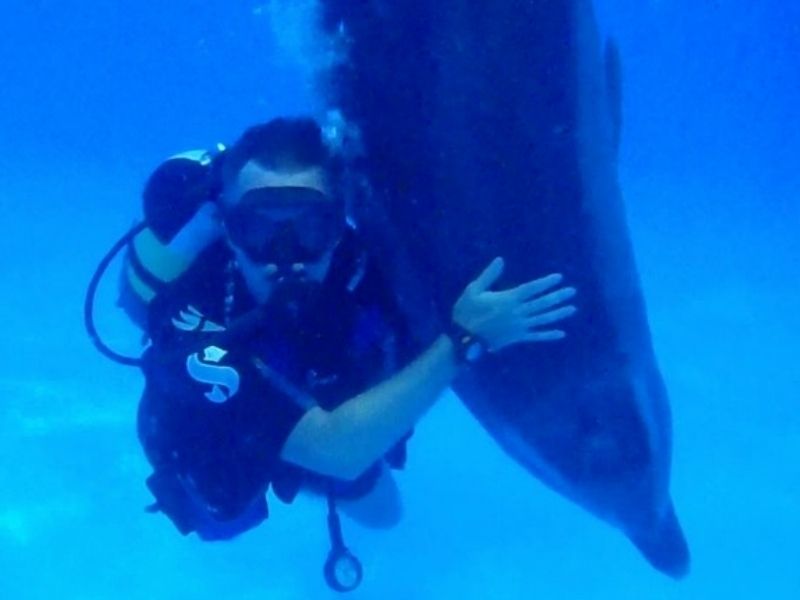
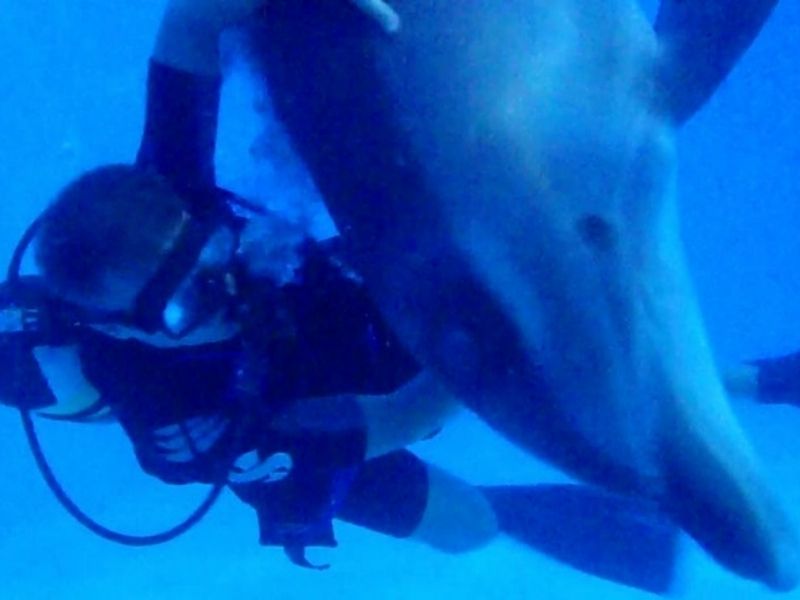

 |
Mesajý Yazan: Nick_Karatzides
Mesaj Tarihi: 12/08/2013 Saat 17:20
If you followed this WIP during the earlier weeks, you might remember the update few weeks ago, when left home for a much needed vacation to the beach. I am having a difficult time transitioning back from vacation. I had an amazing month living on the beach, playing and soaking in sunshine and honestly I want to still be there instead of writing a new post. It has been less than 24 hours since we arrived home and I can already feel the pull of the day-in-day-out routines. I know that the cat in following picture might looks really silly, but it does capture how truly happy I was on vacation. Transitioning back to reality after vacation, is not easy and I need to get my non-vacation groove back. Any suggestions?
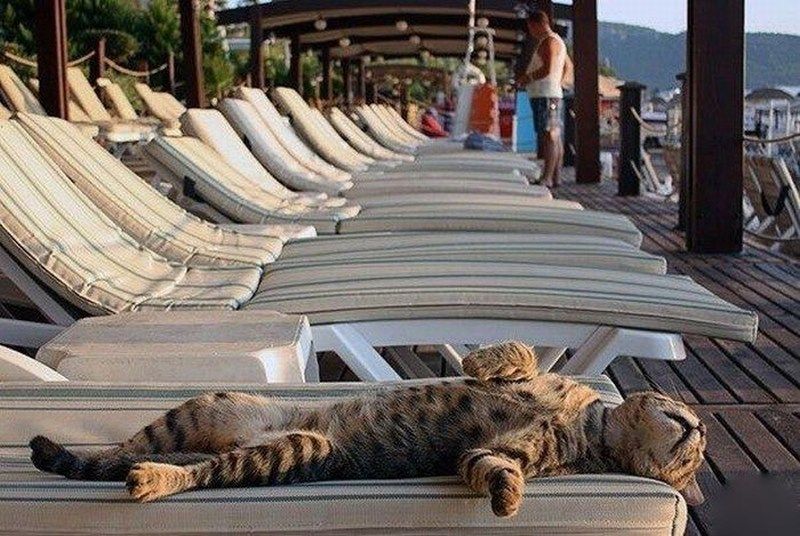 |
Mesajý Yazan: Nick_Karatzides
Mesaj Tarihi: 13/08/2013 Saat 14:46
The whole grass field scene would require a 50x40 cm display base, considering that glider measures approx 70 cm wingspan in 1/18 scale. That could be a problem for my show case in home, which yes, it is big, but not big as an elephant. From the http://www.modeldisplaycases.gr - MDC - Model Display Cases store, I bought a 50x40 cm base, made of polished beechwood with MDF core.
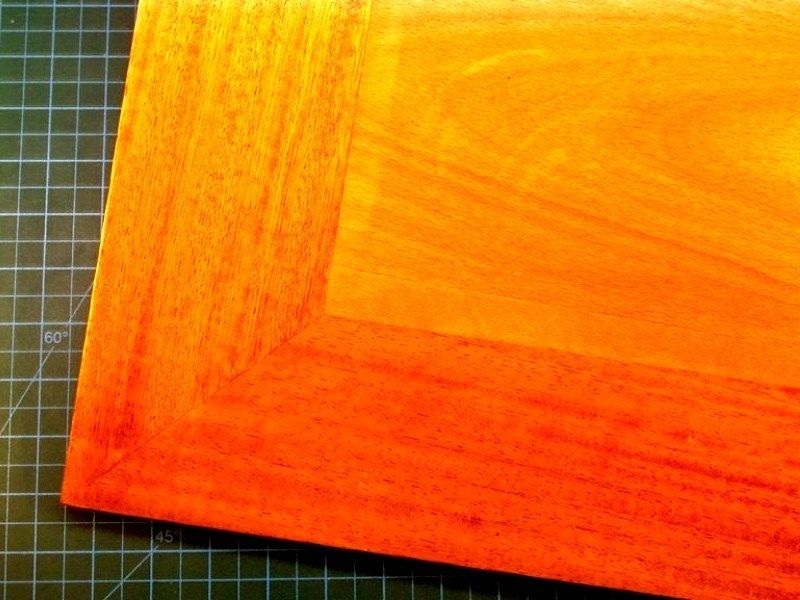 Those who have read my previously uploaded projects, might remember that I prefer using plaster powder to build the section that recreates the ground, especially if it is asphalt. However, the 50x40 cm dimensions of the scene dictate plaster quantity more (and therefore heavier) than usual and for this reason I chose to use another material, because my goal was to build a “grass field display base” instead of weightlifting equipment for champs. For this reason, I purchased a 50x40 cm size & 10 mm thick sheet of balsa wood from my local hobby shop, which I cut & shaped around with my cheaper than dirt http://gicl.cs.drexel.edu/wiki/Group_37_-_Black_and_Decker_Jig_Saw - Black & Decker 400 W / 3000 spm jigsaw bought for 20 € only. The basic idea, is to produce a thick & flat surface which protrudes approx 10 mm beyond the polished beechwood base, on which later green grass & extra stuff will be added where is needed. 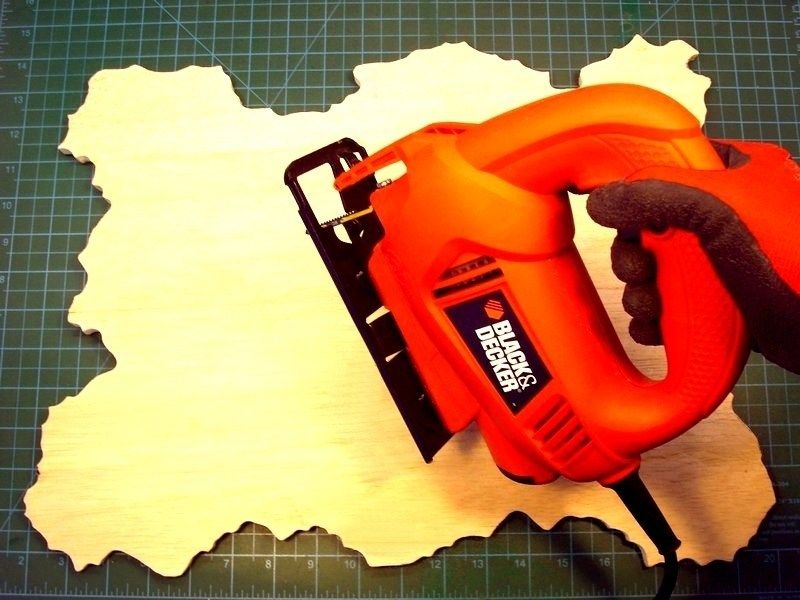
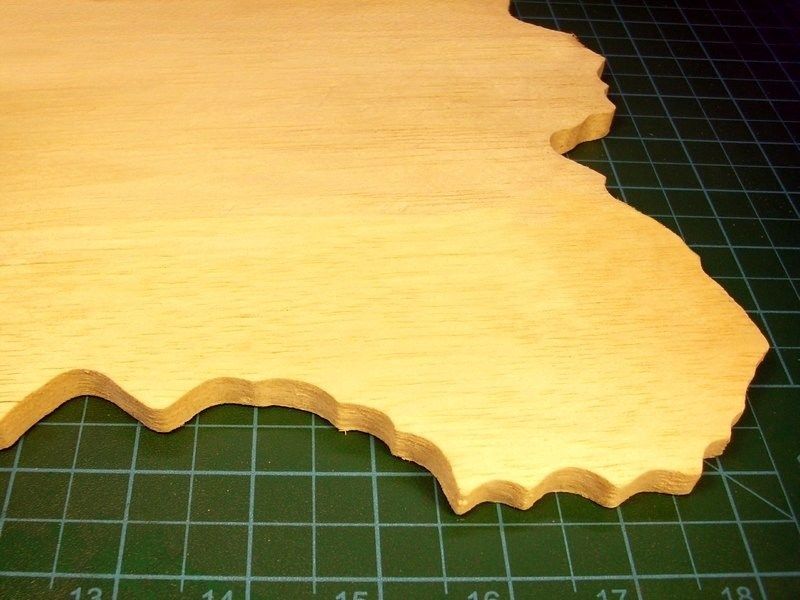
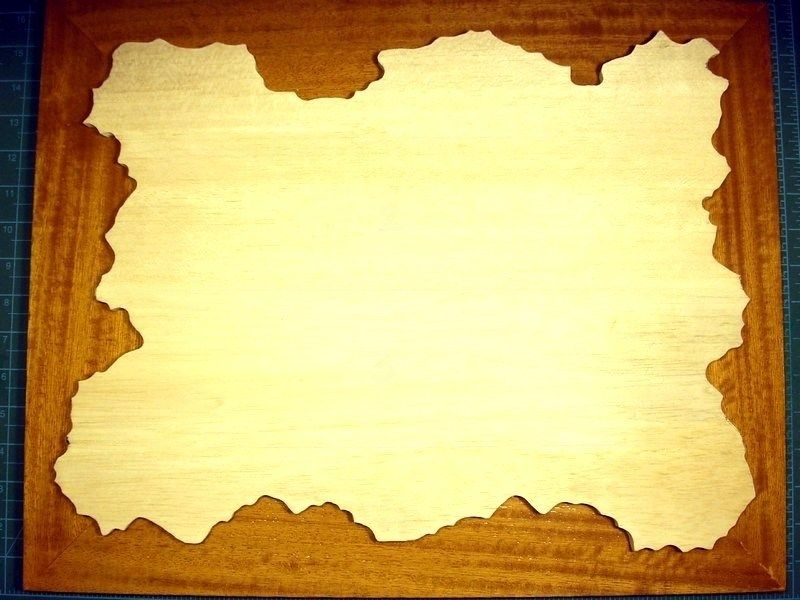 Remember that operating a freehand held jigsaw could be a bad idea if not pay attention on job. Sawdust may also cause problems when breath or shallow. A powerful vacuum system to suck away the dust should be used all time to keep the workbench area clean. Using a breathing mask & pair of protection glasses to prevent dust contact with lungs & eyes, is also an important matter that you should seriously take care of. My recommendation is to also wear working gloves - made of kevlar if possible. 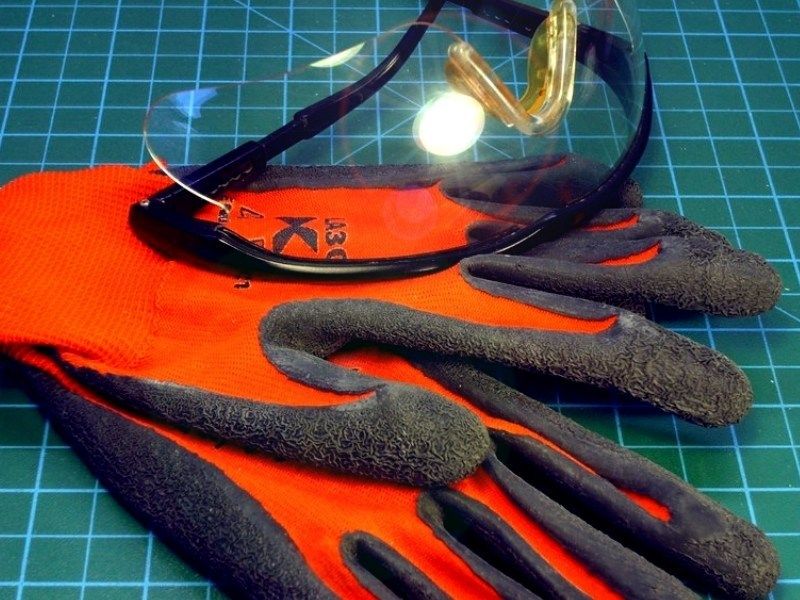 |
Mesajý Yazan: Nick_Karatzides
Mesaj Tarihi: 15/08/2013 Saat 12:37
Unlike the regular practice followed in my previous projects, in which I glued static grass & plants directly on ground untill filling the whole area, I decided to change for an easier and more appropriate method, taking into account the increased surface to be covered. To do so, I bought a 50x40 cm size green grass carpet, made by http://www.busch-model.com - Busch which specializes mostly in train dioramas. The green grass carpet will be glued on the 10 mm thick sheet of balsa wood and will become the main substrate of a dense grass covered ground. Later, I plan to add more static grass & plants, to avoid the monotonous flat football field alike green pattern and make it look closer to reality.
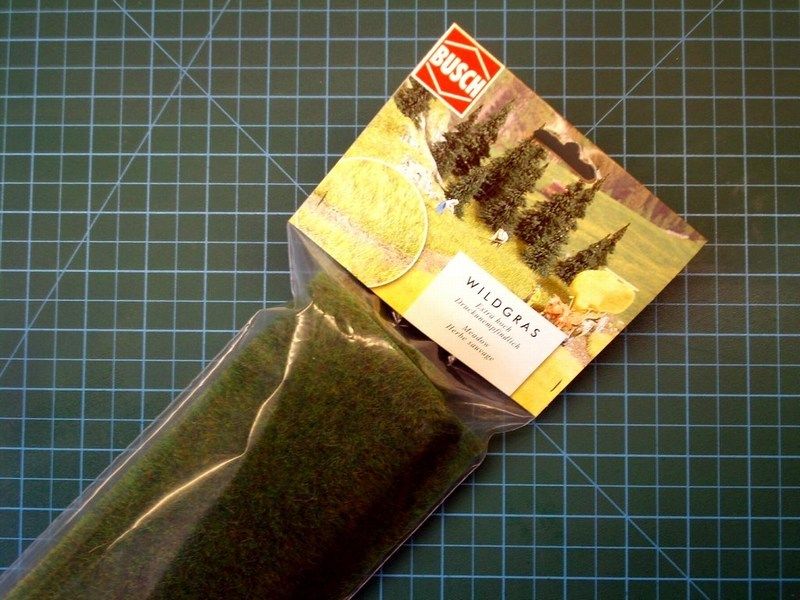 Using scissors, I cut around the Busch's grass carpet, according to contour of the 10 mm thick balsa wood sheet. The grass carpet was secured in place with steel pins and glued onto balsa using water based white glue for wood, which becomes transparent when it dries. Once the process complete and the glue dried, the steel pins which kept the grass carpet nailed on balsa sheet, were carefully removed. 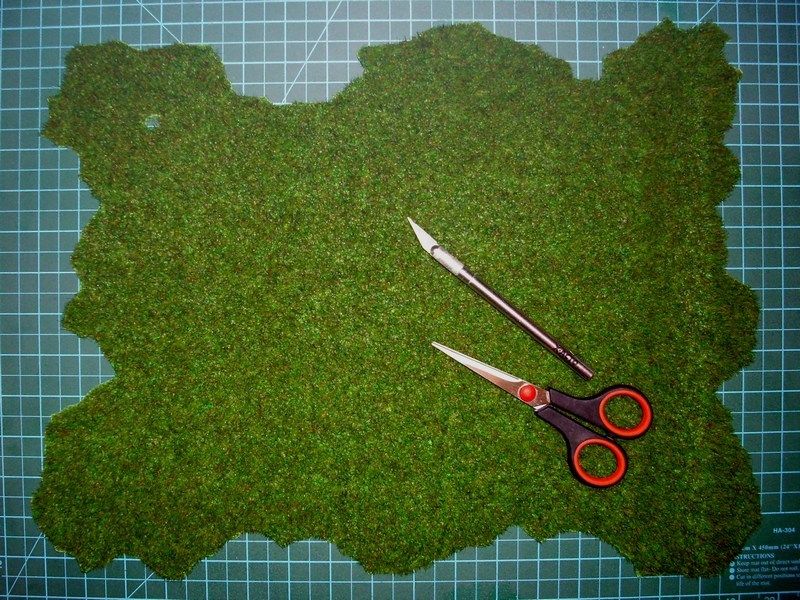
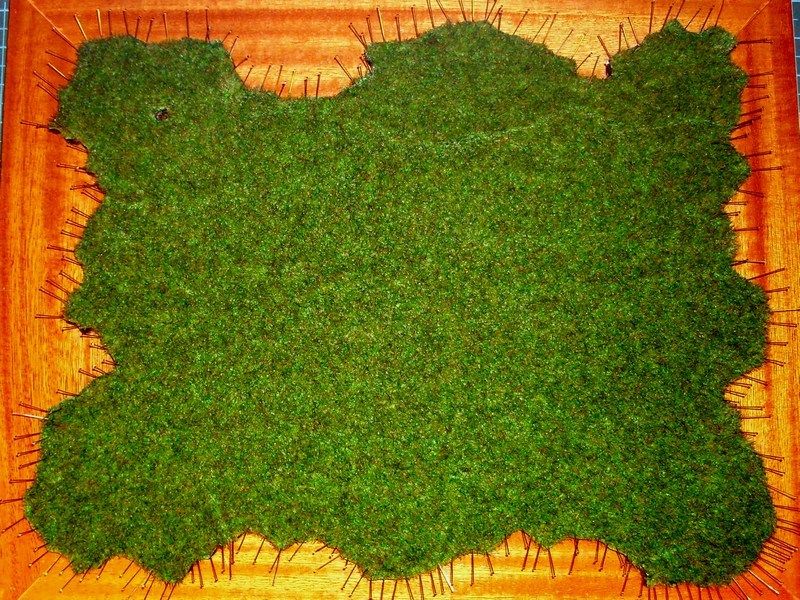
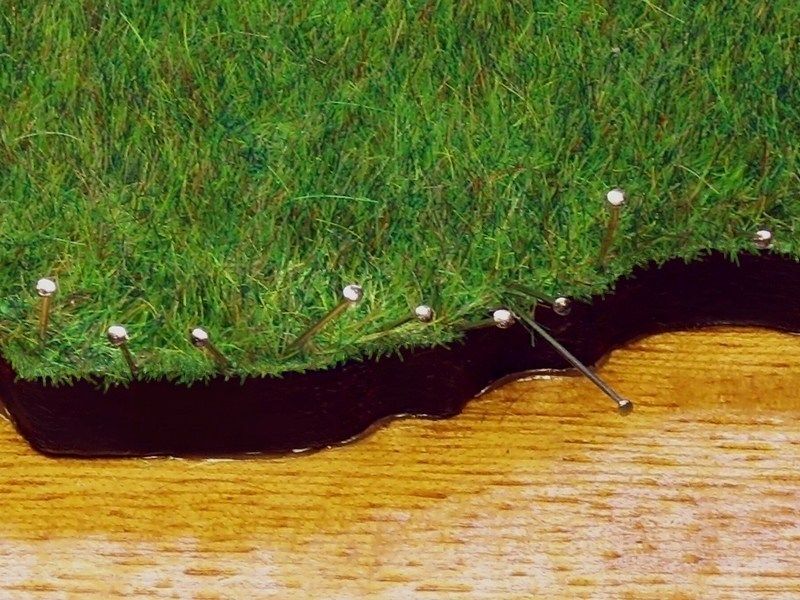 |
Mesajý Yazan: Nick_Karatzides
Mesaj Tarihi: 16/08/2013 Saat 11:20
As previously stated, the scene supposed to takes place in Spring. Next job is to plant an additional static grass layer over the grass carpet. To do so, I used different colours of http://www.heki-kittler.de - Heki static grass found at my local hobby shop. Heki, also specializes mostly in train dioramas. Someone might ask, why I had to apply the grass carpet first and then spread additional layer of static grass, rather than just settle for 2nd option only. The reason that I followed this tactic, is to ensure that the density of the grass would be satisfactory, such that the soil underneath, would not be visible. It could be arguable, that this tactic might be double work for nothing. Well, I only hope that the final result will worth the experimentation & risk taken.
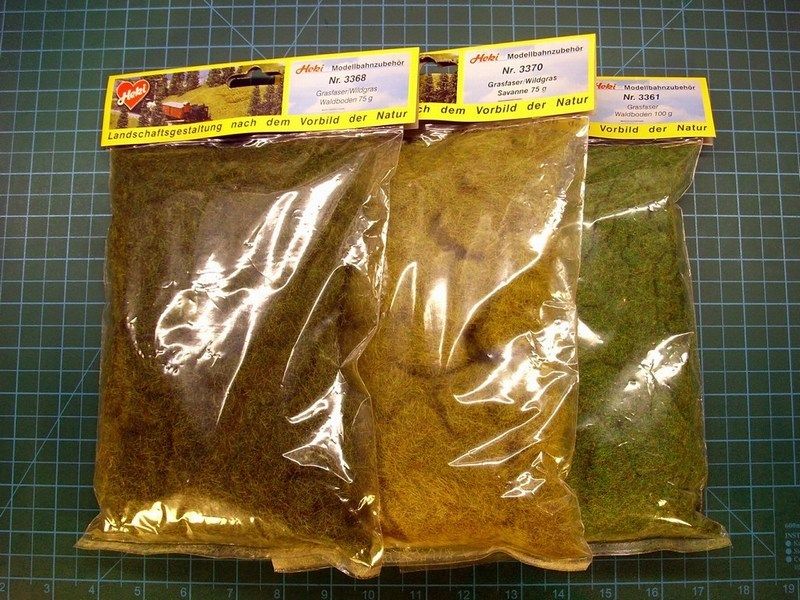 So, I pick a small quantity of water based white glue, placed it into a small metal container, add just few drops of water with a syringe to make the right mixture and finally I applied on the desired areas to be filled with additional static grass & plants, using a wet brush. Because the mixture is enriched with water based glue, it is easy to correct possible mistakes. 



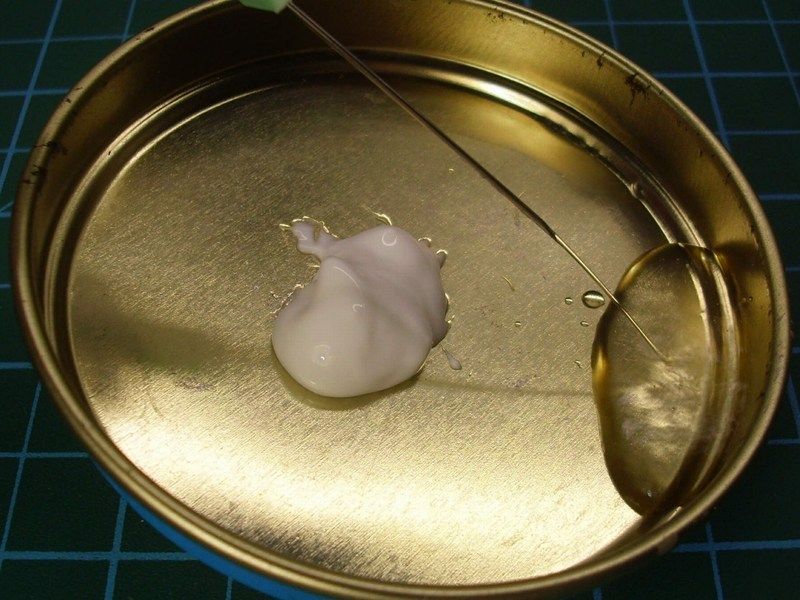

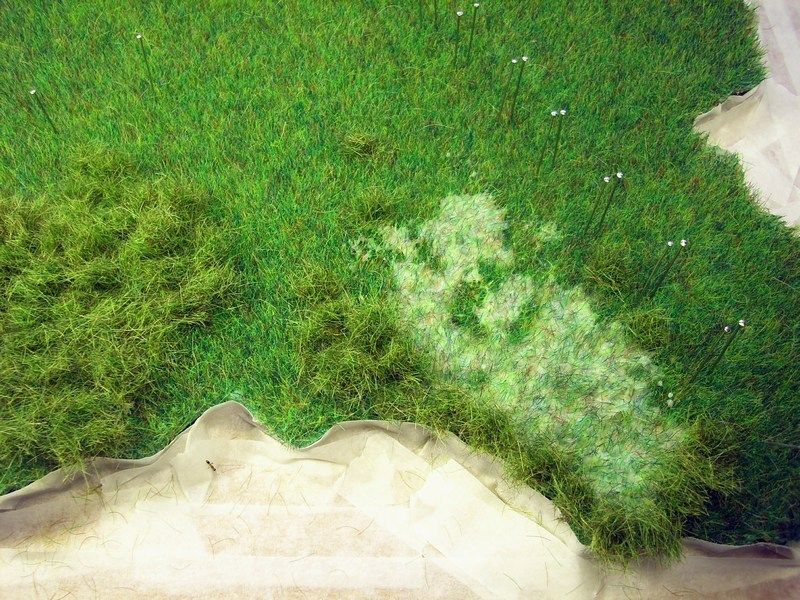
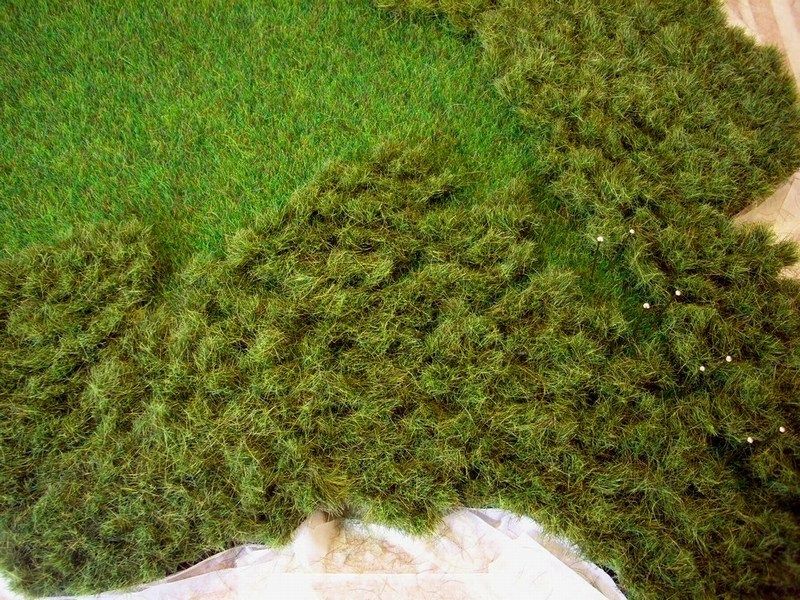
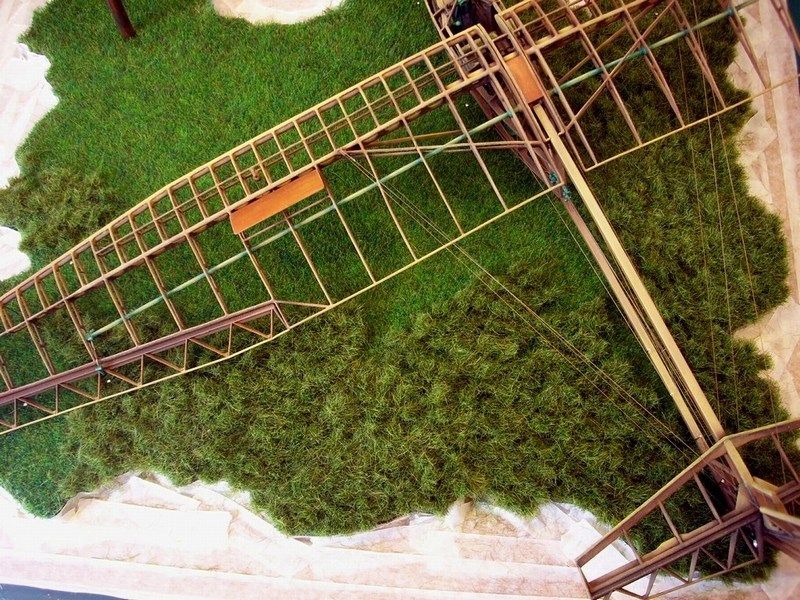 No, this is not the final form of grass - be patient for next WIP updates. For the moment, I am watering the base twice a day, hoping the grass to grow soon. |
Mesajý Yazan: Nick_Karatzides
Mesaj Tarihi: 17/08/2013 Saat 09:28
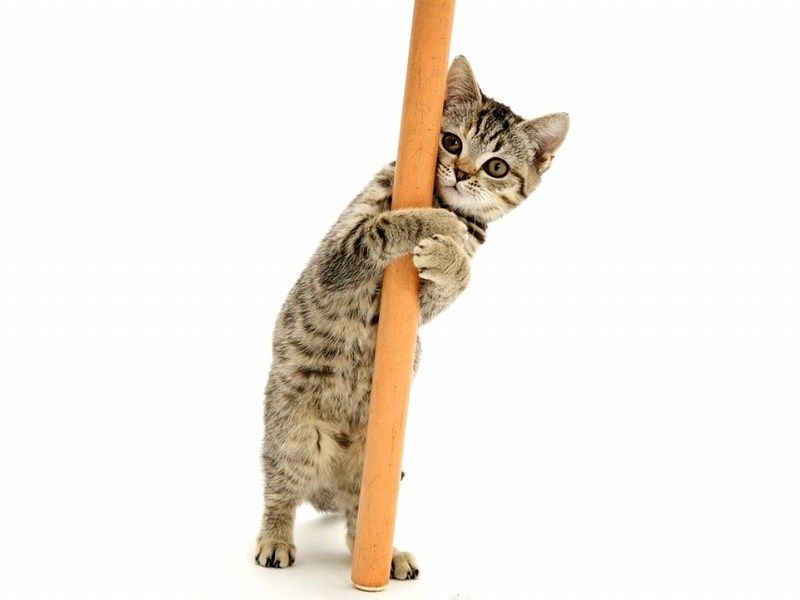 The windsock presented earlier, needed a pole to be placed on. I thought it would be a good idea to build the windsock pole to look like it's made of weathered wood, instead of some metal structure. To achieve the wanted effect, I used a 7.5 mm diameter wooden rod, which I managed to scribe with a wire brush, to obtain wood traces and look more realistic. Later, the radomly scribed wooden rod, repeatedly washed with diluted mixture of 5% "Raw Umber" oil colour and 95% White Spirit thinner, until get the desired tonality. Once the result was OK for me, I left it alone to dry for two days and then I tried some drybrushing with "Yellow Ochre" oil colour, to slightly tone up over selected areas that IMHO should look more enlightened. Finally, I sprayed over with hairspray - the cheapest I found at my local supermarket - to prepare the surface for paintscratching. 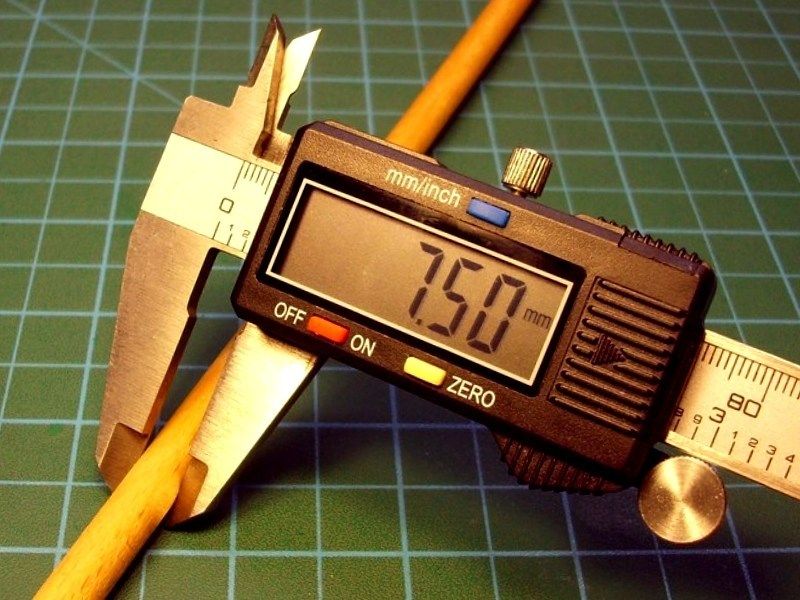
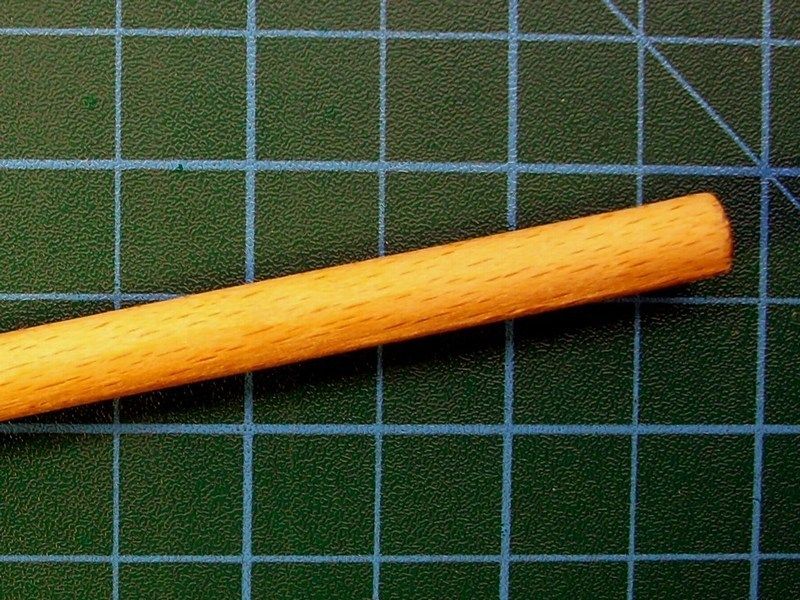
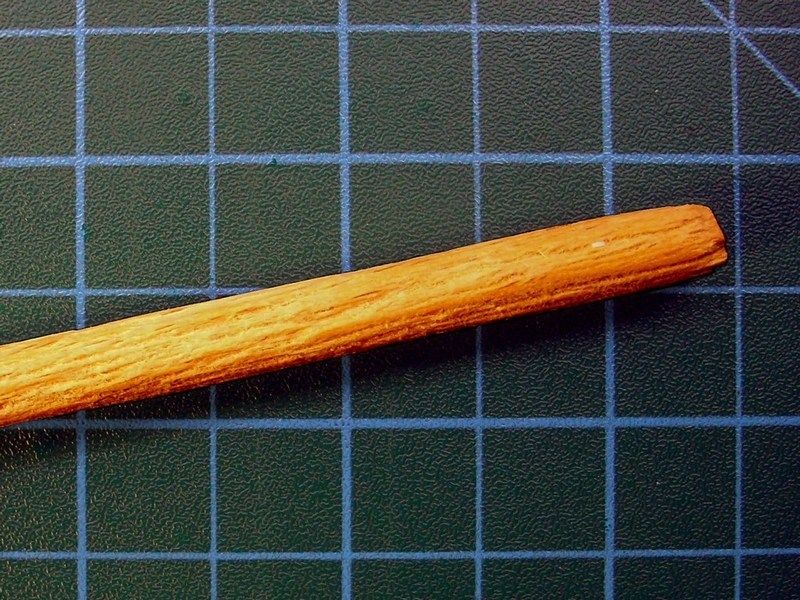
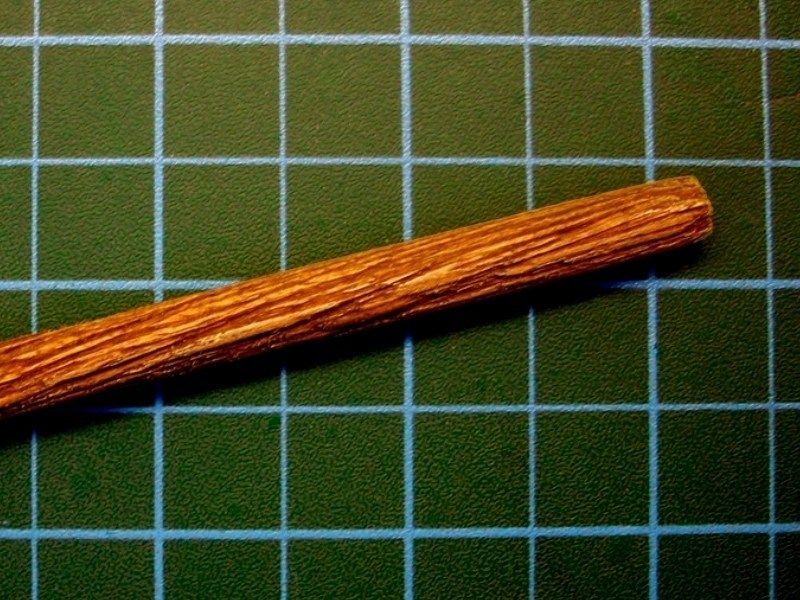 To paint the pole, I used the FS37925 "Matt White" and the FS31302 "Matt Red", available by Life Color as LC01 and LC06 acrylics, applied with a soft brush. I would say the pole is drybrushed more, than painted actually. 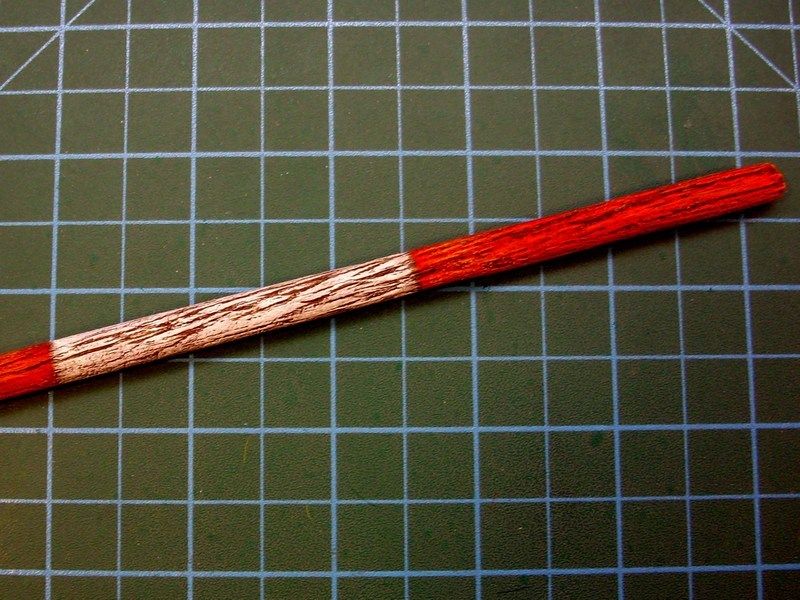 I left the red & white acrylic paint on windsock pole to dry for few hours and then I tried some paint scratching with an old toothbrush, previously moistened with water. The hairspray layer onto which the red & while acrylics had been dyed, began to dissolve and to drift along the overlying paintjob, giving the impression of weathering on wood pole. Additional details such as bolts were also placed and painted with the "Dark Rust", available by Vallejo as 302 acrylic. Rust stains and slimy grime streaking, later apllied on selected areas, using the "Light Rust Brown" & "Dark Rust" oil paints by 502 Abteilung & AK Interactive series and the "Slimy Grime Dark" & "Winter Streaking Grime", available by AK Interactive as AK026 and AK014 filters. 
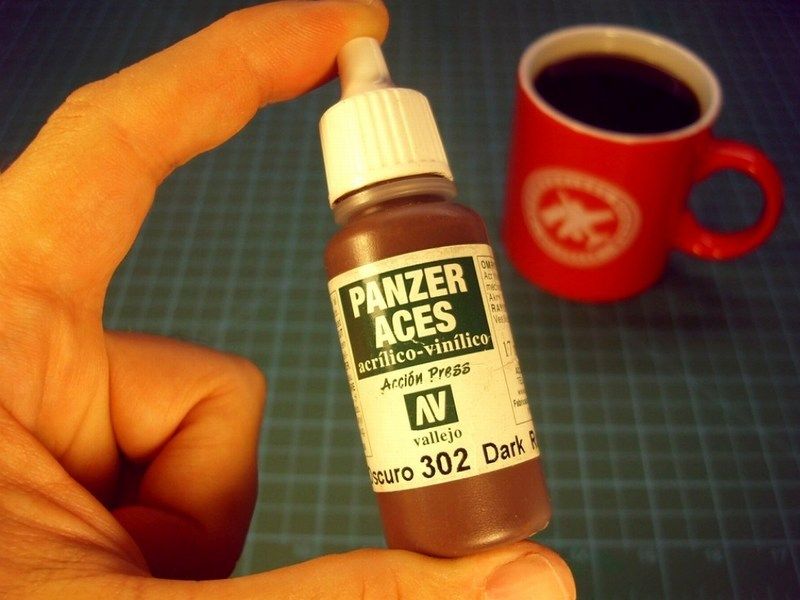
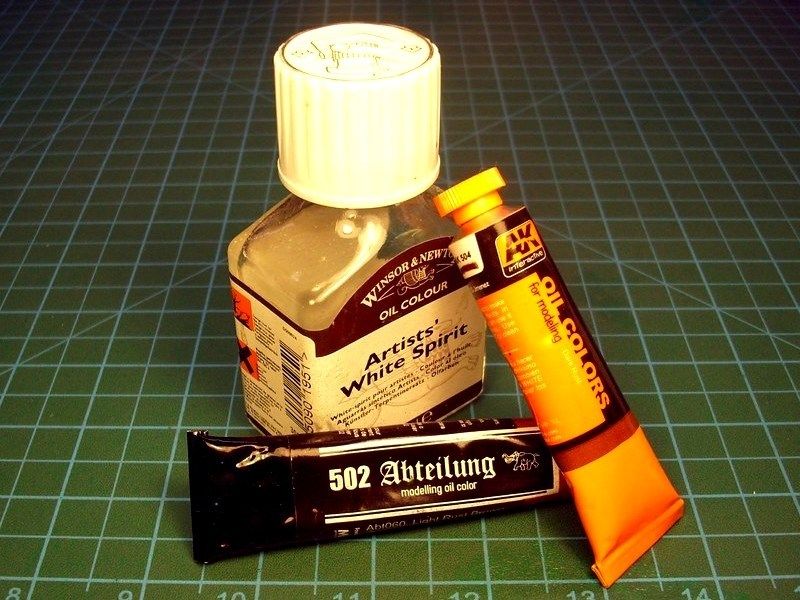
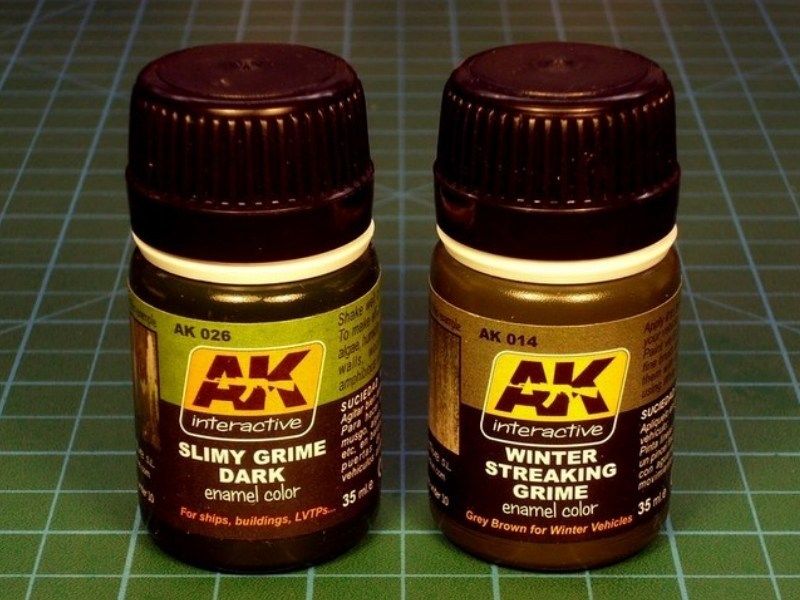 |
Mesajý Yazan: Nick_Karatzides
Mesaj Tarihi: 23/08/2013 Saat 06:25
|
As previously wrote, my objective is to establish a scene of terse abandonment, without extreme features that could distract viewer’s attention, keeping the glider as the main protagonist of the story. The addition of a deflated windsock and a couple of http://en.wikipedia.org/wiki/Pierced_Steel_Planking - Marsden matting / PSP - Pierced Steel Planking plates, seemed good idea to me. The PSP plates, were used during WWII to lay down airstrips. These mats were large perforated steel sheets each measuring 300x30 cm and weighing around 30 kg. They quickly interlink and with a bulldozer for levelling and enough manpower for the laying, an airstrip could be created overnight. The post WWII years, farmers and home owners used them to build garden fences, pig sties, chicken coops, benches, improvised bridges & ramps or as reinforcing panels in concrete buildings. 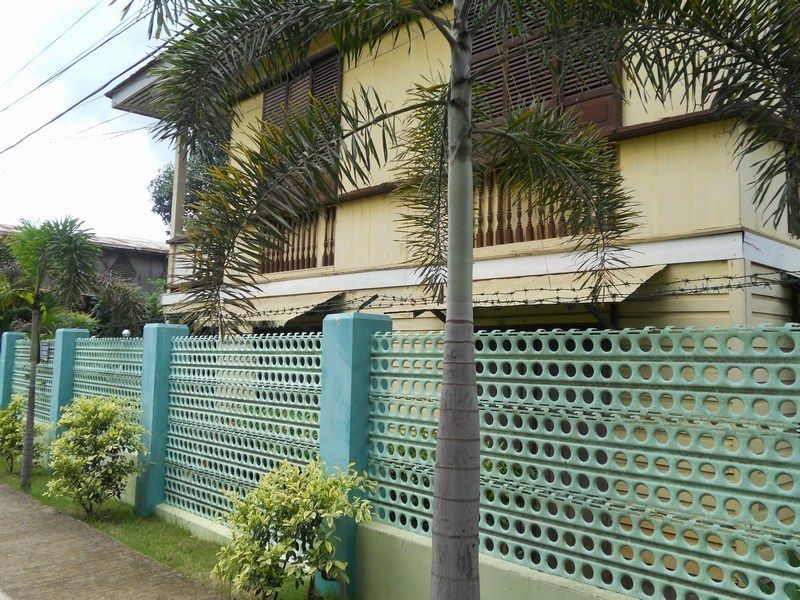
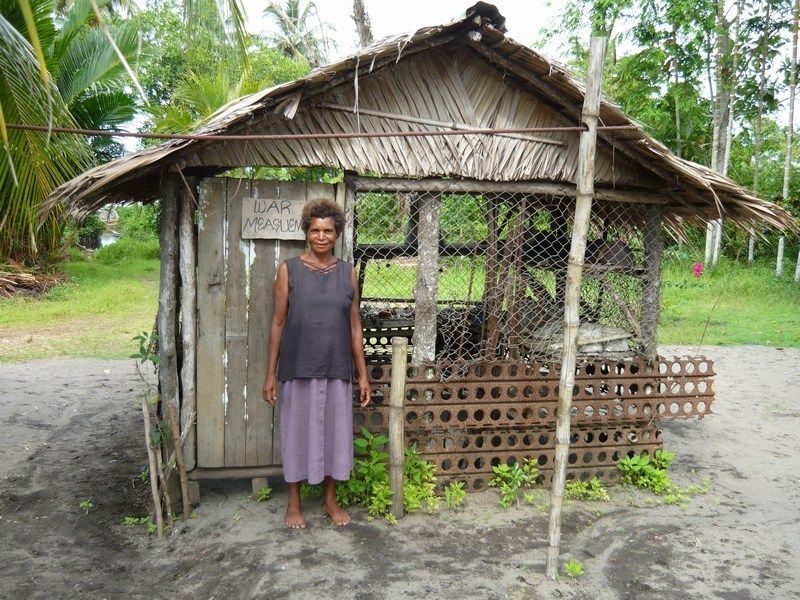
 As earlier described in detail. the windsock was built by Milliput putty. On the other hand, the PSP plates construction, would follow the 3D printing way. It took only 15 minutes of CAD work on my laptop and voilŕ, we have a winner! A new 1/18 scale PSP plate virtual model, is ready to be forwarded to the 3D printer and become an actual object, within few minutes only. As previously described, the file can be scaled up or down to reach the desired dimensions, with few mouse clicks only and later be 3D printed under any scale. Yes, I could scratchbuild some PSP plates with my own hands, using metal foil or by vaccumforming styrene sheet, but I would surely spend much more time. The easier, the better! Actually, I'm not really sure if the handmade result would be so accurate in scale or if I could possibly build it within few minutes only. 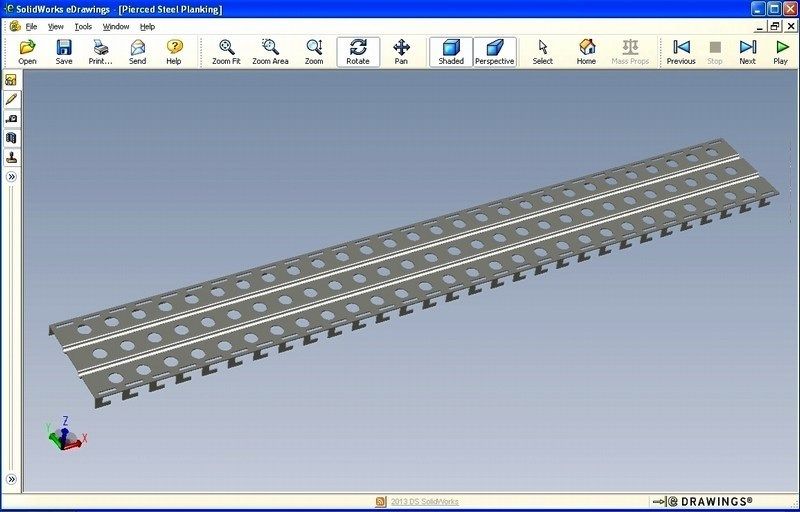


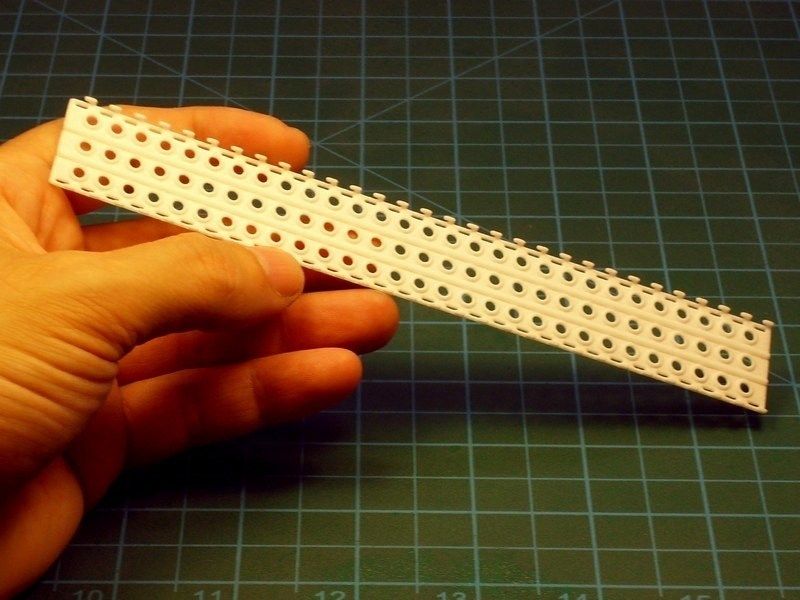 The material used for the 3D printing, is a white plastic (not rubber) that can be handled just like any other styrene part, but its surprisingly durable and incredibly flexible. Additionally, the side hooks on 3D printed PSP plates, can be used to interlink the parts - just like the real one. 
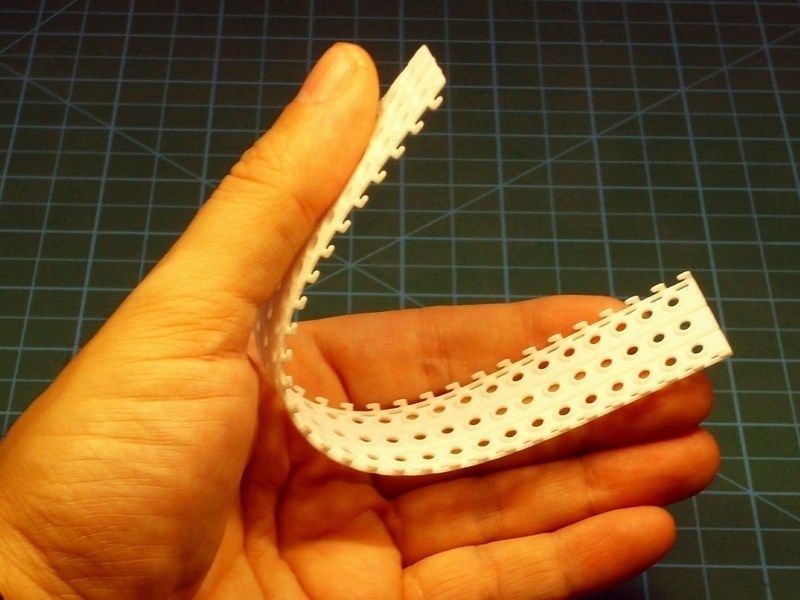
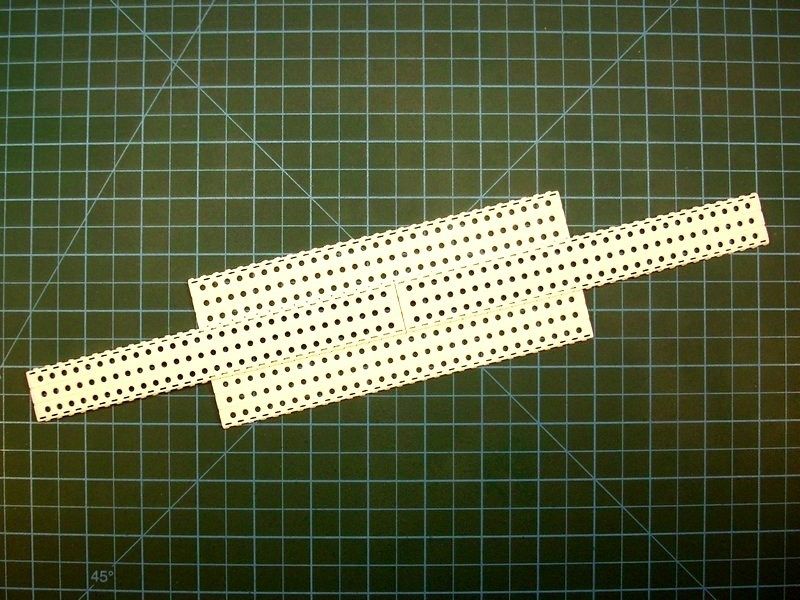 The 3D printed PSP plates washed with liquid soap and warm water and sprayed over with Humbrol acrylic primer to spot any mistakes and prepare for painting. At first, I was planning to leave the PSP plates on ground and let the grass grow through the perforated sheet. Considering the dense green grass covering, I thought that it would be better idea to place them as a part of a rusty fence. The fact is that actual PSP plates do rust when left abandoned for long period of time and available photographs proove it. Since I had in mind to build these plates to look abandoned, I had no reason to avoid an overall rusty colour tones & weathered effects painting. 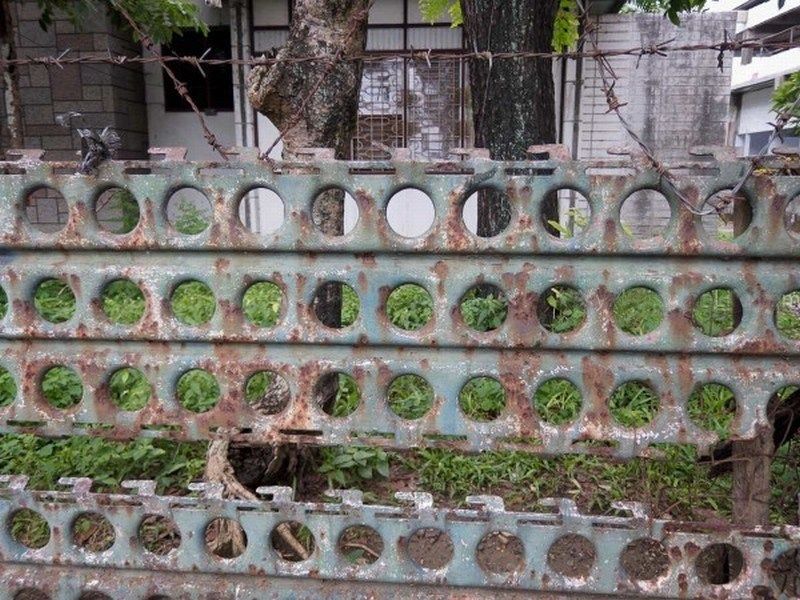
 |
Mesajý Yazan: Nick_Karatzides
Mesaj Tarihi: 25/08/2013 Saat 16:59
Replicating rusty metal, sounds like the Quest for the Holy Grail for an average scale modeler like me. Of course, the books, the videos and the tutorial seminars provided by famous scale model masters, helps a lot to understand some basic principles. Furthermore, the available tools & materials today, makes our life much easier. However, whenever I attempt to recreate rusty metal, I feel like a rookie and I'm never entirely satisfied with the result. In my attempt to recreate rusty PSP plates, I did use the Life Color's "Dust & Rust diorama" 6-pack set, of 22 ml bottles.
[*]Life Color UA702 "Rust Base Color" acrylic, [*]Life Color UA703 "Rust Light Shadow 1" acrylic, [*]Life Color UA704 "Rust Light Shadow 2" acrylic, [*]Life Color UA705 "Dust Type 1" acrylic and [*]Life Color UA706 "Dust Type 2" acrylic.  The first thing I had to do, was apply a base colour on the PSP plates. For a base colour of steel plate I did use the FS3004 "Matt Burnt Umber" available by Life Color as LC37 acrylic. 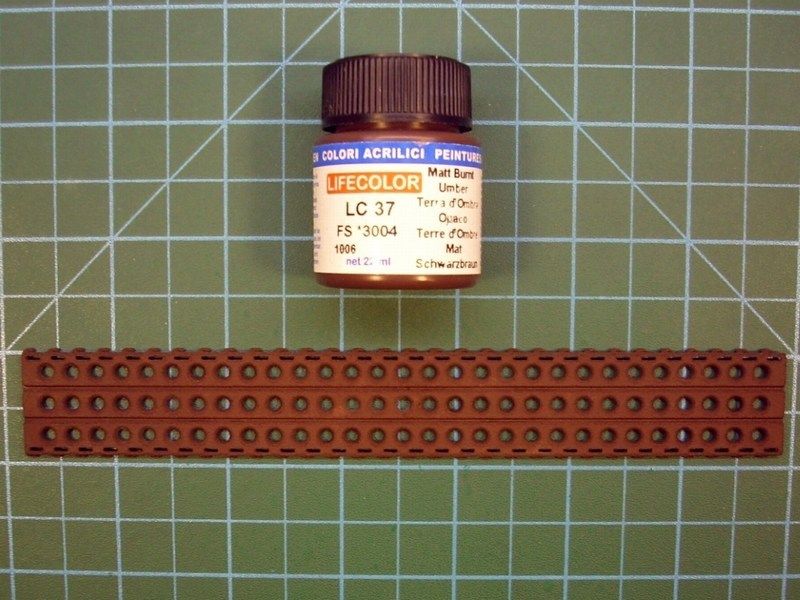 Later, using a fine brush and the Life Color UA702 "Rust Base Color" acrylic, from the previously mentioned "Dust & Rust diorama" 6-pack set, I covered the area with irregular spots. What I noticed while using the Life Color's rust shades, is that although the paints appear to be bright in color, they dry darker and are a perfect match to the real thing. 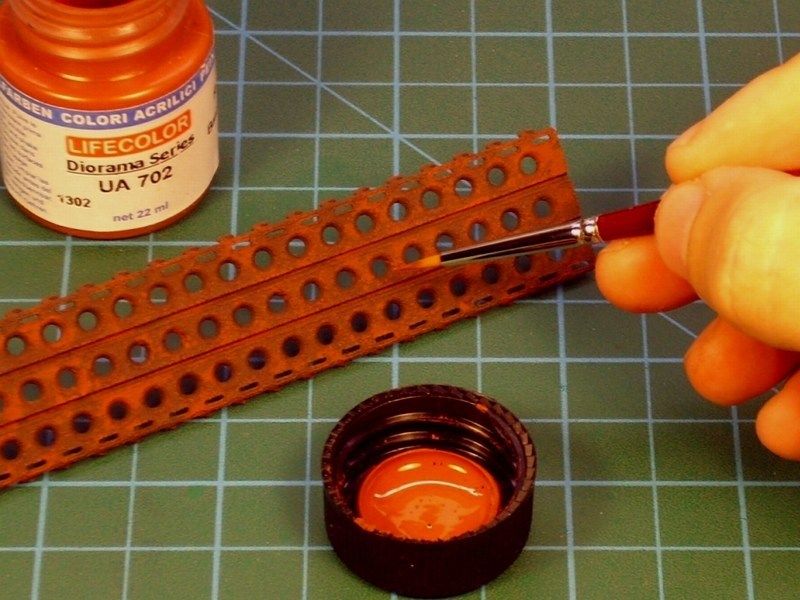
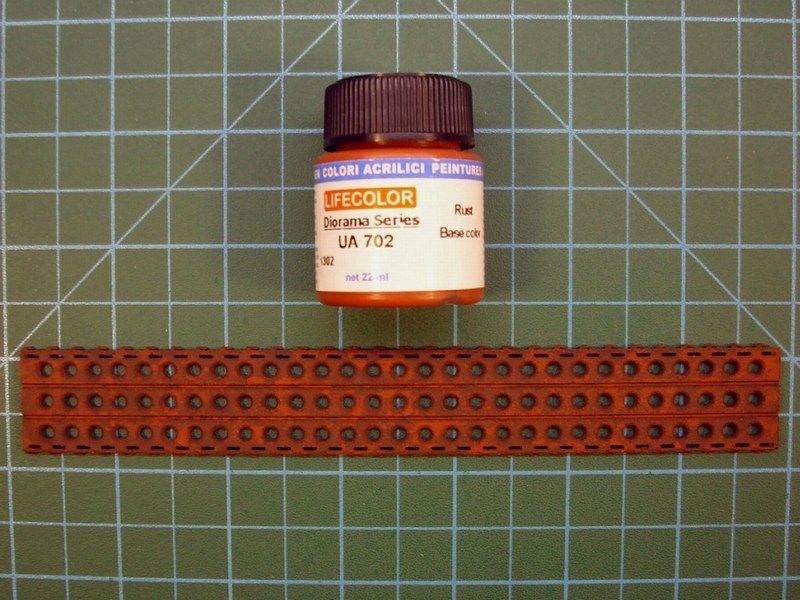 The next two steps involve the use of the sponge technique to add the small chips, which will give visual interest to the base colour. To get best results, I did use a fine textured sponge like those used for packing of electrical items. 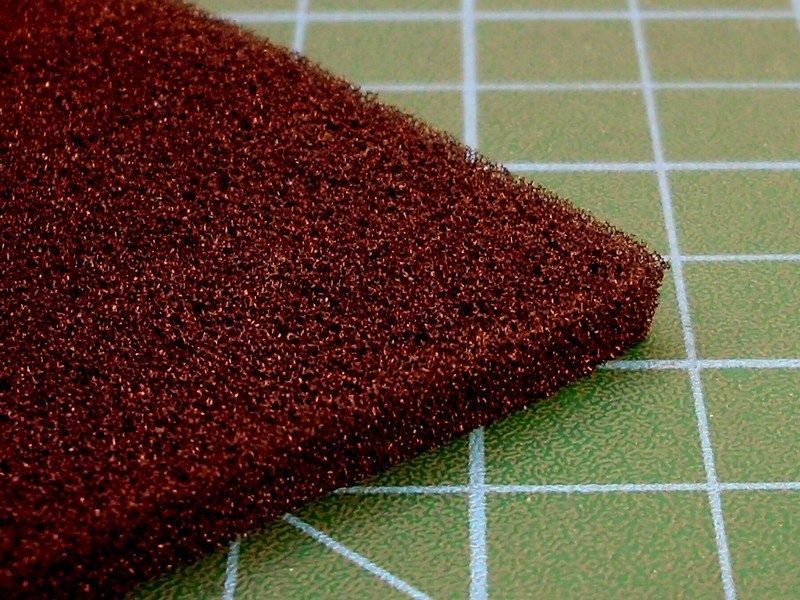
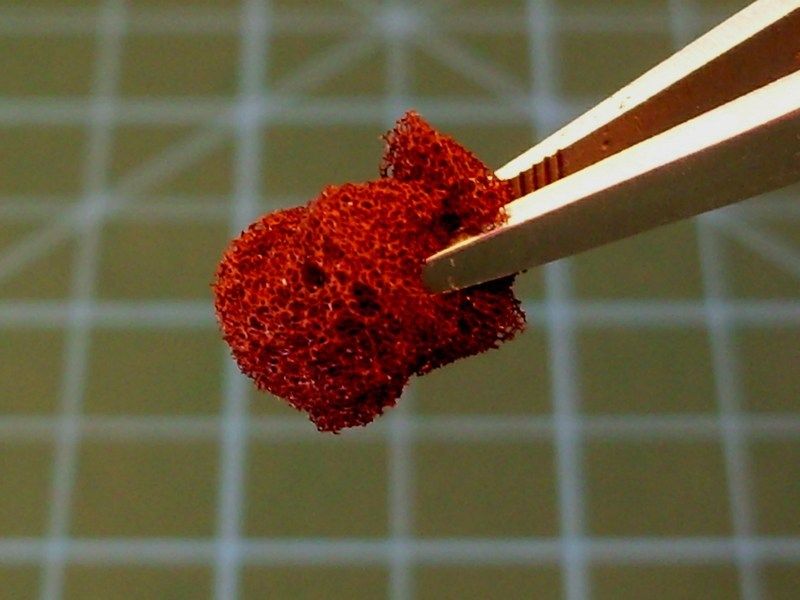 For the first colour, I chose the Life Color UA701 "Rust Dark Shadow" acrylic. For the second colour, I chose a rust tone that is brighter and lighter than the previous base colours. First dipped the sponge in the Life Color UA703 "Rust Light Shadow 1" acrylic, then remove the excess on a paper towel - otherwise it would end up with large blobs of paint on surface instead of a chipping effect. 
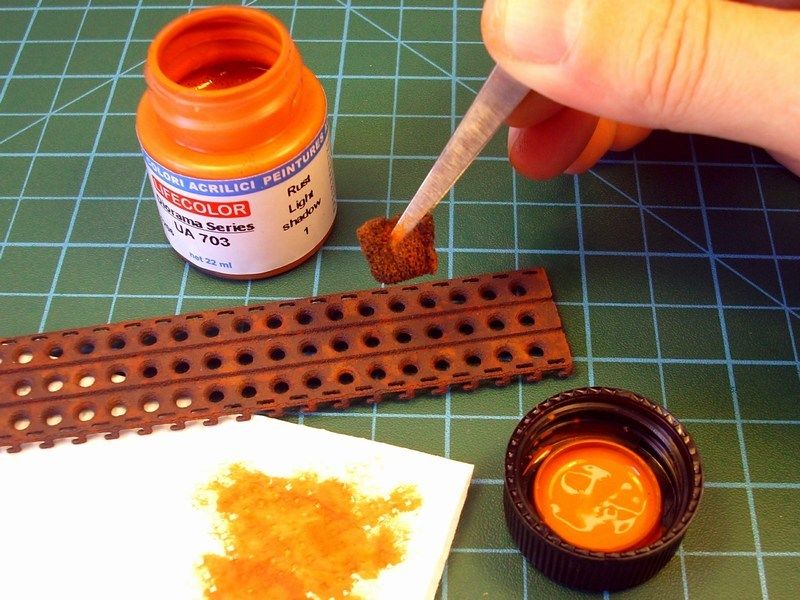
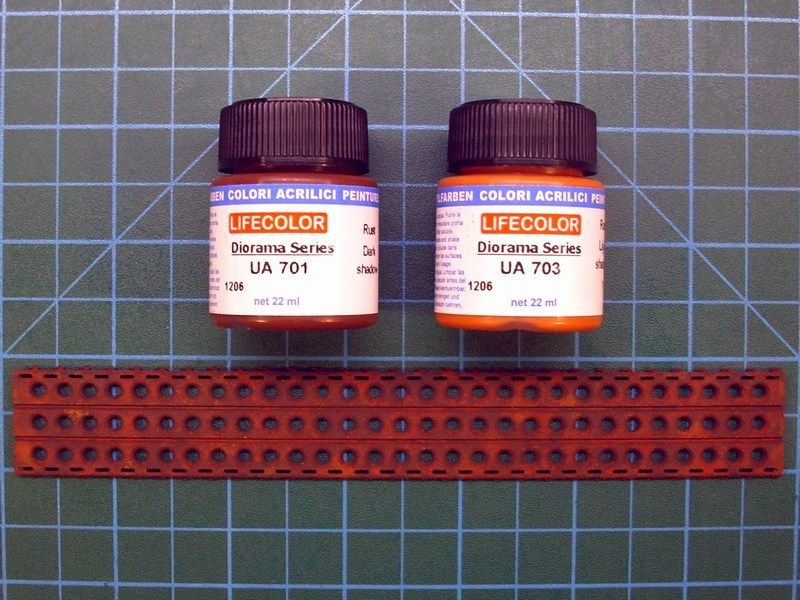 Following, a dense oil paint filter should be applied. In this case, I did use "Vandyke Brown" available by Winsor & Newton, thinned with White Spirit thinner to a consistency between a filter and a wash. This would help to unify the previous effects and tones. 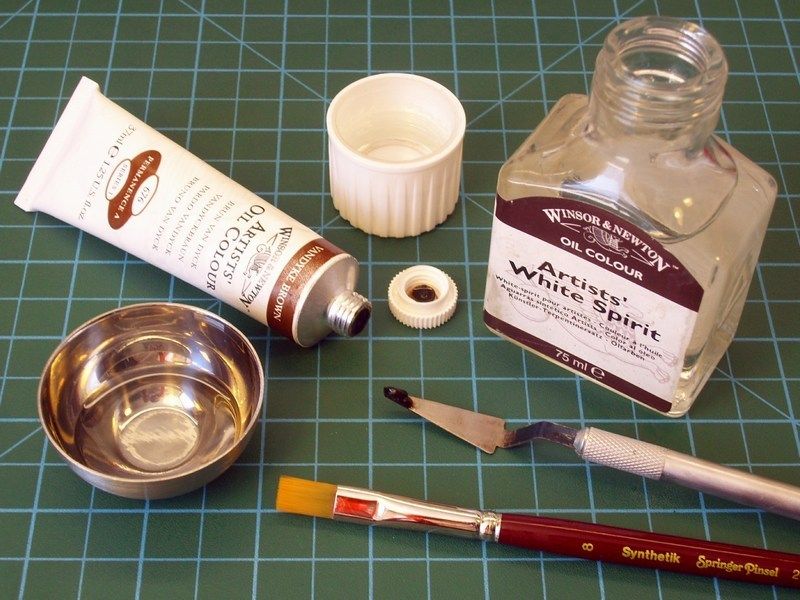

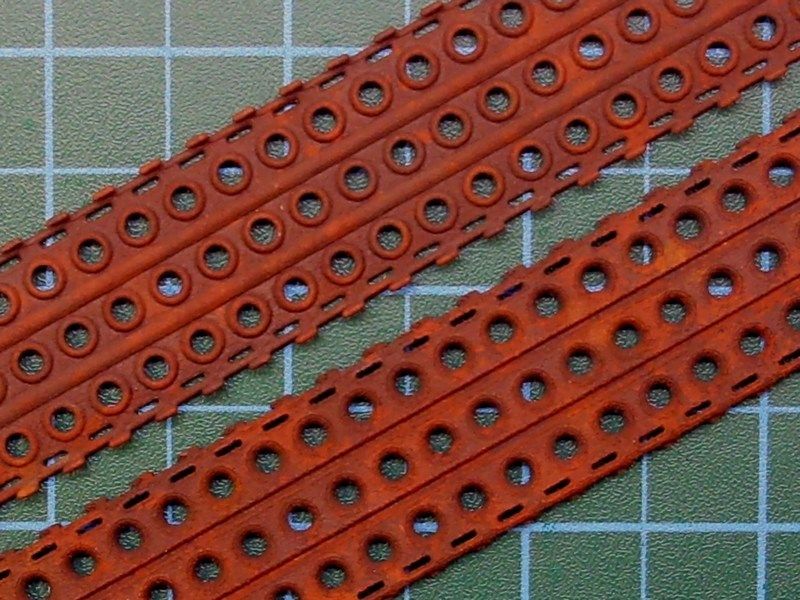 |
Mesajý Yazan: Nick_Karatzides
Mesaj Tarihi: 26/08/2013 Saat 11:53
Once the "Vandyke Brown" filter was fully dry, the next step was to apply a paint layer, to create the chipping effect. This could be done using the hairspray technique and in this case I did use the AK Interactive’s "Worn Effects" which has been developed for exactly this type of effect and would guarantee consistent results.
 With the "Worn Effects" coat dry, some Life Color UA512 "Light Blue RLM 78" acrylic airbrushed on, in a random cloud pattern. Once dried, more sponge chipping added, using the Life Color UA704 "Rust Light Shadow 2" acrylic. 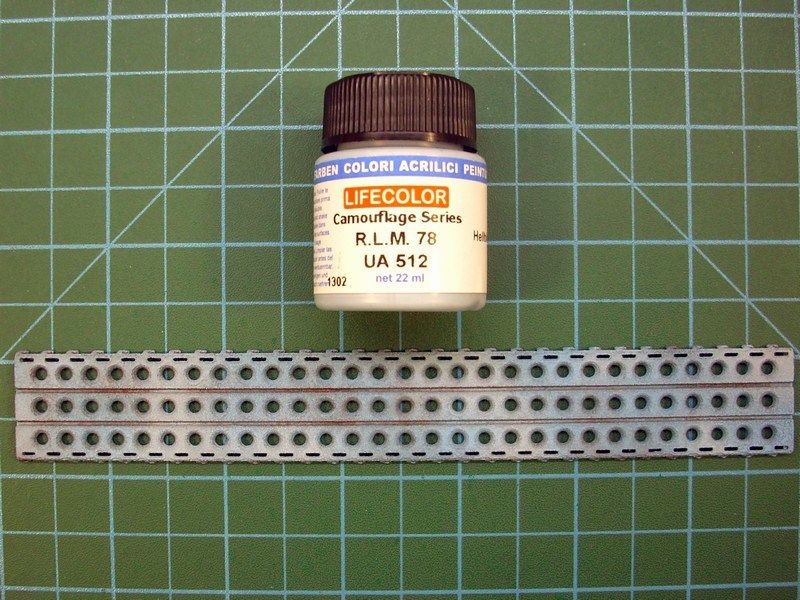 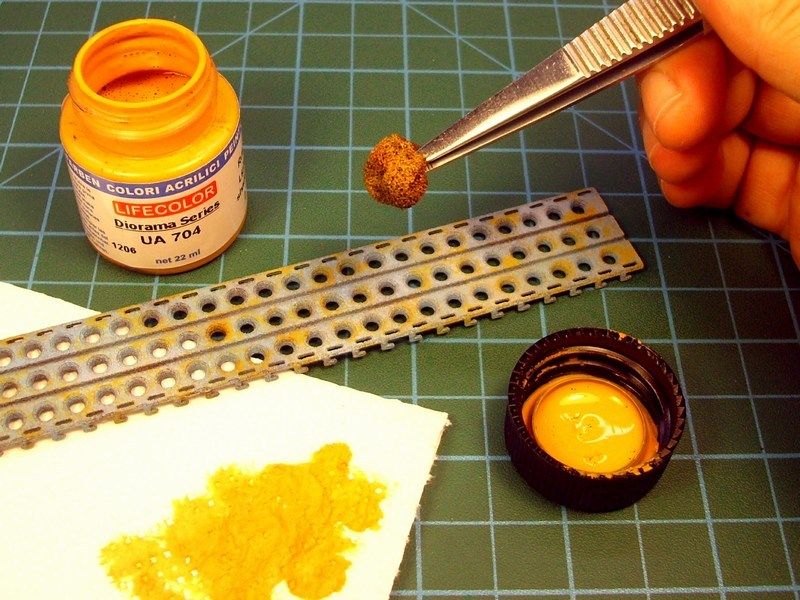
 The paint allowed to dry for about an hour before starting the chipping process. To chip the paint, I simply wet the PSP plate surface with warm tap water and let it soften the paint. Some old stiff bristled brushes & toothpicks were used to scrub and dab the plate’s surface, to create the chipping effects on the light greyblue areas.  Fresh rust marks also added in some selected points, with some of the Life Color UA704 "Rust Light Shadow 2" acrylic. Using a fine tipped brush, the "Light Rust Brown" & "Dark Rust" oil paints by 502 Abteilung & AK Interactive series painted in vertical lines from various chips and scratched added earlier. Once the oil paints had been allowed to dry for a short while, a brush dampered in White Spirit used to blend and soften these streaks for a more subtle effect and obtain visible signs of wear & oxidation. 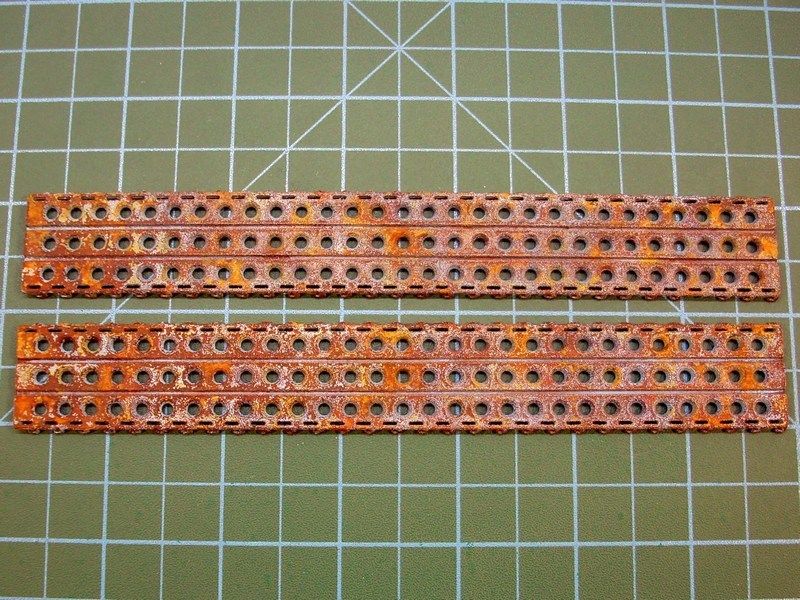 Hmmm, is the camera too far to see details? OK, let’s zoom and get a closer look on oxidation effects & light greyblue paint chipping. To be honest, I'm starting to believe, that my attempt to turn a pigs ear to silk purse, is quite possible to succeed. 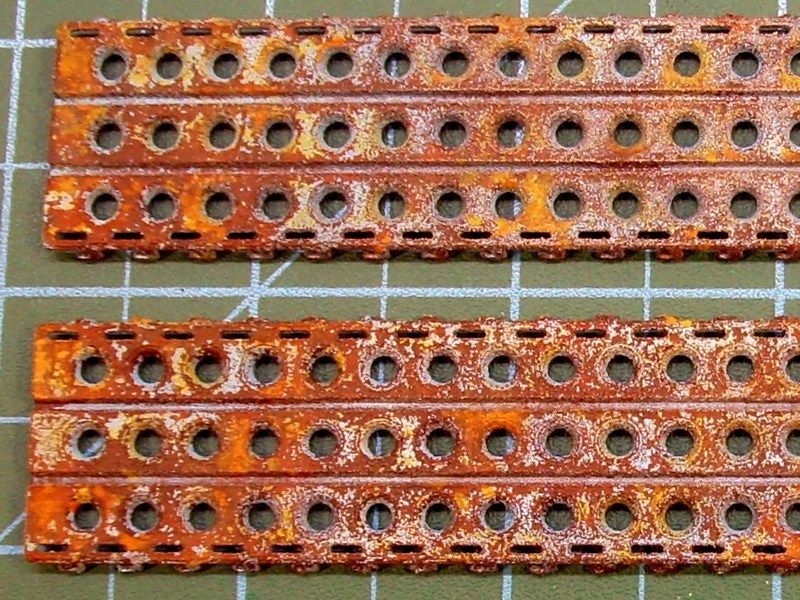 |
Mesajý Yazan: Nick_Karatzides
Mesaj Tarihi: 28/08/2013 Saat 09:34
|
I 've noticed that pilots & airfield supporting personel, use a number of improvised anchors types, to tie down the gliders, ultralights or even single engine aircrafts such as Cessna 172s, especially when operating from some grass covered airfield, without any permanent anchorage points & lashing hoops installation on ground. These improvised anchors are made of concrete filled tires or cement block bricks also known as http://en.wikipedia.org/wiki/Cement_block - CMU - Concrete Masonry Units ). 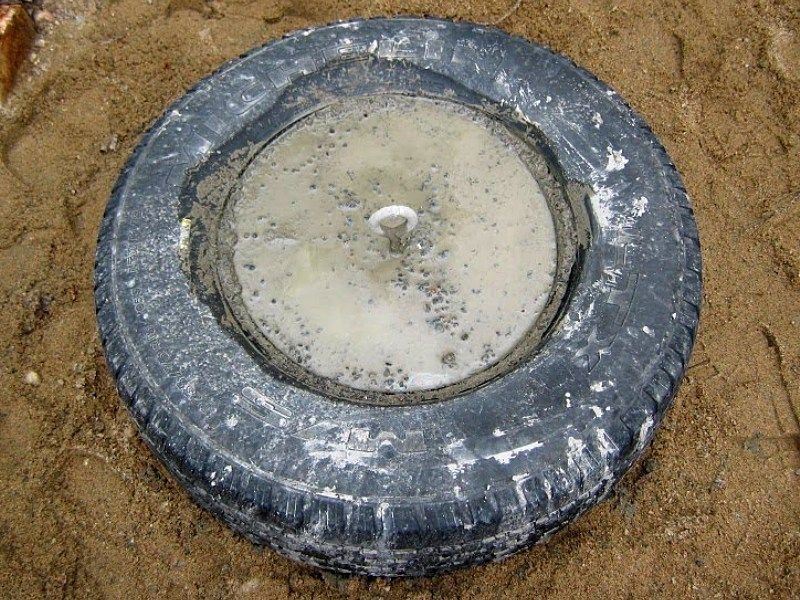 The tying is part of the checklist and therefore gliders, ultralights, gyrocopters etc, should remain tied and with wheel chocks instaled when grounded, because even the slightest breeze can cause to aircraft start rolling or flip the wings and hit wingtips on ground or worst. I've watched a video on YouTube, where a RAF's BAe Harrier GR.7 aircraft with no wheel chocks installed, began trundling because the wind gust, gone away from the apron and finally stopped on the grass, several meters away from the initial parking position. During this special "ride", the ground personnel just stood and watched the embarrassing view. Fortunately, no big damage caused that day, if we exclude some taxiway sign & the fence fell down and of course the groundcrew chief's pride. So, if this can happen on a mighty fighter jet that weighs 13 tons, why not also happen on a glider or an ultralight? 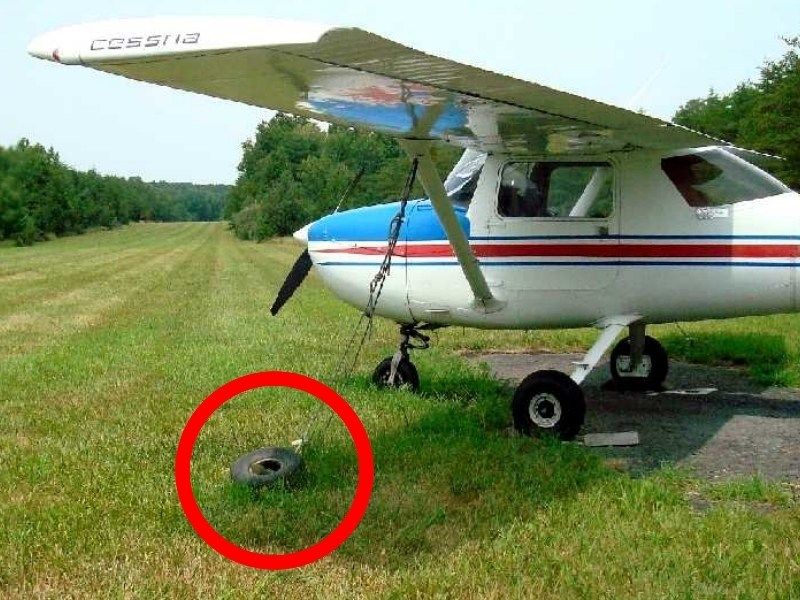
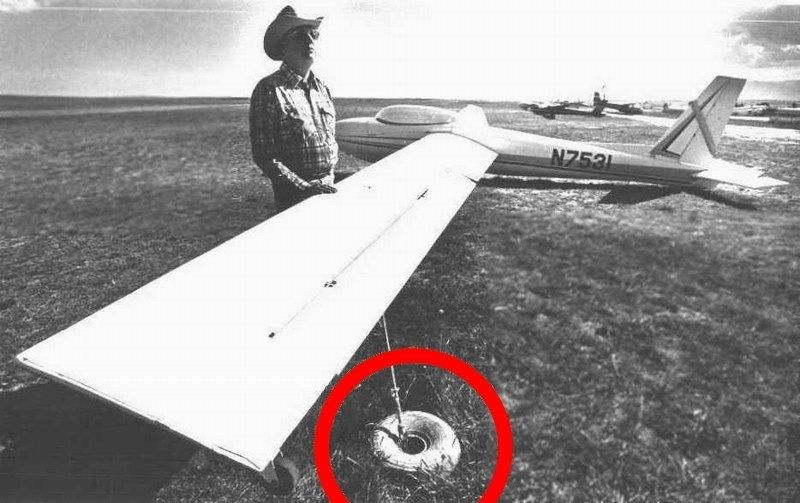
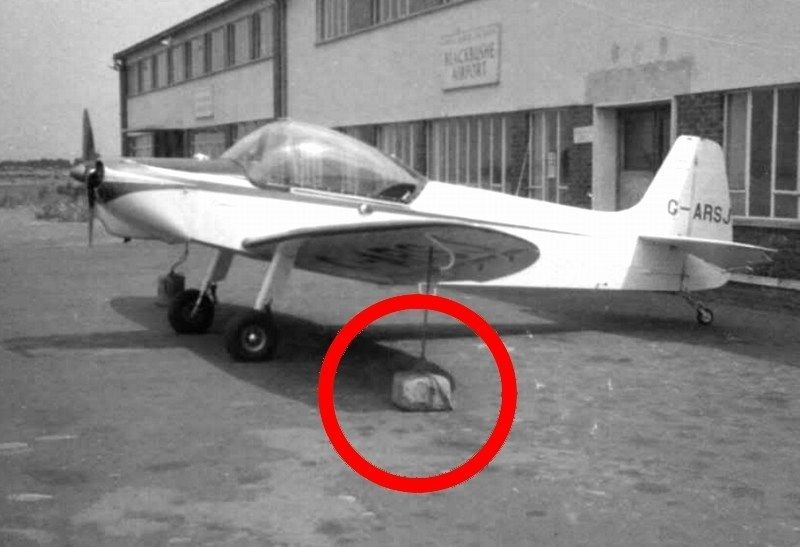
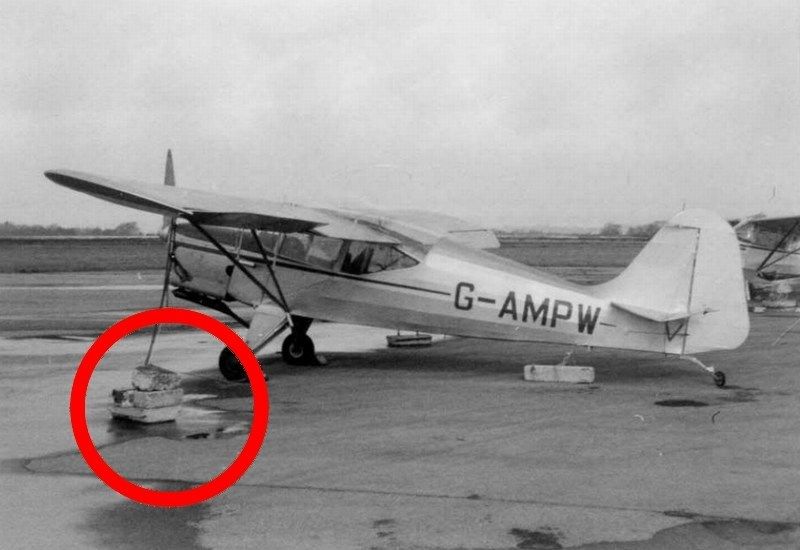
 Building this improvised anchor made by concrete filled tire under scale, seemed OK to me. My first thought was to 3D print it and for this reason I actually, had just the right CAD model waiting for this purpose, in my laptop’s HD. Not having anything more to do that afternoon, I took my Mrs for a ride in town and some shopping at local Mall.  As people say, everything starts with a wish. And then, just like that, while shopping at the supermarket, I found the following item (actually a pencil eraser set for kids), for 0.5 € only. Sometimes the simplest idea can make the biggest difference and it looks like someone had the idea to produce & sell some pencil erasers that look like car wheels, waiting for me to find it, when I need it. Since I found this item which looks like a weathered wheel tire and seems to meets the criteria for 1/18 scale size, for a cheaper than dirt cost, I had no reason to 3D print the tire. PS. Damn’d, I should wish for “World Peace” instead of “I need a 1/18 scale tire”.  I removed the rim and filled the inside of the wheel with plaster to recreate as closely as I could the rough surface of cast cement & gravels. Because the plaster mixture was quite watery, I had plenty of time until become hard. So I also added some grains of volcanic sand into the plaster mix, hoping to recreate gravels. These volcanic sand grains (hand picked during summer vacations at the island of Santorini) seem to be ideal for the purpose and weight much less than normal beach sand. 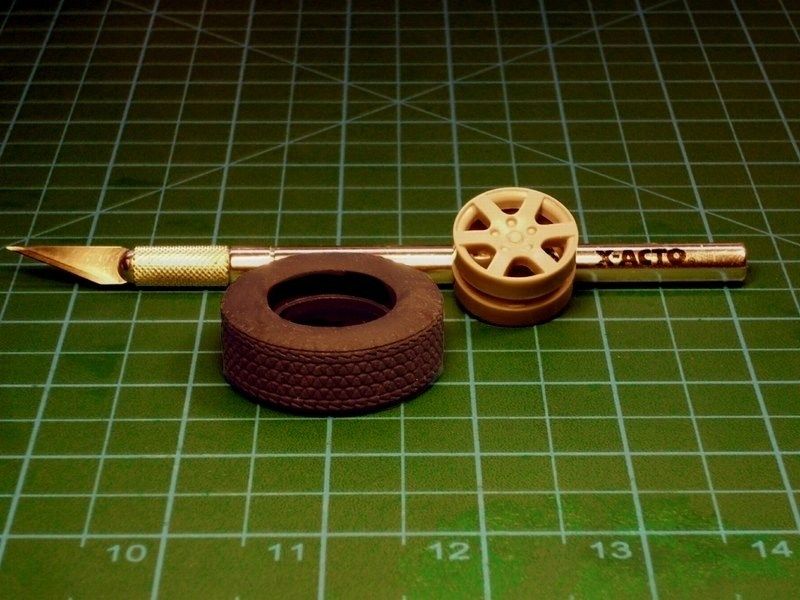
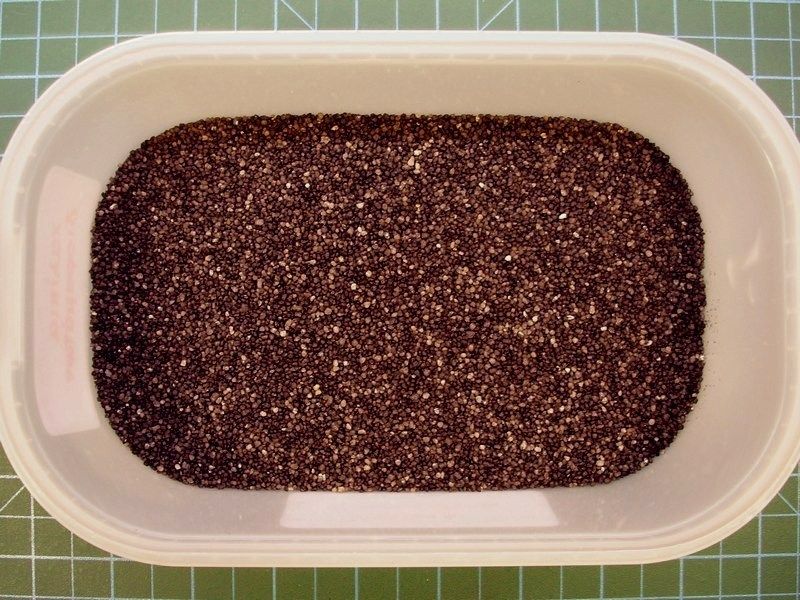
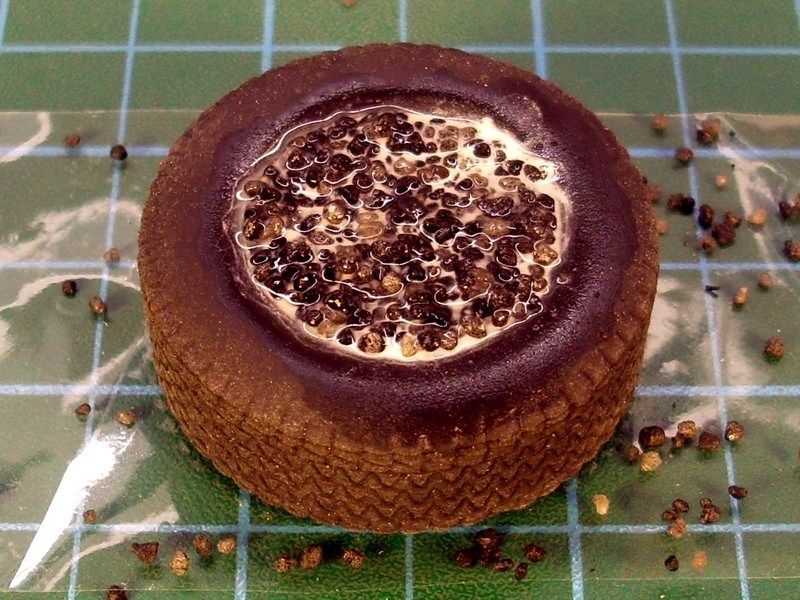 As soon as the plaster cast got harden, the anchor was sprayed over with Humbrol light grey acrylic primer to get prepared for the FS 37038 "Matt Black" available by Life Color as LC02 acrylic. Later, the gravels were also painted with light gray & sand shades. 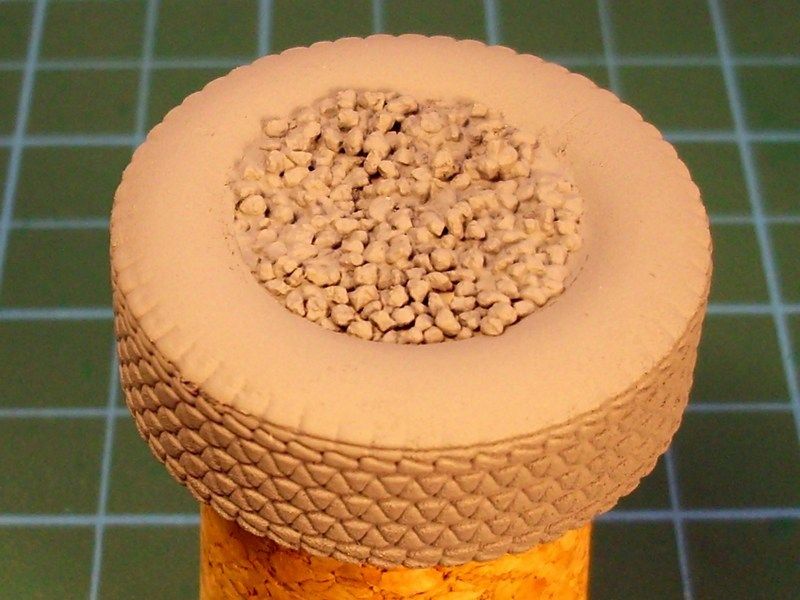
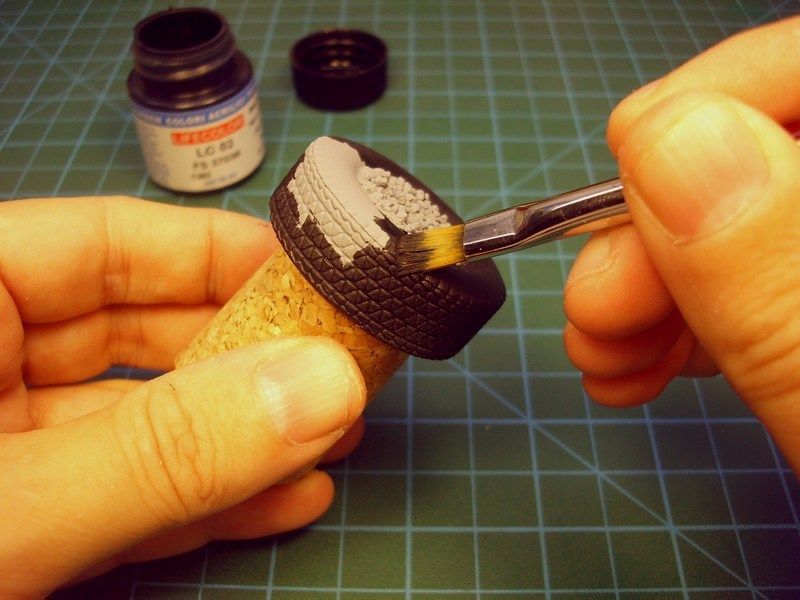
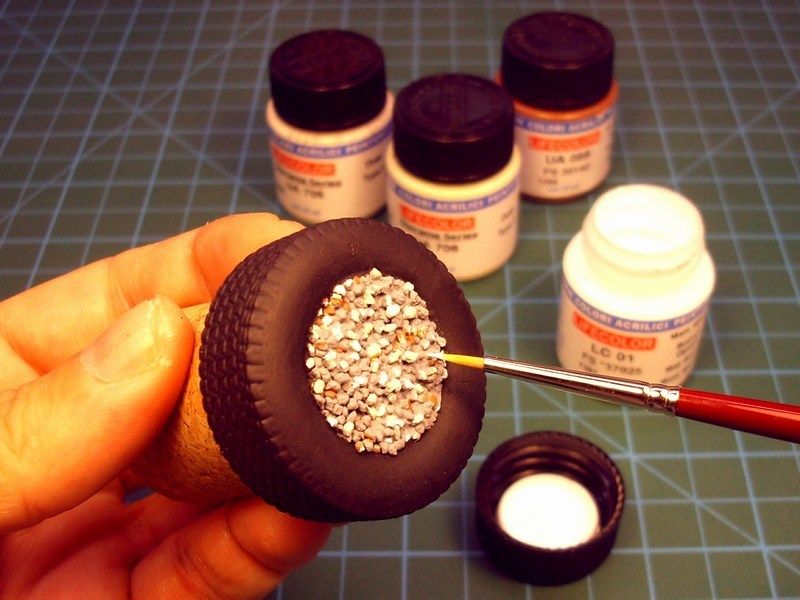 The paint allowed to dry for a couple of hours before starting the dusting process. The next two steps involve the use of pigments, which would give visual interest on the old & weathered tire. To get best results, I used "Raw Umber" pigment, a small metal cup, a flat brush and a bit of water. I add some grams of pigment powder and few drops of water into the cup to make the right mixture. It is important to add a tiny amount of water in order to make the mixture look like mud - not like soup. For this reason, I use a syringe to add just few drops on the pigment powder and I stir using the brush. The pigment applied with paintbrush with pressure, over the whole surface. 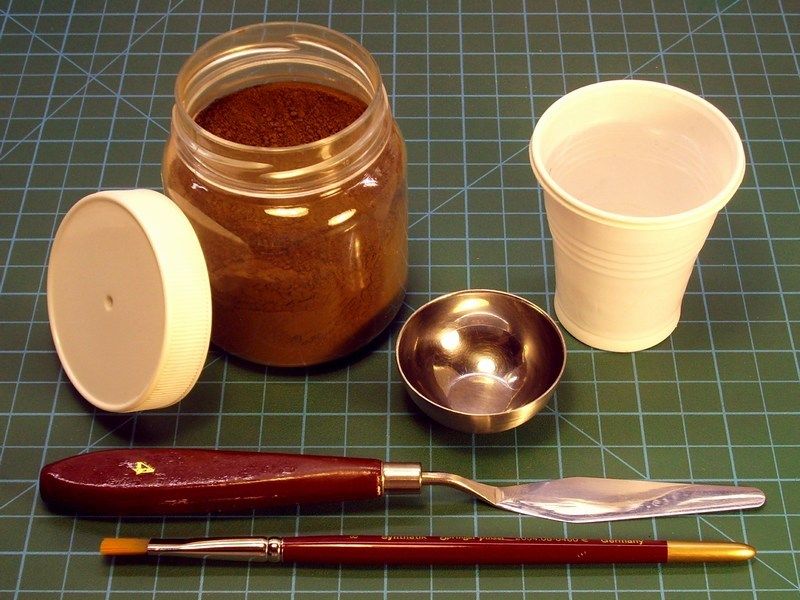

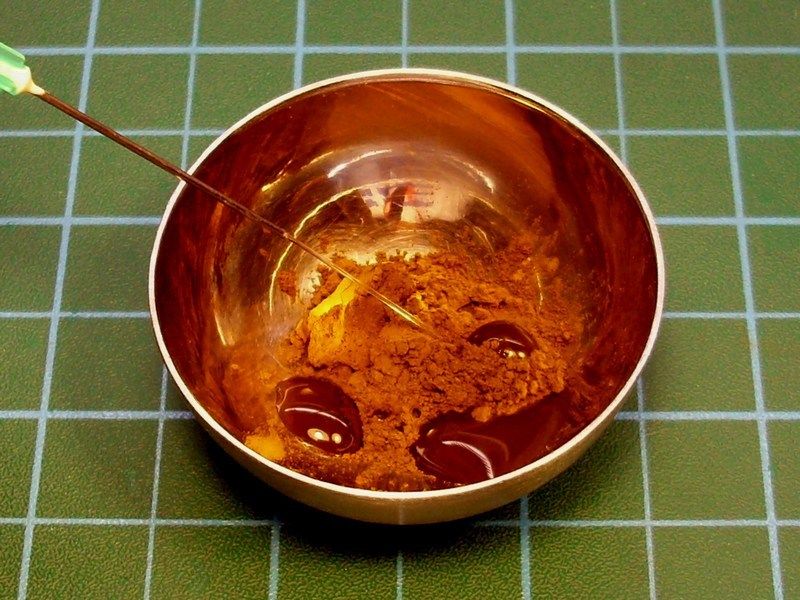
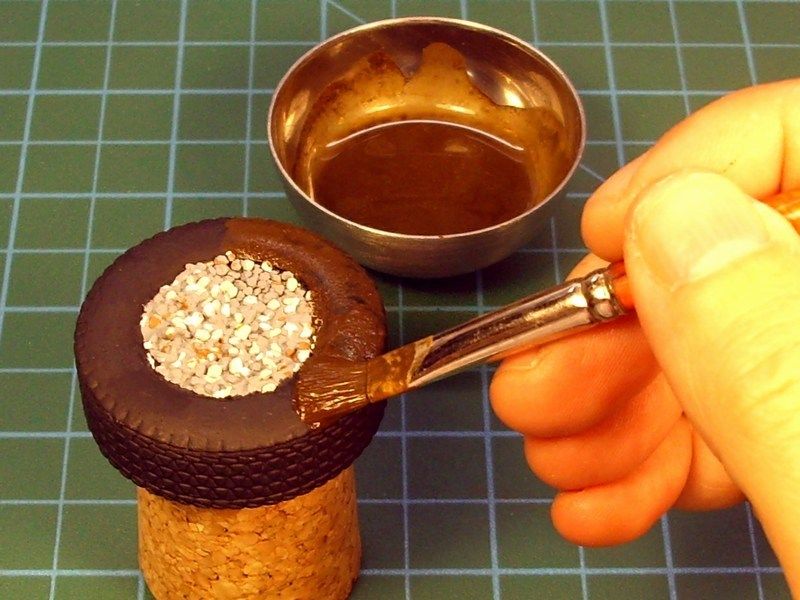
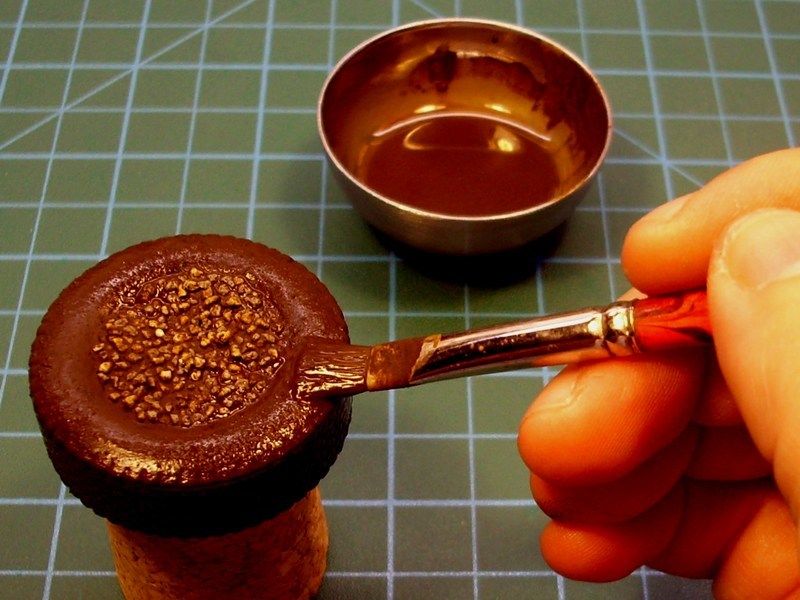 When the pigment wash dried, I rubbed off the high spots with a hard toothbrush and removed the dust excess. The high spots were cleaned to the basic finish and the low spots were left dusty. As soon as it looked OK to me after brushing & removing "Raw Umber" pigment dust, I continue to second step and add some grams of White pigment powder in the metal cup. Using a flat brush, I tried a pigment powder drybrushing, on the areas that supposed to be more enlighted. 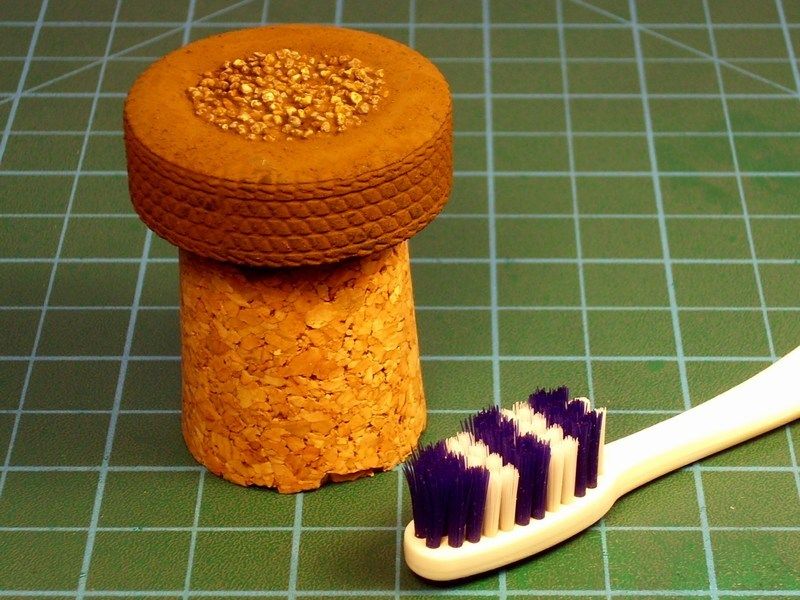
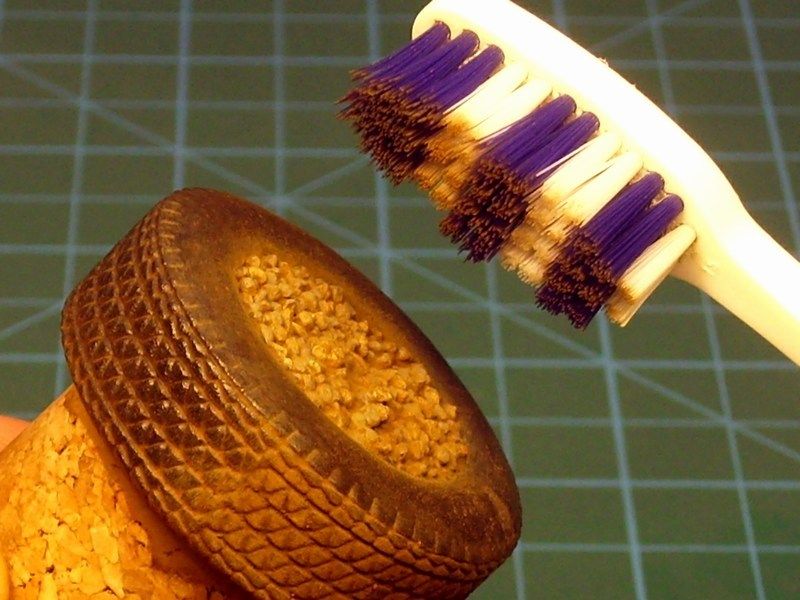
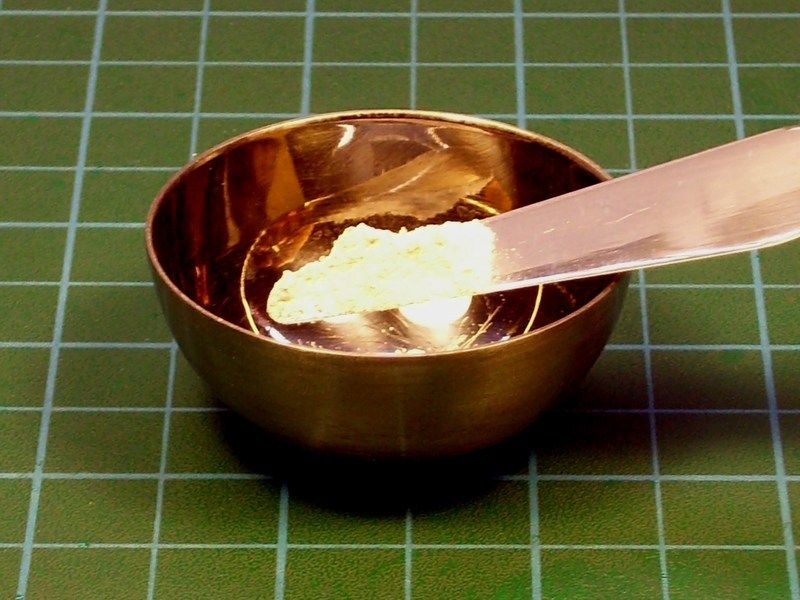
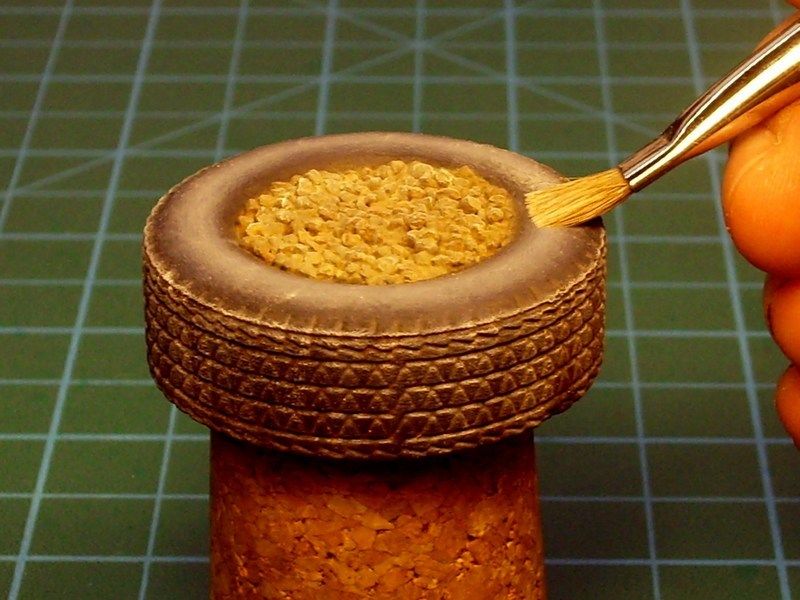 Afterwards, the surface was soaked with fixative by Winsor & Newton, to fix the previously applied pigments, moving in a motion outwards the center of the wheel. As a final touch, I tried some drybrushing on gravels, using light gray & sand acrylic paint. 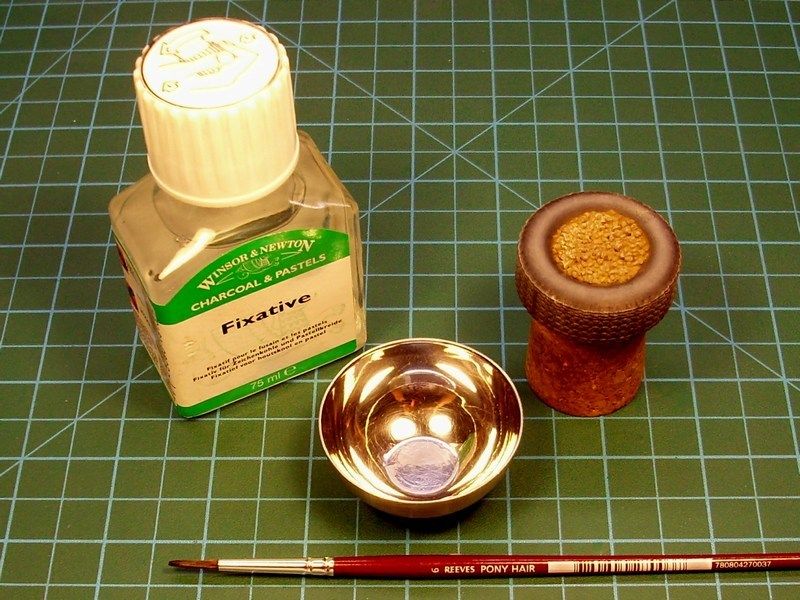
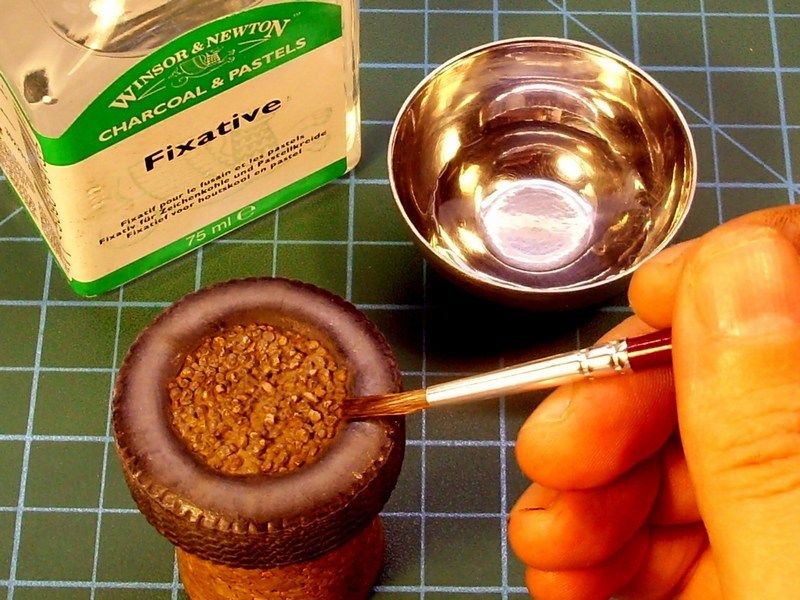
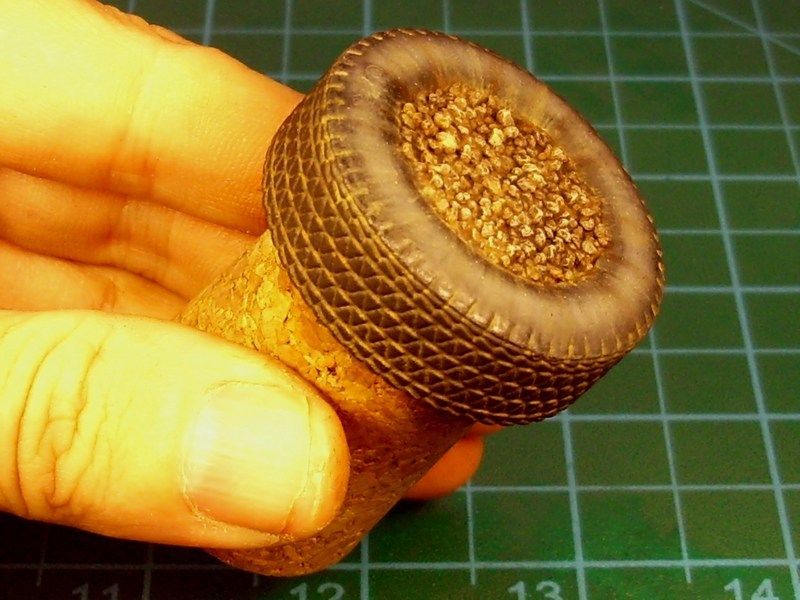 |
Mesajý Yazan: Nick_Karatzides
Mesaj Tarihi: 05/09/2013 Saat 09:56
|
Daily watering was successful and the green grass is now high & wild enough on the field display base. At last, I had to conclude the "alles zusammen" final step. To assemble all individual parts in one scene, without damaging the glider's construction, the paint, the weathering and the rust & dust effects. That’s why I had to constantly monitor and try some dryfit tests all time, to ensure that I will not face any nasty surprises later. The windsock & the PSP plates, would be the first to be placed on the green grass display base and secured in place with hidden metal pins encased in the polished beechwood base through balsa wood sheet & glued with CA super glue. A last moment’s addition, an also 3D printed Fahrrad NSU bicycle model, painted in light blue colour (ammo box removed) not to remind it’s German military origin, placed against the windsock wood pole. Some rust effects also applied on bike’s metal frame. 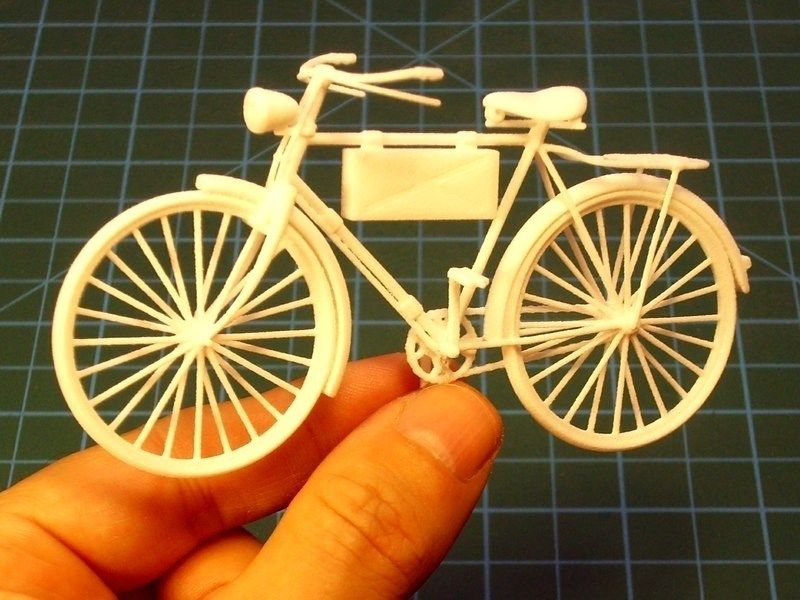
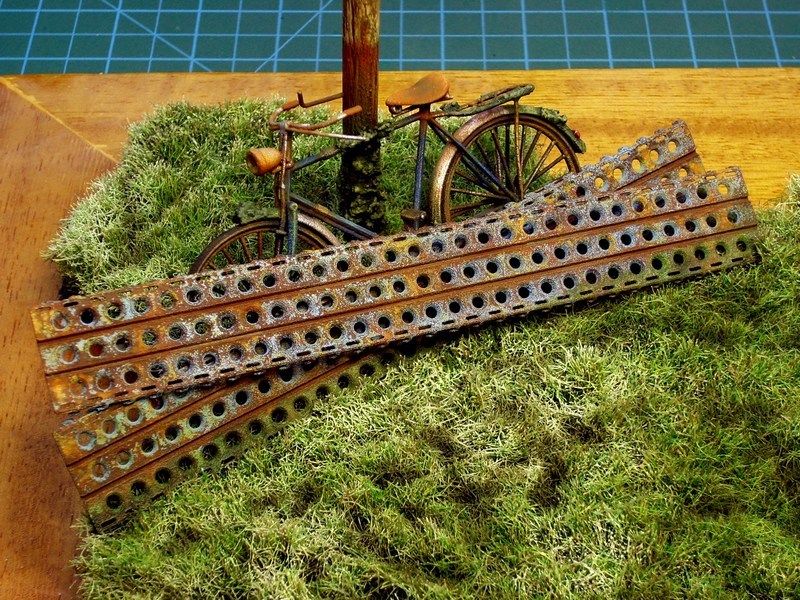 Later, the improvised anchor made by concrete filled tire and the IS-A Salamandra glider model, both secured in place with hidden metal pins and glued on the ground with transparent silicon. Final details were added, such as the seat belts & buckles in cockpit, the clear windscreen, some extra dust & rust weathering effects on tension wires, etc. As soon as the result was OK for me, the scene sprayed over with Humbrol enamel mat coat, to seal the work so far and left it overnight to dry. The next day, I did a final inspection on result and set it up to shoot some pictures. 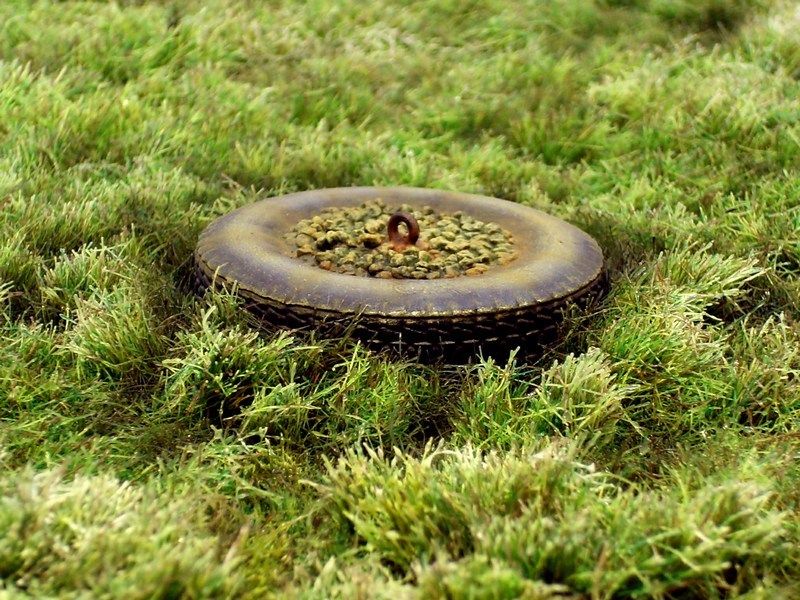 |
Mesajý Yazan: Nick_Karatzides
Mesaj Tarihi: 09/09/2013 Saat 12:50
|
Although I had other plans at the beginning of this WIP, I was not really sure about the ending and especially the display base for the model. I changed my mind during the building process and finally decide to present as found in a small green grass covered airfield, now used by general aviation pilots for their weekend excursions, where the Salamandra glider is now resting tilted sideways, with one wingtip touching the ground and the other on air. A kind of wordless symbolism for the old fella who tirelessly offered training services to thousands aviators, weary lying on the ground but still turning wing high in the sky, where it belongs. 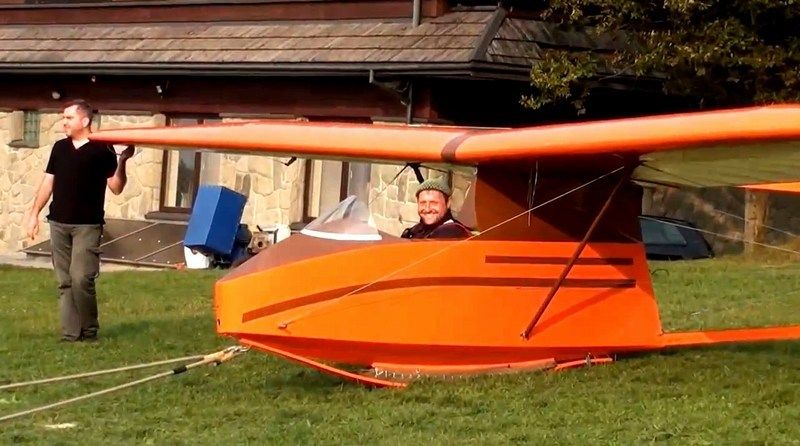 I ‘d like to share with you, a rare photograph. It takes us back to autumn of 1936, possibly in Lwow, Poland (now Lviv, Ukraine). The man with the hat (right), is Mr. Waclaw Czerwinski, one of the leading aircraft designers and head of the "WWS - Wojskowe Warsztaty Szybowcowe" (meaning “Military Gliding Workshops” in Polish language). The WWS-1 Salamandra glider (re-engineered as "Instytut Szybownictwa IS-A" after the WWII), was the first project which was created under his leadership during the mid 1930ies. The other man (left) is Mr. Tadeusz Chlipalski, the head engineer who established the plant for the gliders production in Bielsko Biala at south Poland.  It was a pleasant surprise to discover that an American guy named Scott J Grunewald found the model kit build interesting enough and dedicated an article on 3D printing related site. For more info, feel free to click http://3dprintingindustry.com/2014/11/04/3d-printing-scratch-build-modellers/ - HERE . I would like to express my special thanks to:
[*]Mr. George Papadimitriou, owner of http://hobbygallery.gr - Hobby Gallery hobby shop and exclusive distributor for LifeColor & AK Interactive products in Greece, for his kind support and providing all the goodies I asked for - from A to Z. [*]Mr. Nikolaos Kountouris, owner of http://www.modeldisplaycases.gr - MDC - Model Display Case store, who personally supervised the construction of the polished beechwood base after my request and made sure superior quality work. [*]Spartan king Agesilaus, from whom I borrowed the cue "today, the prowess died", later rephrased by me as "today, the scratch building died", which became the main motto during this WIP presentation. [*]My sweetheart “4-star General in home” wife, who actively participated in the project as an indispensable assistant, offering me relaxing neck massage while working on my bench. 
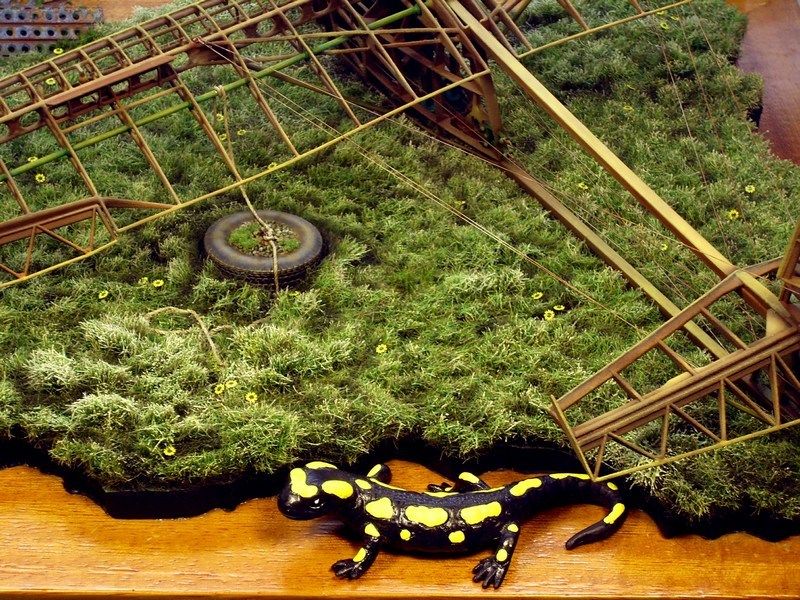
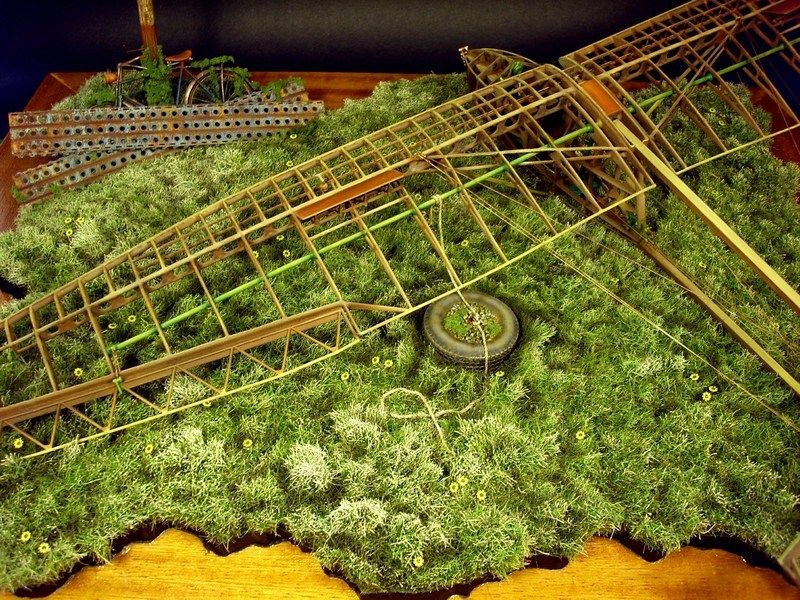
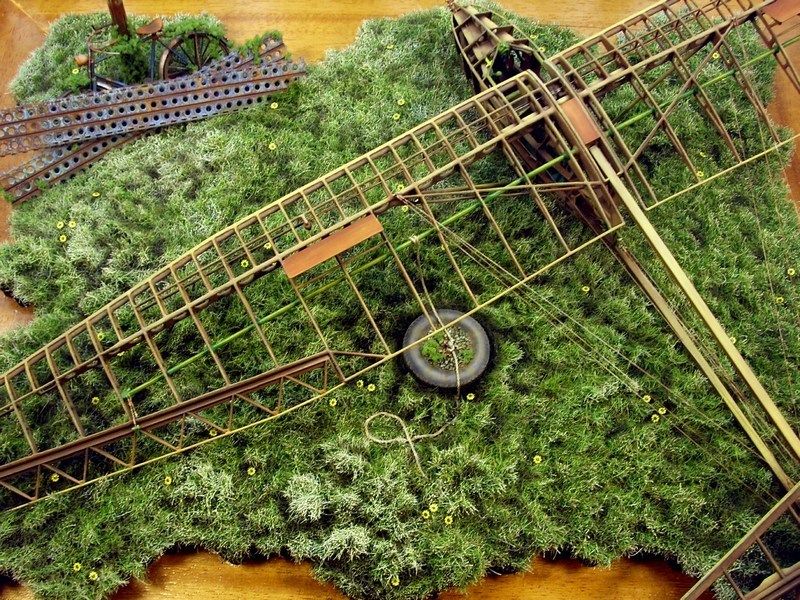
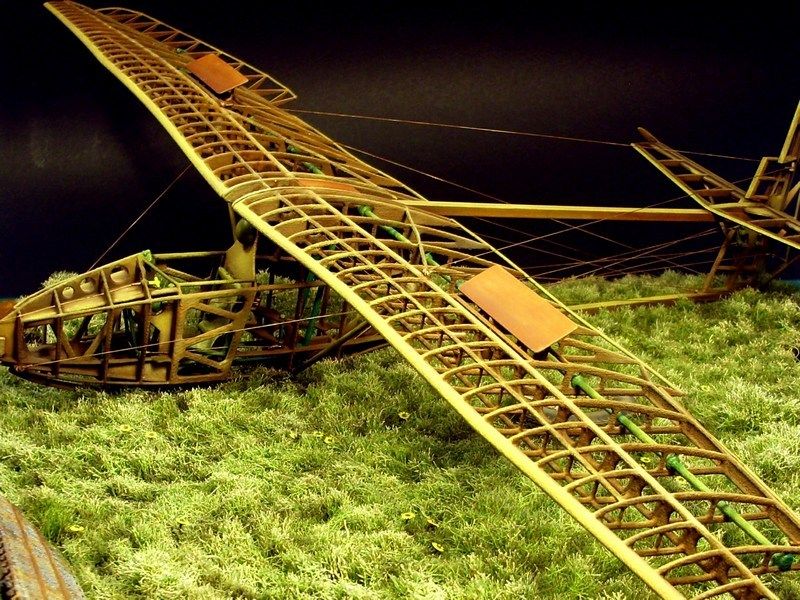
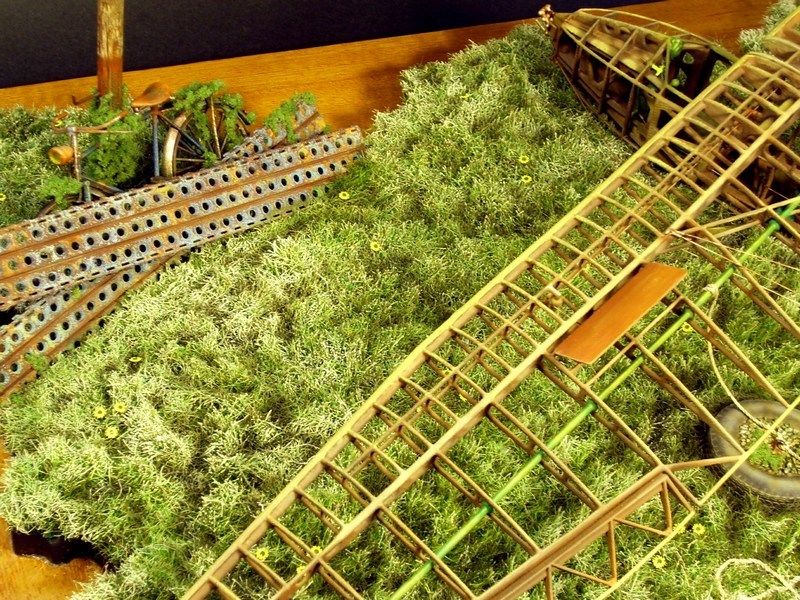
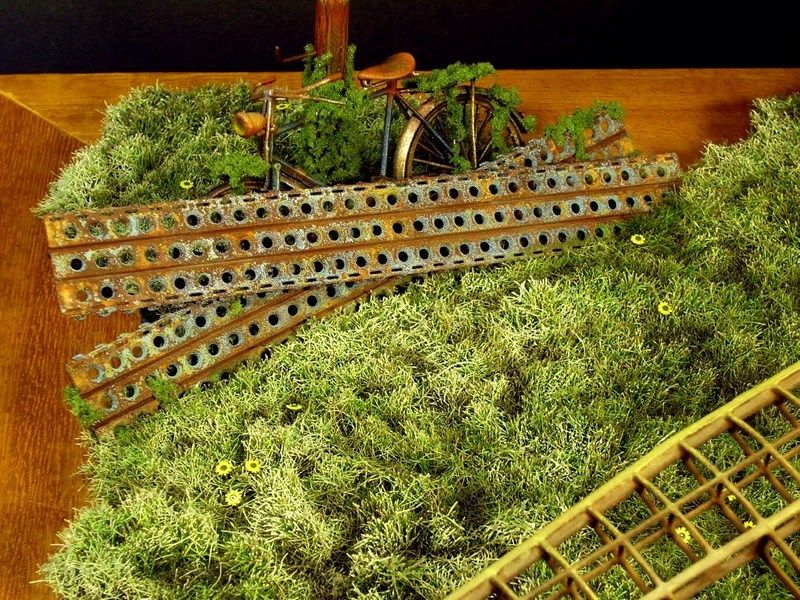
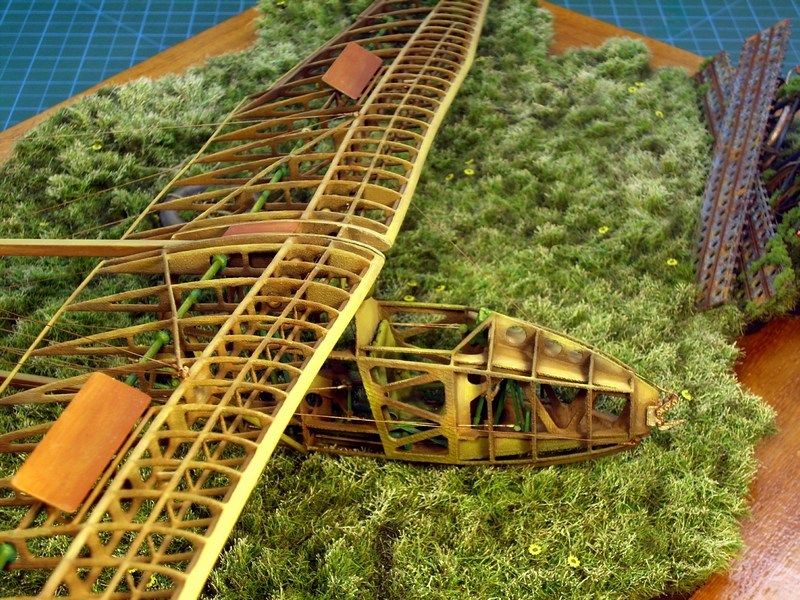
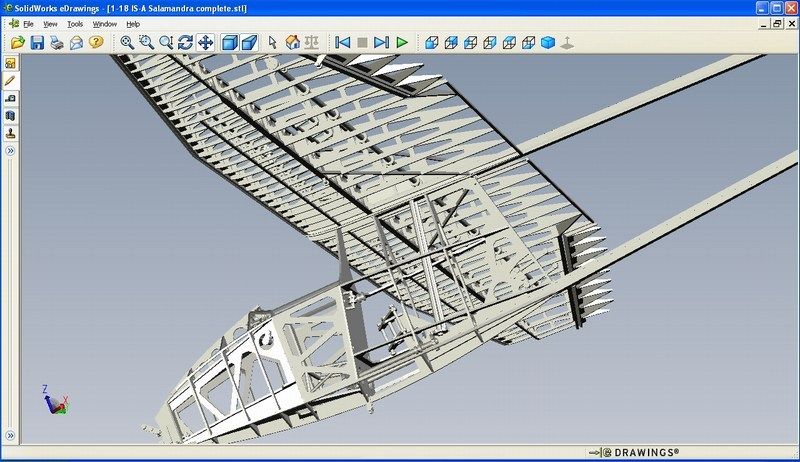
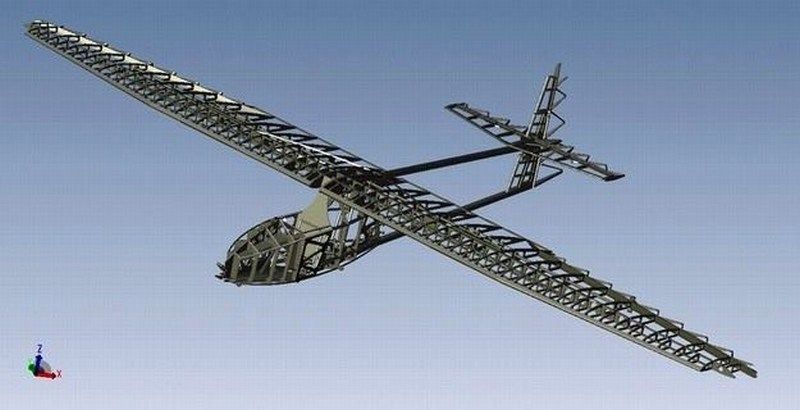 Finally, for those who are interested to check more info & pics, feel free to have a look on our http://www.shapeways.com/shops/anyuta3D - Anyuta 3D printed scale models products catalog. Wife as website operator & sales cordinator is always ready to answer customer questions regarding 3D printed scale model kit & diorama accessories products. Thank you all for following this thread and I hope you enjoyed reading this article. I’ll meet you soon, on my next WIP - possibly a 3D printed.one. Regards, Nick 
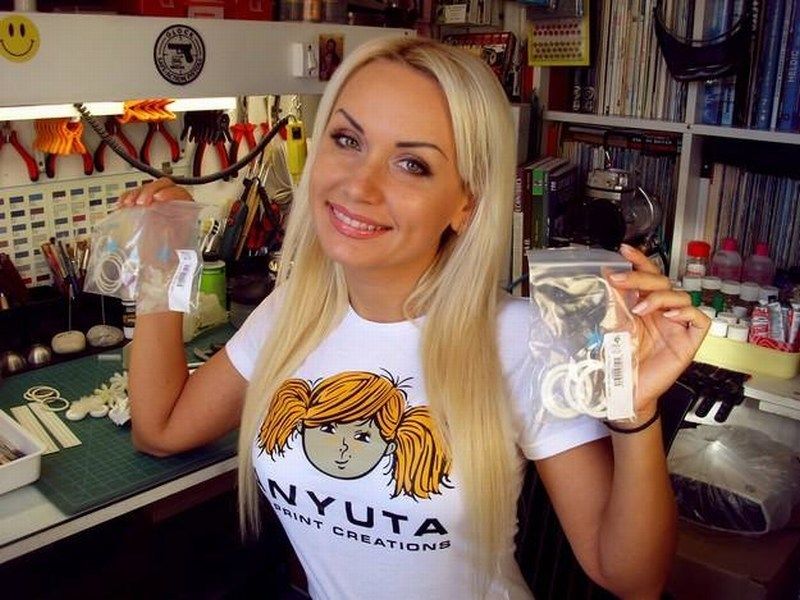 |